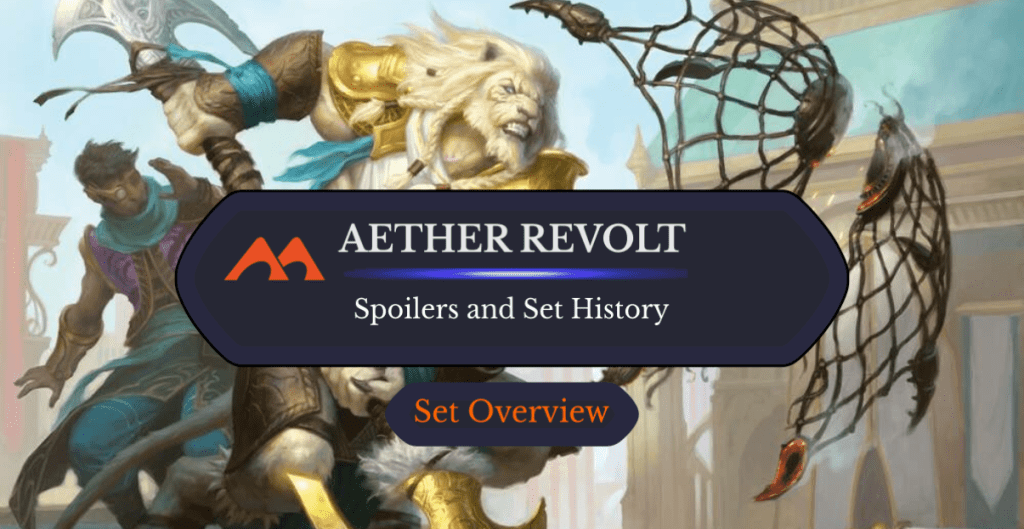
Heroic Intervention | Illustration by James Ryman
Kaladesh was a fairly innovative Magic set. We’d seen artifact sets before, but Kaladesh’s mechanics made it feel distinct. It was a golden world full of invention and energy, and finally solidified how vehicles fit into Magic’s framework. Aether Revolt was… less exciting.
Don’t get me wrong, Aether Revolt’s a fully functional set that expanded on almost everything introduced in the first one, but it felt like it was more interested in storytelling than designing MTG cards. It certainly felt like Kaladesh 1.5 rather than having its own distinct identity, though that’s just how secondary sets operated at that time.
Let’s sift through the filigree and see what all the rebellious fuss was about in Aether Revolt.
Aether Revolt Basic Information

Baral's Expertise | Illustration by Todd Lockwood
Set Details
| Set Symbol |  |
| Set Code | AER |
| Number of Cards | 184 |
| Rarities | 70 commons, 60 uncommons, 42 rares, 12 mythics, 24 Masterpieces |
| Mechanics | Vehicles, Energy, Revolt, Improvise |
Important Dates
| Event | Date |
|---|---|
| Paper Release Date | January 20, 2017 |
| Pre-Release Date | January 14-15, 2017 |
| Magic Arena Release Date | November 12, 2020 (As Kaladesh Remastered) |
| Game Day | February 12, 2017 |
| Available on Draftsim's Draft Simulator | Yes (Kaladesh Remastered) |
| Available on Arena Tutor | Yes (Kaladesh Remastered) |
About the Set: The Story
Aether Revolt (AER) was the follow-up to Kaladesh, released during a short-lived era of blocks that were comprised of a set-up set and a conflict-resolution set. Kaladesh set up Chandra Nalaar as the focus of the block, as we follow her in a quest for vengeance against Baral and the Consulate army that killed her father. Coincidentally, Baral, Chief of Compliance is employed by the planeswalker Dovin Baan to stop the rebels rising up on the plane, which includes the Gatewatch.
Tezzeret the Schemer served as a main adversary to the Gatewatch in Kaladesh, but he returns in Aether Revolt as a commander of the Consulate, instructing them to seize all inventions from the artificers of Kaladesh. During the events of the story, Tezzeret plans to acquire a device known as the Planar Bridge, which can transport matter across the Blind Eternities. This is all set-up to reveal that Tezzeret has been working for Nicol Bolas, kicking off the Bolas Arc that would span the next few blocks.
Kaladesh and Aether Revolt were combined into a single digital-only release for Magic Arena. Kaladesh Remastered captured the best of both sets into a single draftable experience for Arena, leaving most of the draft chaff from the original sets on the sidelines. Most, I say, because Lathnu Sailback and Commence the Festivities made the cut somehow.
There were notable omissions for power level-reasons. Cards like Smuggler's Copter, Walking Ballista, and Felidar Sovereign were excluded from the remaster, which means they weren’t added to the MTG Arena client at all. Smuggler’s Copter was included in the Murders at Karlov Manor List sometime later. Notably, Renegade Freighter was also left out of the set, a smart move given how punishing that card was for a common card in its original set.
Aether Revolt also included masterpieces, extremely rare cards that could be opened in booster packs. Technically the “Kaladesh Inventions” were their own separate collection of cards with a unique set symbol and set code, but they could only be opened in Kaladesh and Aether Revolt booster packs. Kaladesh included 30 masterpieces, while Aether Revolt included 24, and the odds of opening one was roughly 1-in-144 booster packs.
Aether Revolt Mechanics
Most of the mechanics and themes from Kaladesh returned in the sequel, with the noticeable absence of fabricate, a fan-favorite from the original set. Aether Revolt was trying to tell a story of rebellion and aggression, so the new mechanics focused on artificers weaponizing their creations instead of the focus on invention in the first set. Hence, no fabricate.
Vehicles
Kaladesh introduced vehicles into the world of Magic, so you can thank that set for Dodgy Jalopy. Aether Revolt further filled the garage with eight vehicles of its own. Heart of Kiran was the big one here, deemed the second coming of Smuggler's Copter by some players. Also notable was Aethersphere Harvester, one of the best cards in the Limited format, as well as Consulate Dreadnought, a 1-drop vehicle with stats that could inspire even the most jaded Johnny’s out there.
Energy Counters
Energy returned in Aether Revolt, spread out across 23 cards in all colors. As with Kaladesh, cards that used energy also generated energy somehow, though there were cards that could make energy but not use it.
Most of the problematic energy cards that tarnished its reputation were printed in Kaladesh, though Rogue Refiner caught a Standard ban to tone down the deck’s dominance. Glint-Sleeve Siphoner saw extensive play as well, and Aethersphere Harvester was a popular sideboard option against red decks.
Revolt
Revolt was a new mechanic that gave cards additional functionality if a permanent you control left the battlefield that turn. It functioned similarly to morbid, but counted any type of permanent leaving, and applied whether a card died, returned to your hand, got shuffled away, etc.
Revolt appeared on 17 cards across the Abzan () spectrum and hasn’t been used since. Fatal Push is easily the most notable revolt card, though Renegade Rallier pops up from time to time.
Improvise
Improvise was also new with Aether Revolt, signifying the artificers taking up arms against the consulate soldiers and making improvised weapons out of their inventions. The mechanic is essentially convoke with artifacts, allowing you to tap artifacts to help pay for the cost of improvise spells.
15 cards in the Jeskai () spectrum had improvise, alongside Inspiring Statuary, which could grant the ability to other spells. Improvise has since been used multiple times, most notably on Kappa Cannoneer.
Aether Revolt Card Gallery
White
Blue
Black
Red
Green
Multicolored
Colorless
Land
Planeswalker Deck Exclusives
Masterpieces: Kaladesh Inventions
Notable Cards
Fatal Push
Believe it or not, this little uncommon revolutionized Magic. Fatal Push was printed during an era when removal was quite weak, at least by modern standards, so it was shocking to see a 1-mana piece of interaction that could rival all-time greats like Lightning Bolt and Swords to Plowshares and become one of the best instants in the game. I’m not sure when the decline of Tarmogoyf really began, but I suspect it was right around the time Aether Revolt released, largely in part due to the existence of Fatal Push.
It’s also worth mentioning that Pushes ran up to nearly $30 a piece at one point, making this uncommon one of the chase cards in the set.
Mono-Colored Legends
Each color featured a named, story-related legendary creature, most of which still see extensive Commander play today. Kari Zev, Skyship Raider is the least popular of the bunch, though that card gets special praise for being one of the first pirate creatures printed in Magic (excluding errata). The legendary cycle includes:
- Sram, Senior Edificer
- Baral, Chief of Compliance
- Yahenni, Undying Partisan
- Kari Zev, Skyship Raider
- Rishkar, Peema Renegade
The Expertise Cycle
Each of the mono-colored legends was featured in the “Expertise” cycle. These were all sorceries with an on-color effect, but also allowed the player to cast a cheaper spell from their hand for free. The mana value of the spell you could cast was always 1 mana less than the cost of the Expertise. Rishkar's Expertise is easily the most played of this cycle in Commander. These included:
Felidar Guardian
Felidar Guardian’s a pretty unassuming blink creature, but R&D made the small mistake of making it an immediate blink effect instead of returning the exiled permanent at the end of turn. That paved way for the infamous “Saheeli Cat” combo involving Saheeli Rai. Rather than ban the cool new planeswalker, Felidar Guardian got the axe in Standard, but it went on to make a splash in Modern before dropping off completely.
Mechanized Production
It always feels necessary to shout out alternate wincons. Mechanized Production is pretty ambitious, since it makes you wait up to eight turns for the big payoff, but you can side-step the suggested line of play and just slap this on an artifact you already control eight or more of. It’s only become more reliable over time as trinket artifacts like Treasure and Clues from investigate have become more popular.
Indomitable Creativity
Indomitable Creativity took quite some time to catch on, going from a complete dud to a Pro Tour winning card with a deck named after it many years later. Modern decks use Creativity alongside token makers like Dwarven Mine and Khalni Garden to cheat Archon of Cruelty and Atraxa, Grand Unifier into play.
Heroic Intervention
The number one best green instants to protect your board in Commander is Heroic Intervention. It matches up poorly against Cyclonic Rift and Farewell, but it protects your entire board from pretty much everything else. It’s one of the top 10 most played green cards in Commander, behind Beast Within and a bunch of ramp spells.
Paradox Engine
Paradox Engine went down in history as not just one of the most broken Commander cards of all time, but also one of the most annoying. Landing a Paradox Engine with just about any amount of mana left over was usually good enough for a win, but due to the non-decisive nature of the card, it would require a horrendous amount of time to actually find a path to victory. It’s unclear what the goal of this card was supposed to be, but it’s obvious that it only takes a few mana dorks and mana rocks to make it pop. It finally earned its place on the Commander ban list in 2019.
Walking Ballista
Kaladesh had its broken artifacts like Smuggler's Copter and Aetherworks Marvel, and Aether Revolt had Walking Ballista. Ballista never saw the banhammer in Standard though, despite being an ever-present card during its time. It’s now mostly used as part of several Heliod, Sun-Crowned combo decks, but it’s also just a generically easy way to turn infinite mana into a win.
Available Products
Booster Packs
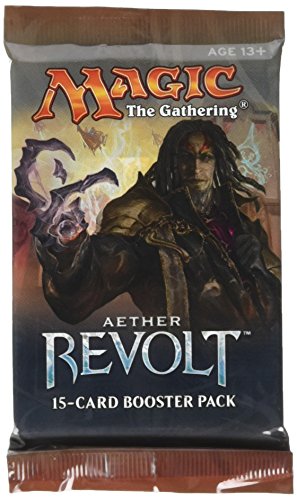
Aether Revolt was sold in 15-card booster packs, a few years before packs were segmented into different types. This is a standard Draft booster with one rare and three uncommons, with the rest being commons and a token/advertisement card.
- In the follow-up to Kaladesh, "It's Time to Take the Power Back" with Aether Revolt.
Booster Boxes
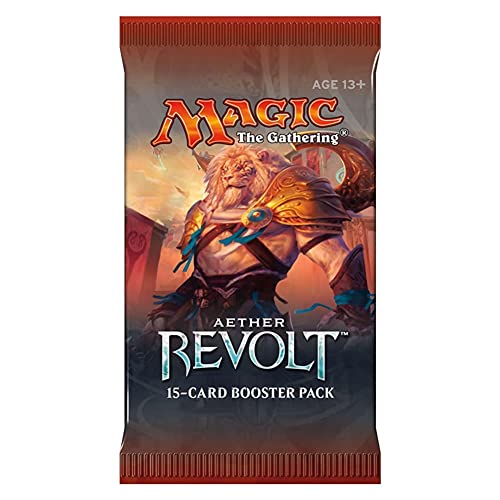
Aether Revolt booster boxes contain 36 individual packs. Note that there’s roughly one Masterpiece per booster case, which contains six boxes. In other words, you’re not guaranteed a Masterpiece even if you’re opening an entire box.
- This item will be ship on January 20, 2017
- The booster box will contain 36 sealed Aether revolt booster packs
Bundles
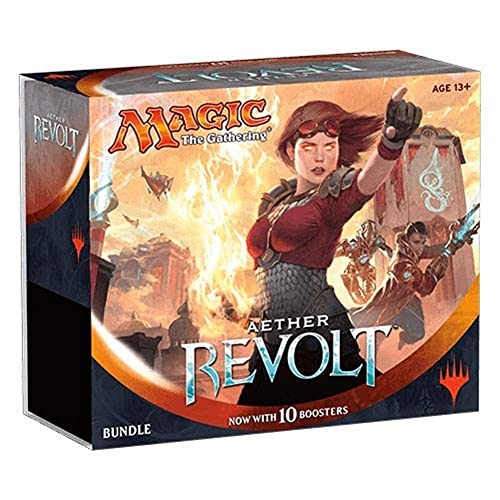
Aether Revolt bundles contain 10 booster packs, 80 basic lands, and a set-themed spindown die.
- Release Date: 20.01.2017
- newest Magic: The Gathering expansion
- Wizards of the Coast
Planeswalker Decks
Planeswalker decks were the intro decks of choice for this era. Each one contained four mechanically unique cards, including one planeswalker the deck was themed around. Aether Revolts had two decks, named after their corresponding planeswalker:
- Tezzeret, Master of Metal: a () artifact-themed deck.
- Ajani, Valiant Protector: a () +1/+1 counter deck.
Wrap Up
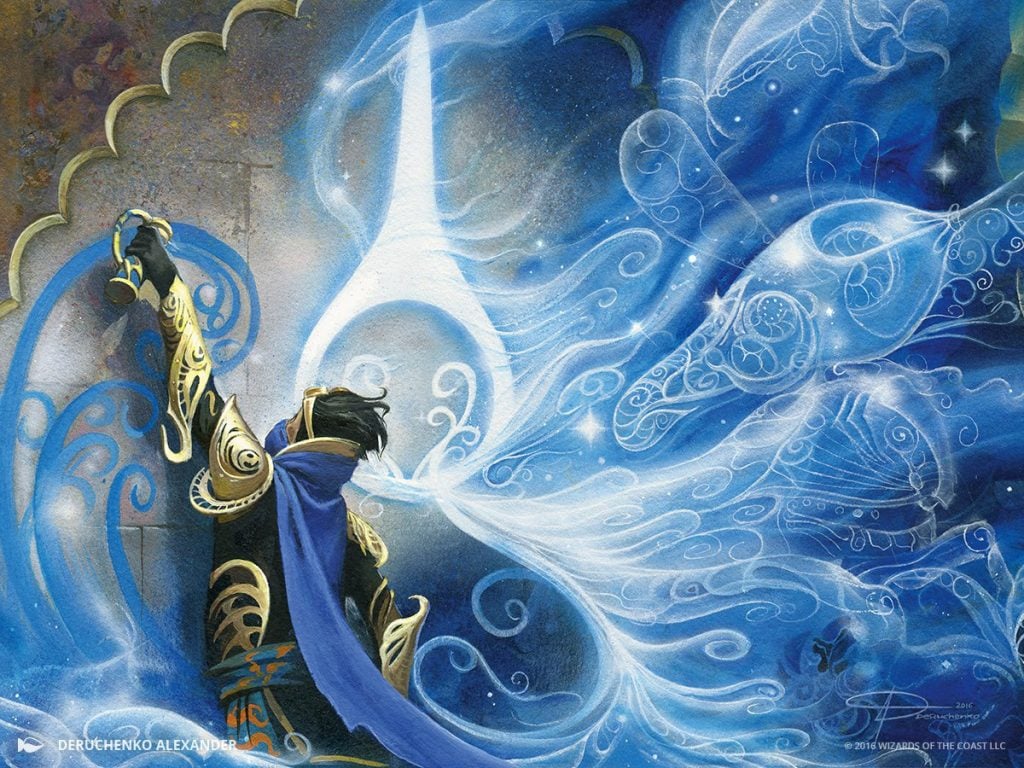
Indomitable Creativity | Illustration by Deruchenko Alexander
The revolt’s over, you can lay down your scrappy weapons. Like most “second sets” of this era, Aether Revolt doesn’t stand out on its own very much. It works as an extension of the main Kaladesh set, but the new mechanics it introduced didn’t do much to give AER that distinct of an identity. It was a very lore-driven set and helped establish the long-running Bolas Arc, but when people think back to this set, they rarely think about AER in isolation.
That’s the curse of second sets, and part of the reason Magic shifted to individual set releases instead of blocks that stretch over multiple sets. It’s just cleaner that way, and makes each set feel distinct. Aether Revolt’s decent, it’s just not unique.
Where are you at on Aether Revolt, or the Kaladesh block in general? Were you fond of Arena’s Kaladesh Remastered set? If we were to return in the near future, what would you expect to see? Let me know in the comments below or over in the Draftsim Discord.
Thank you for making Draftsim your #1 stop for all things Magic!
Note: this post contains affiliate links. If you use these links to make a purchase, you’ll help Draftsim continue to provide awesome free articles and apps.
Follow Draftsim for awesome articles and set updates:


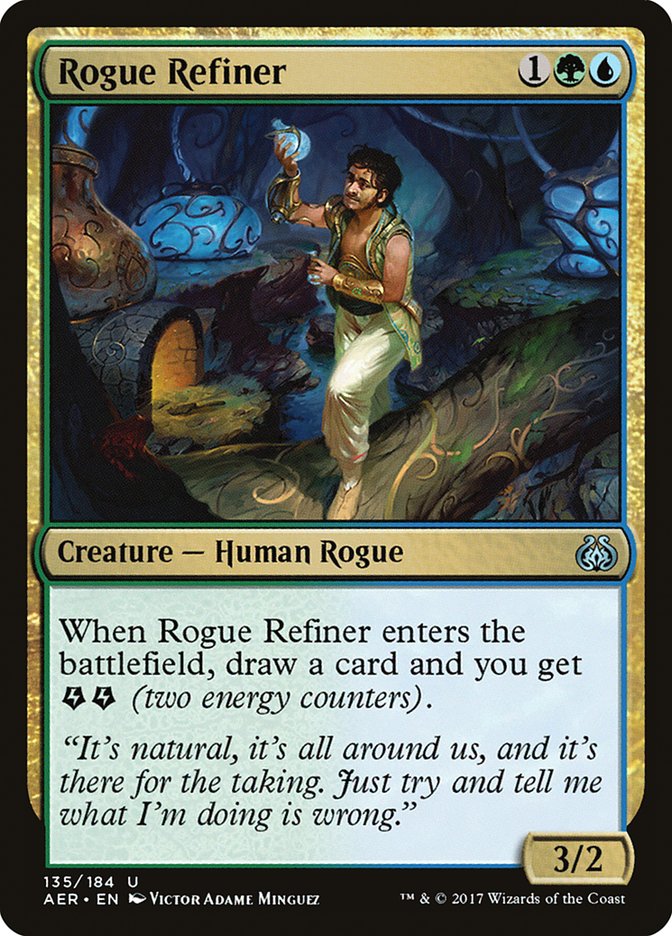
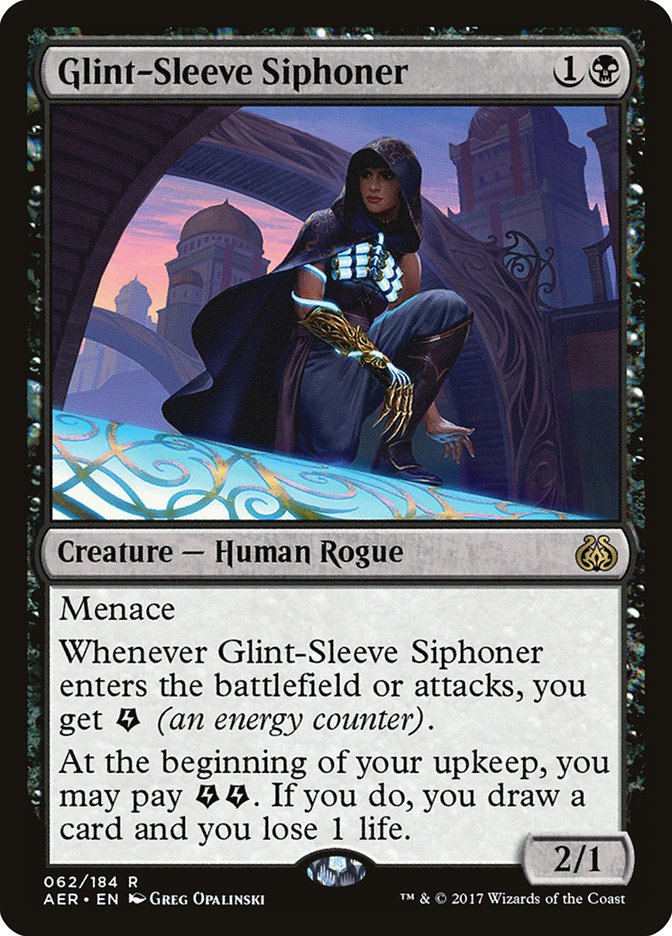

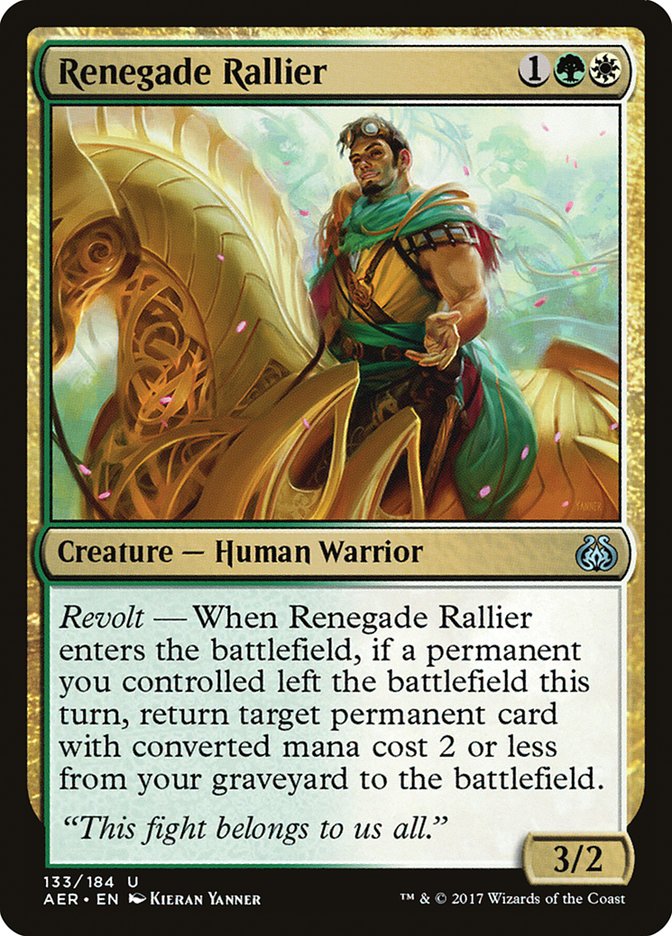
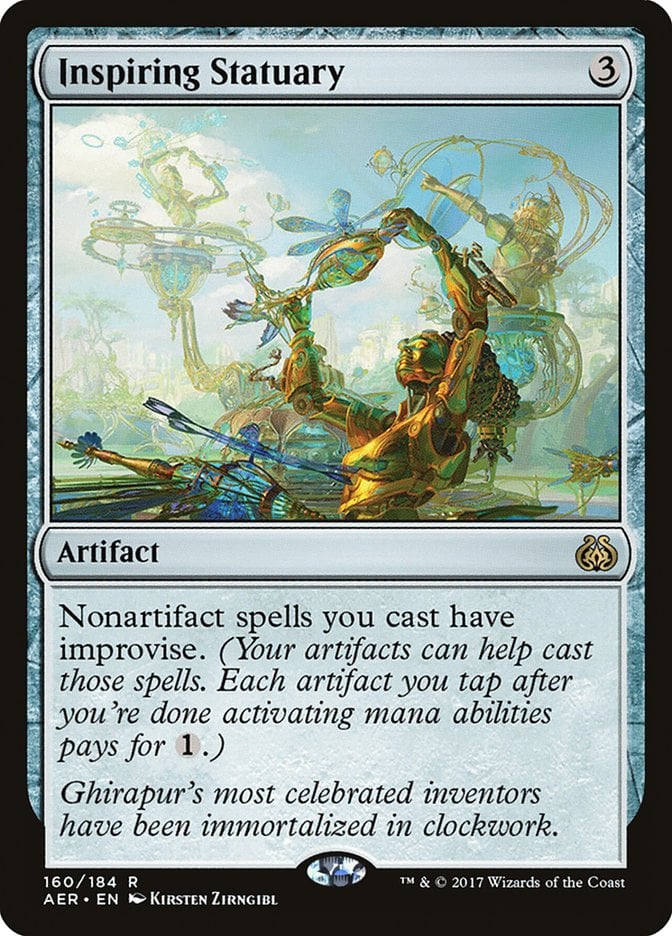
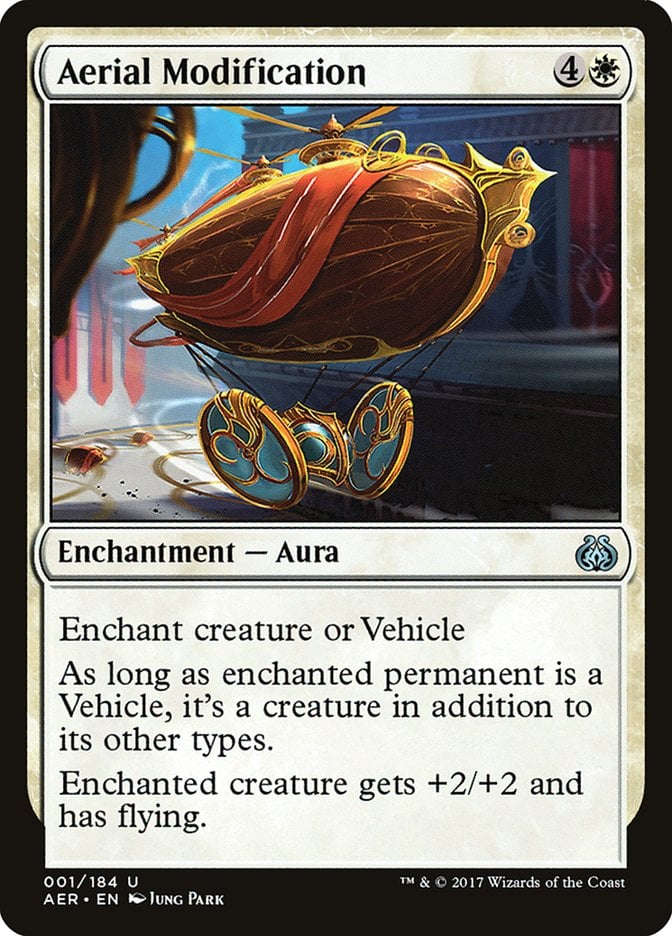
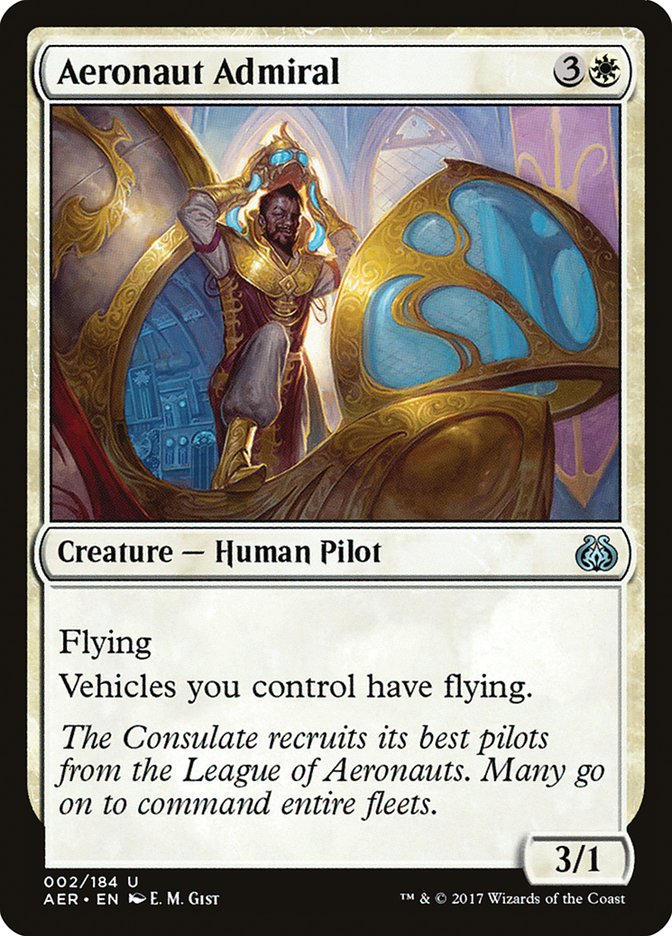


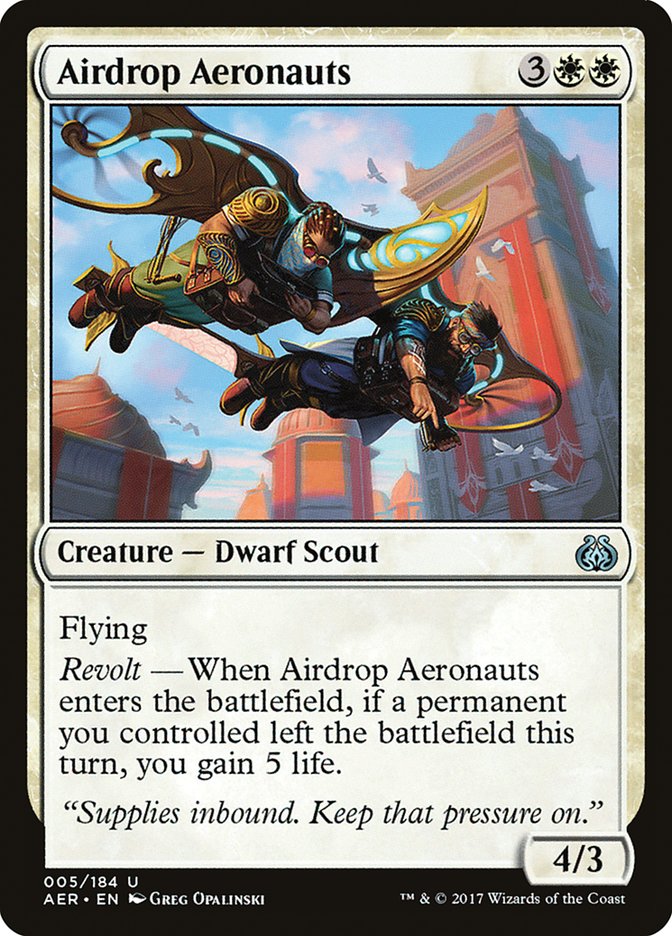


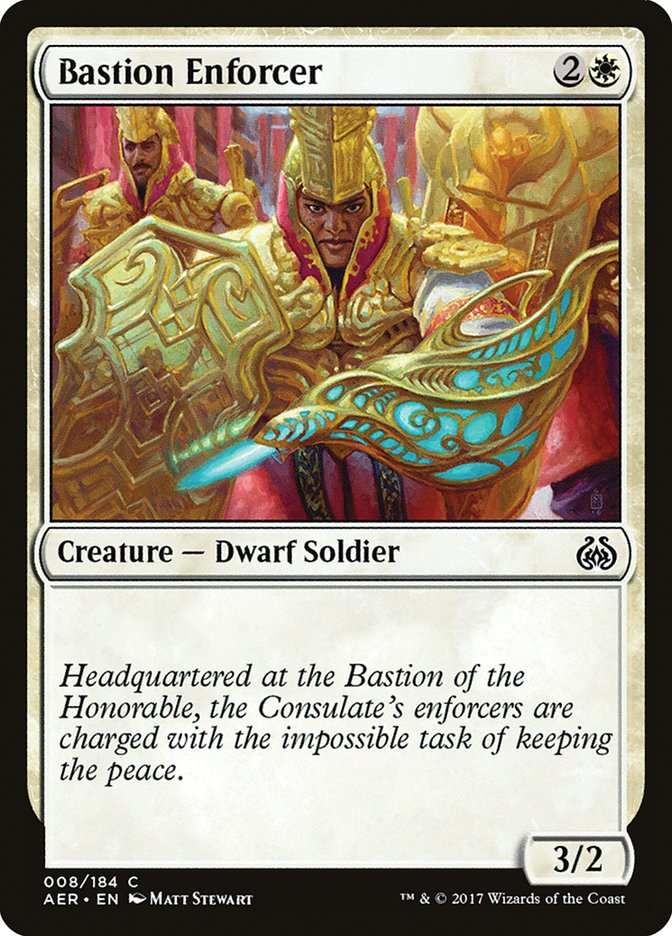
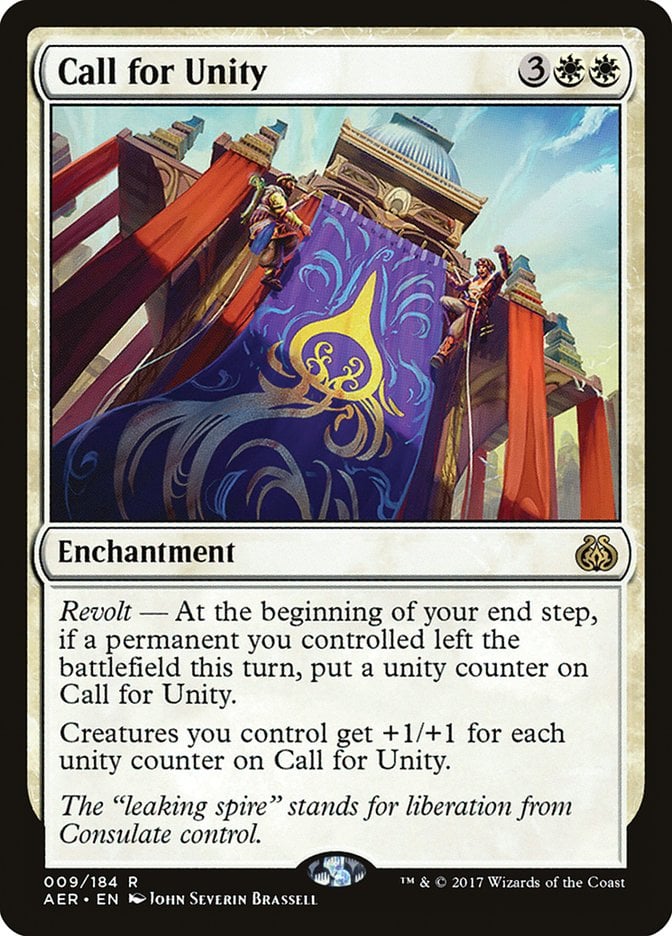
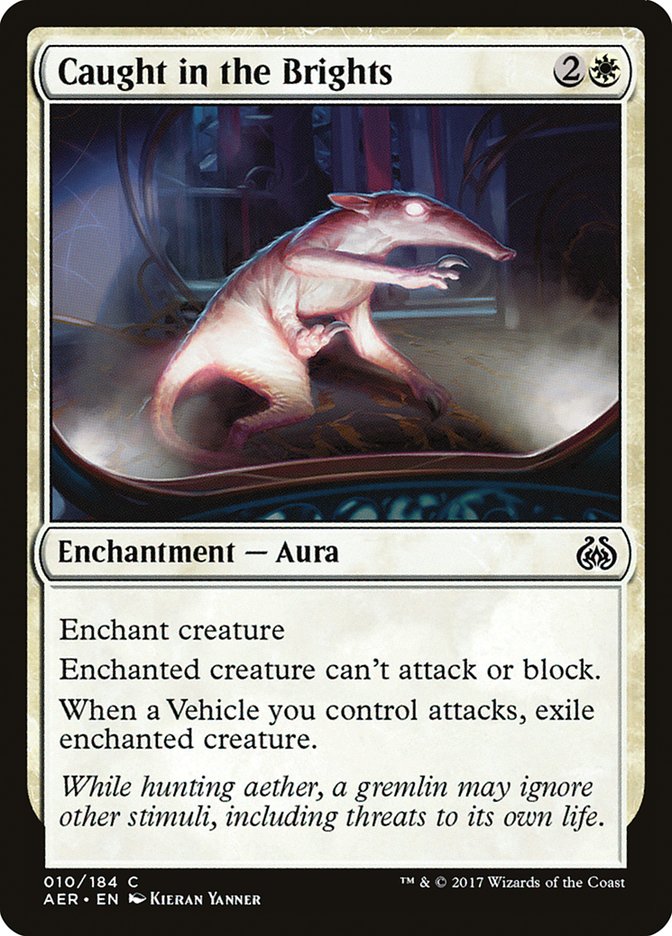
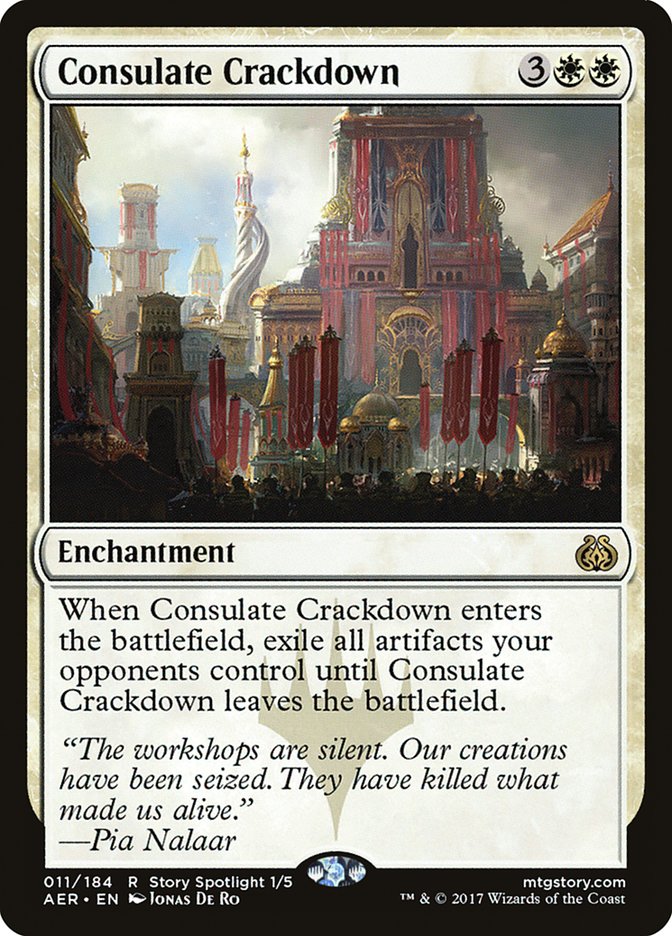
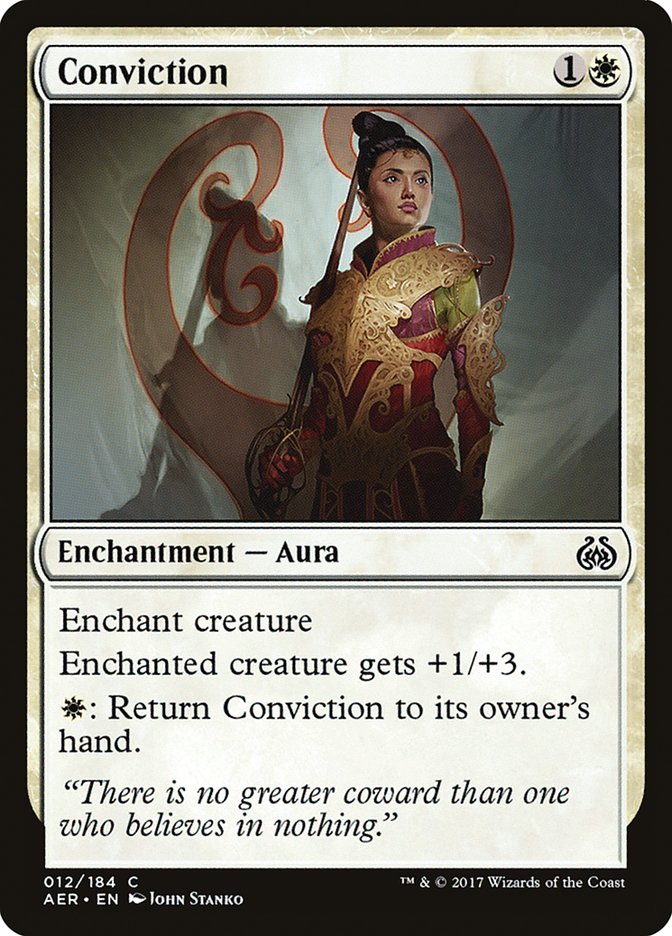




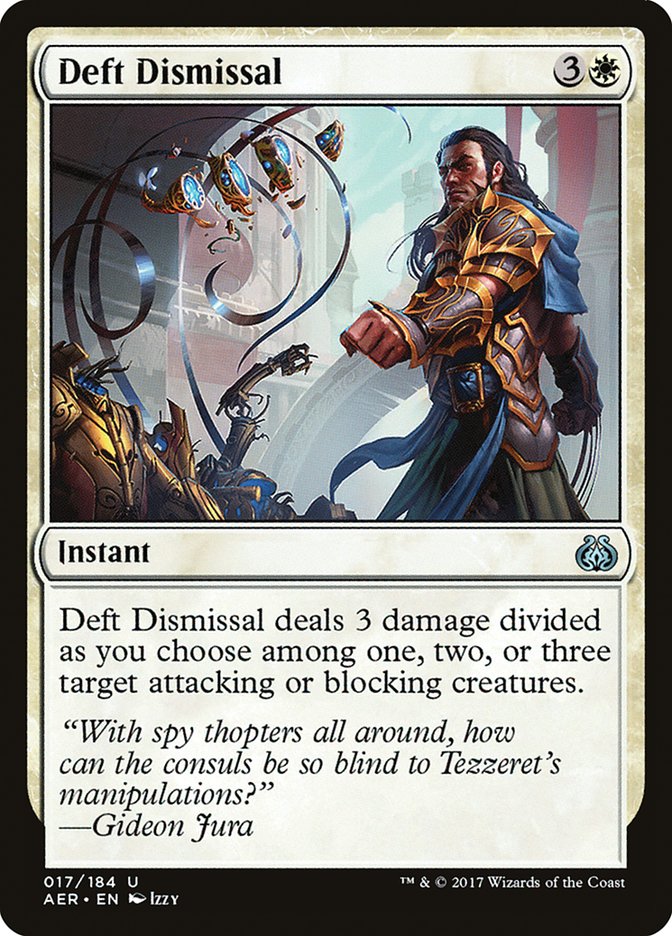
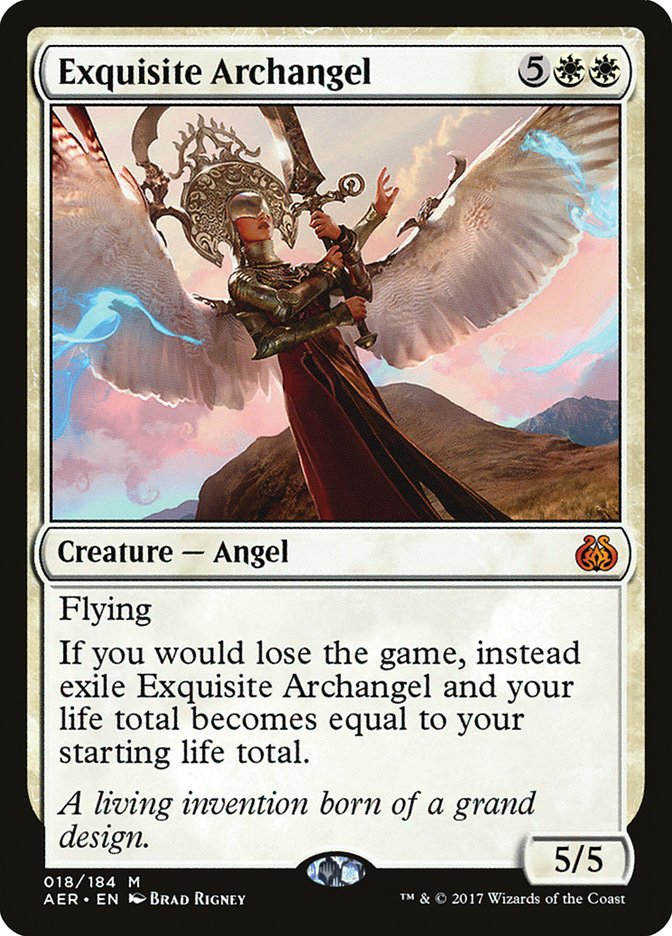

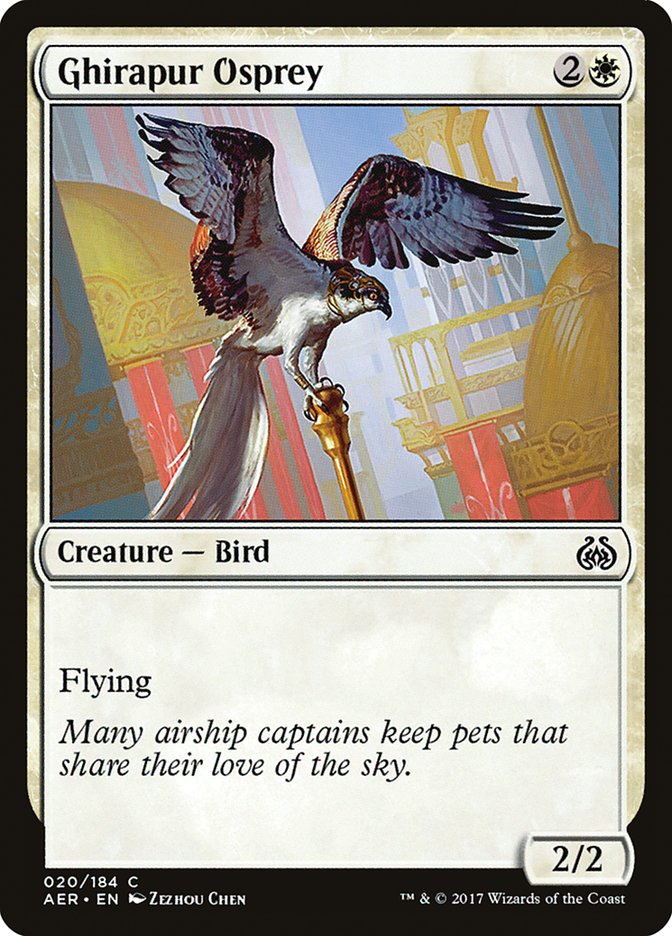
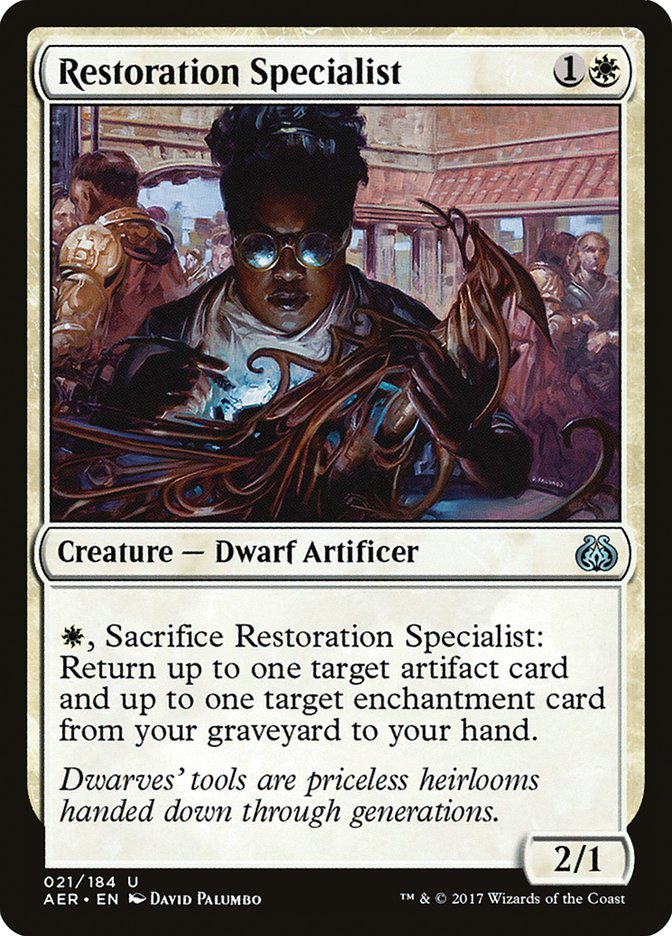



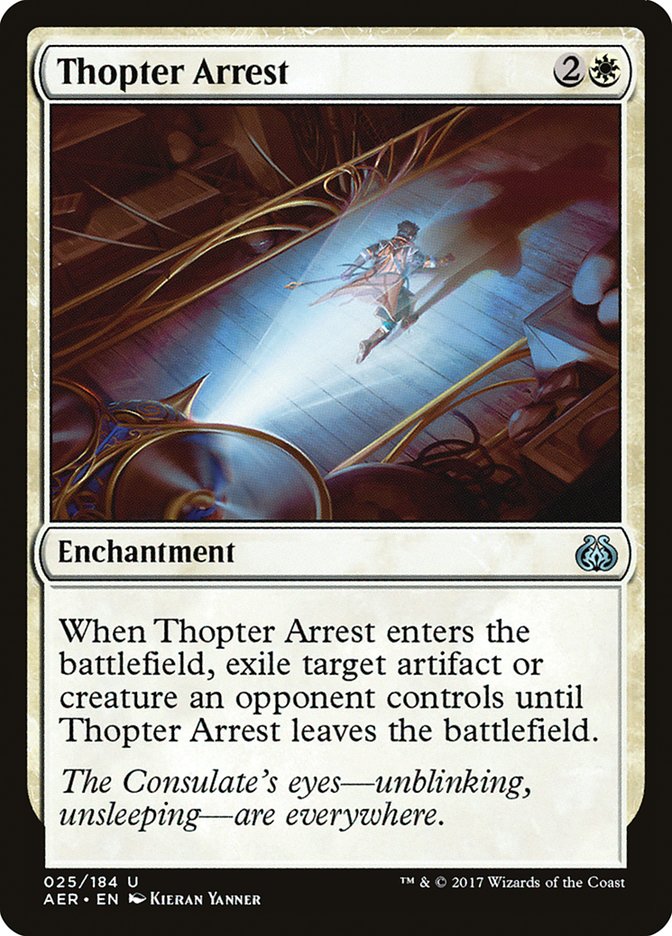

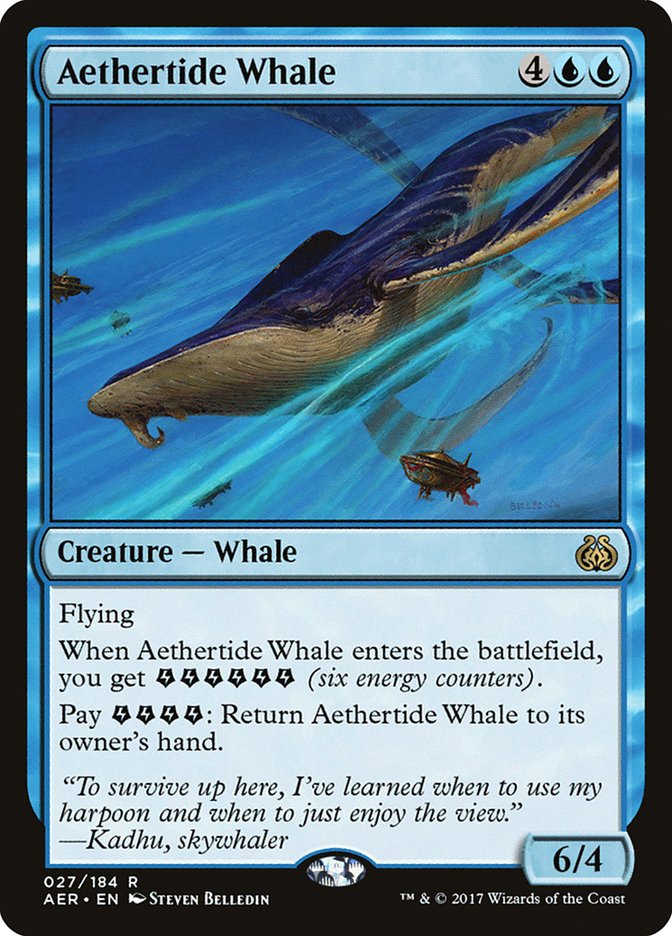



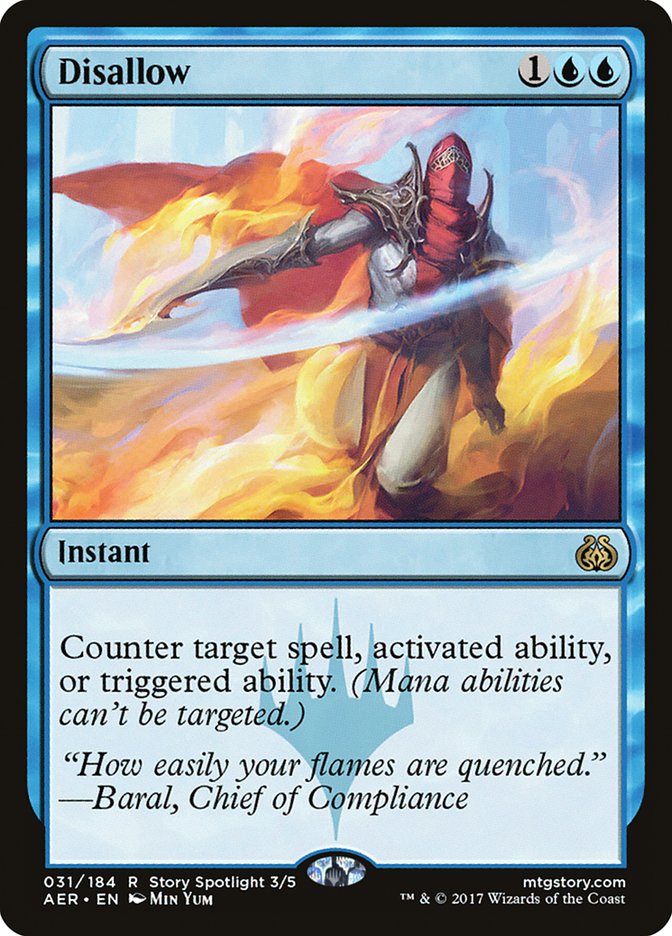
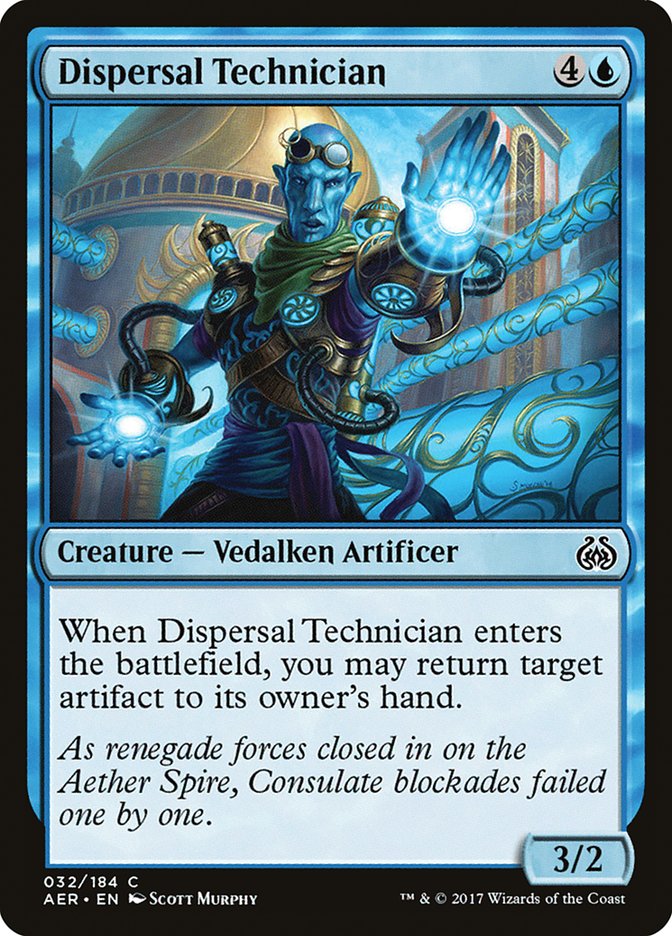
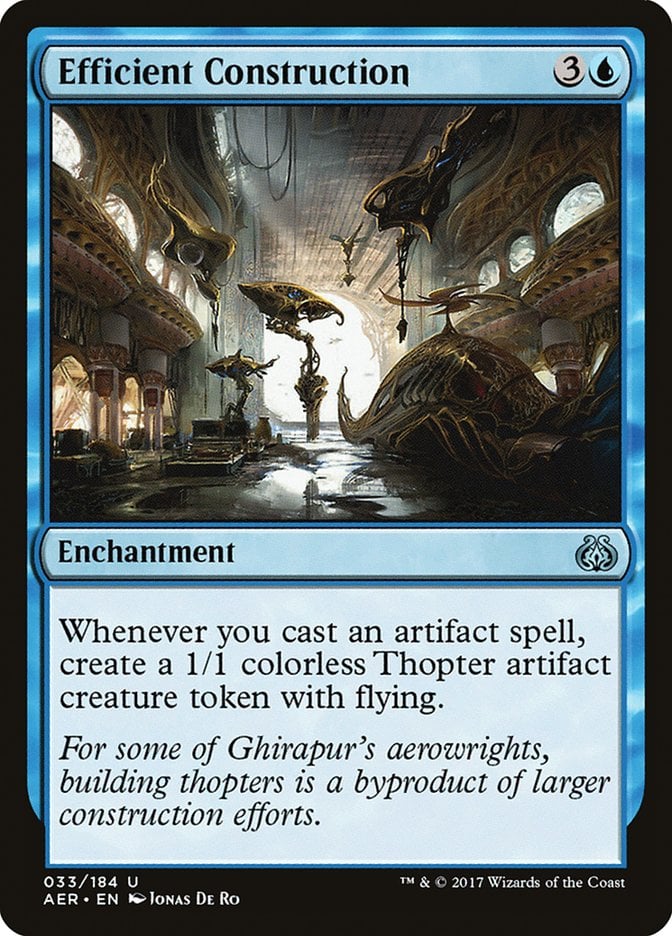

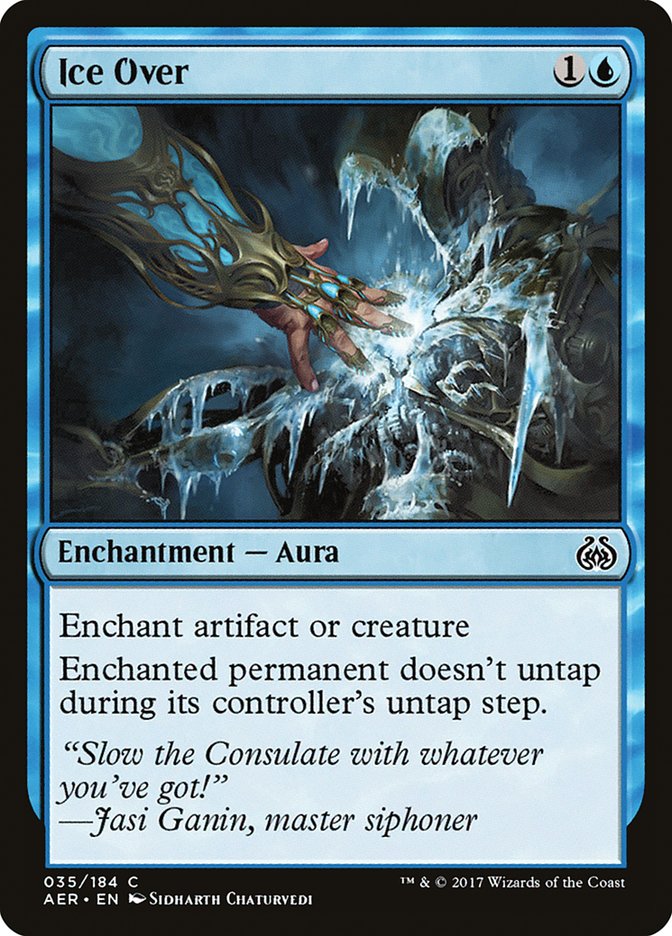
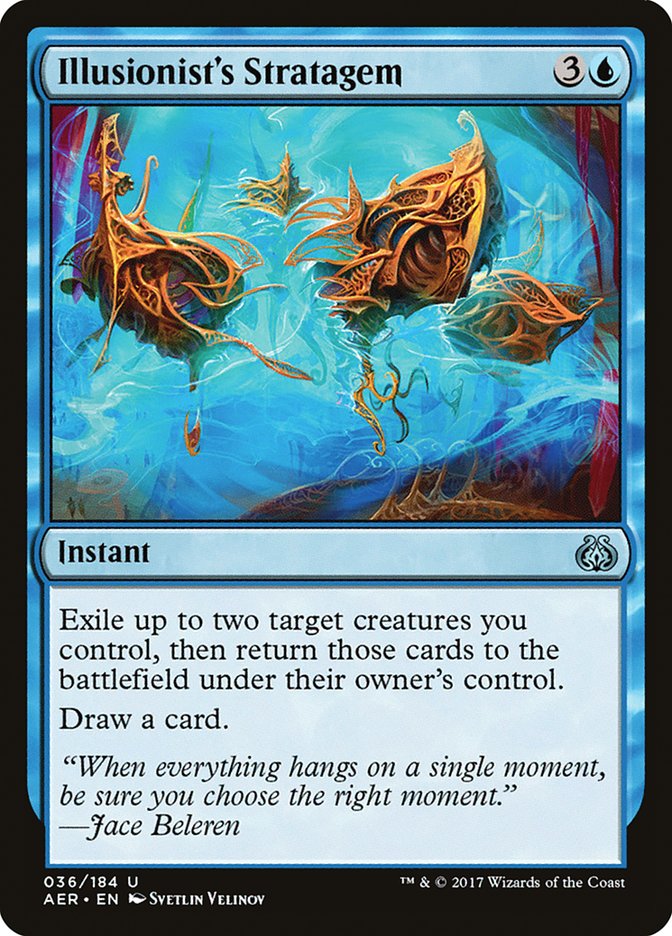
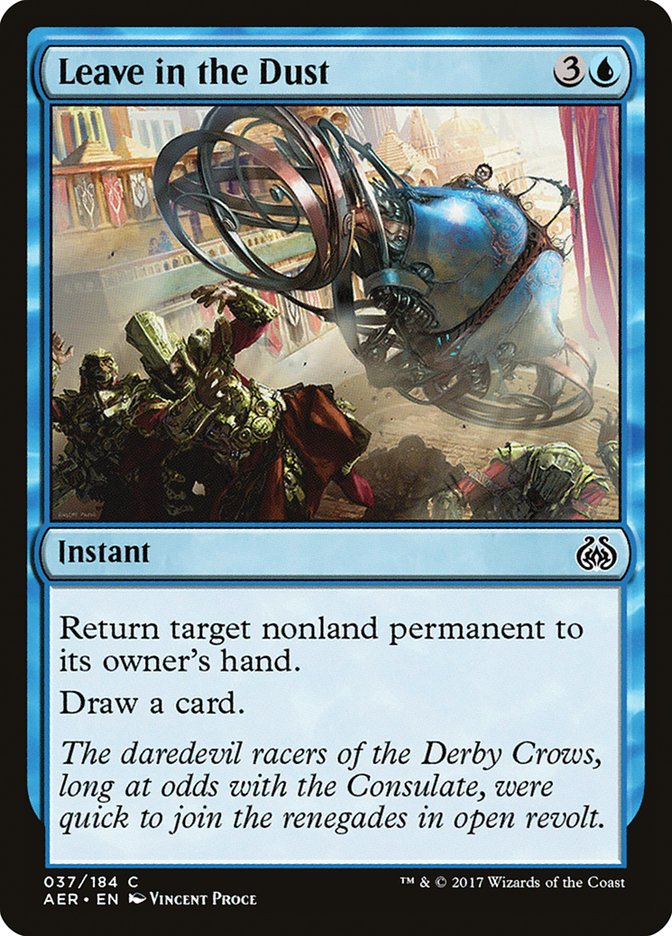
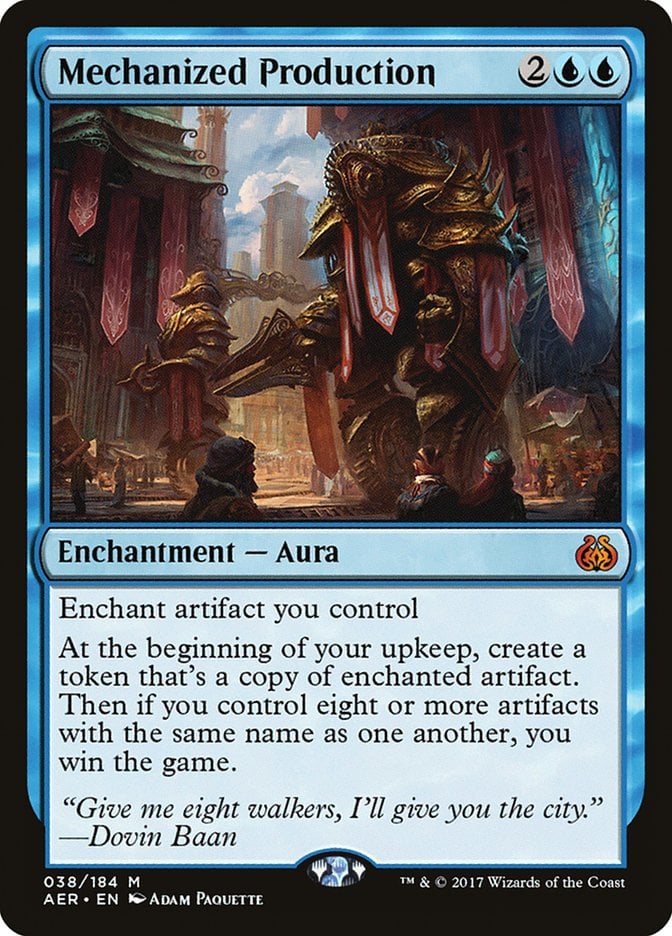



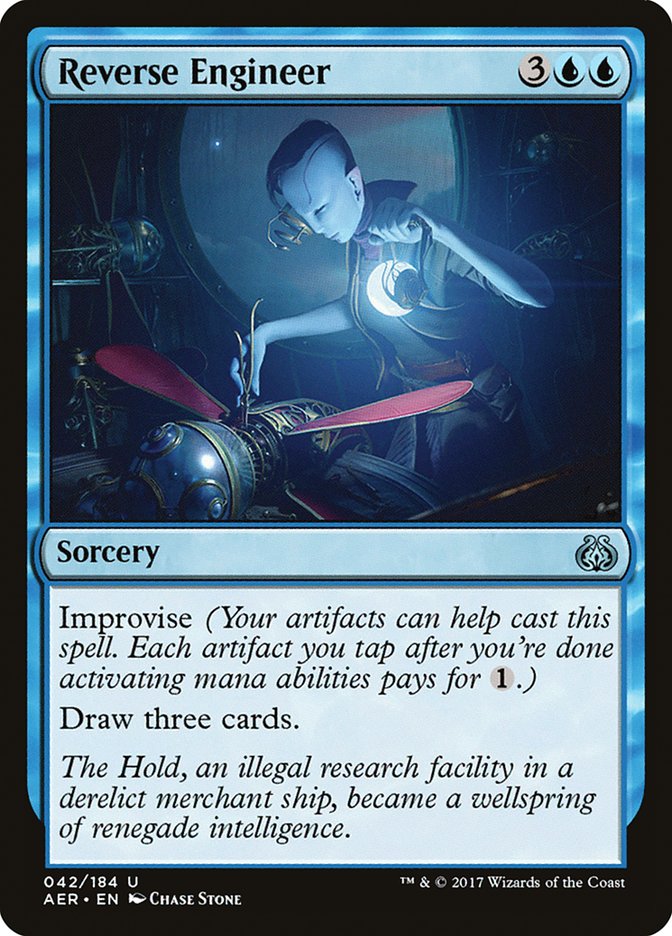
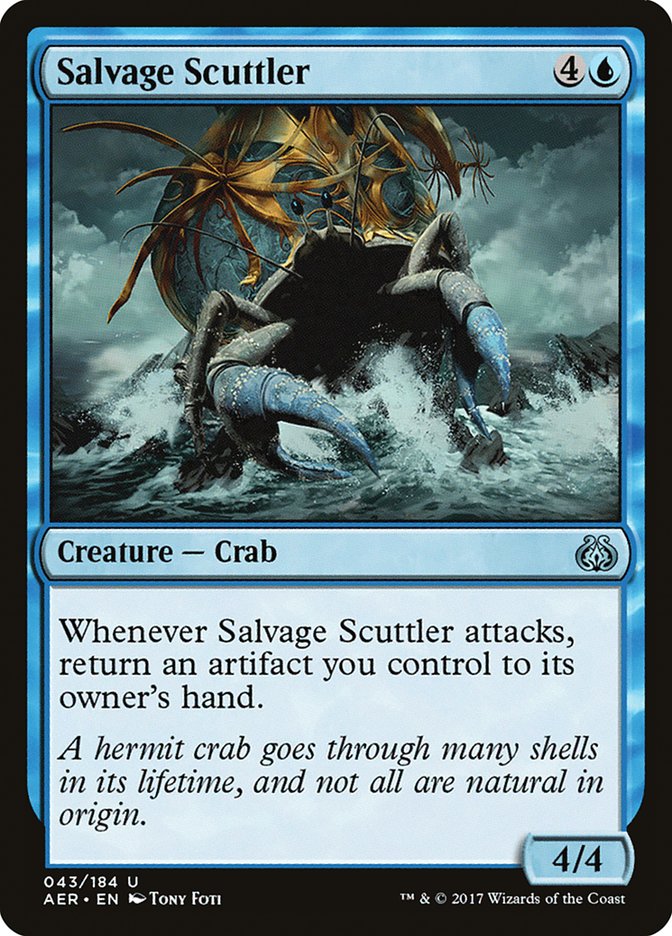
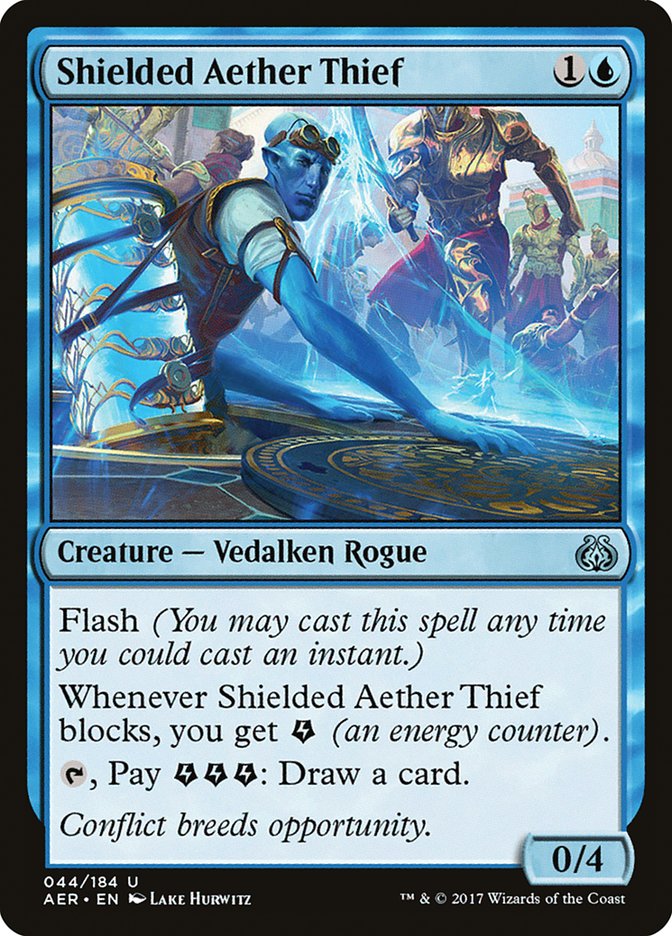
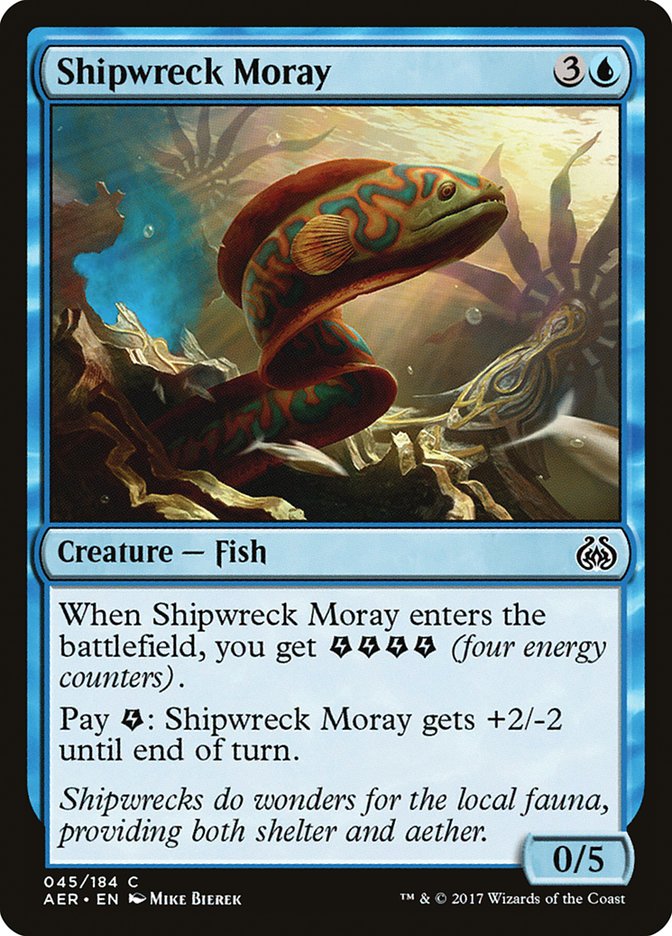
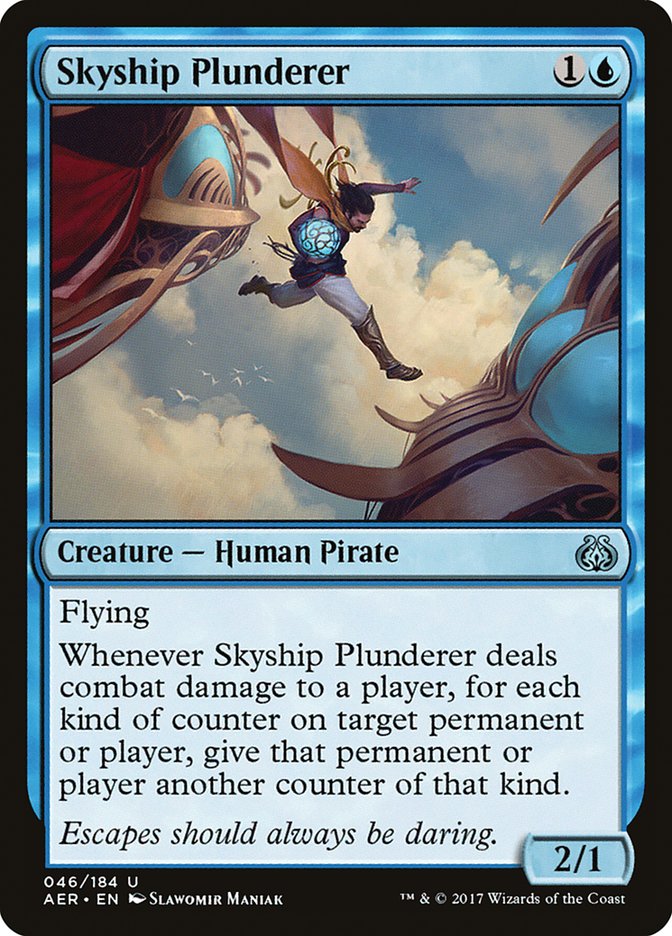
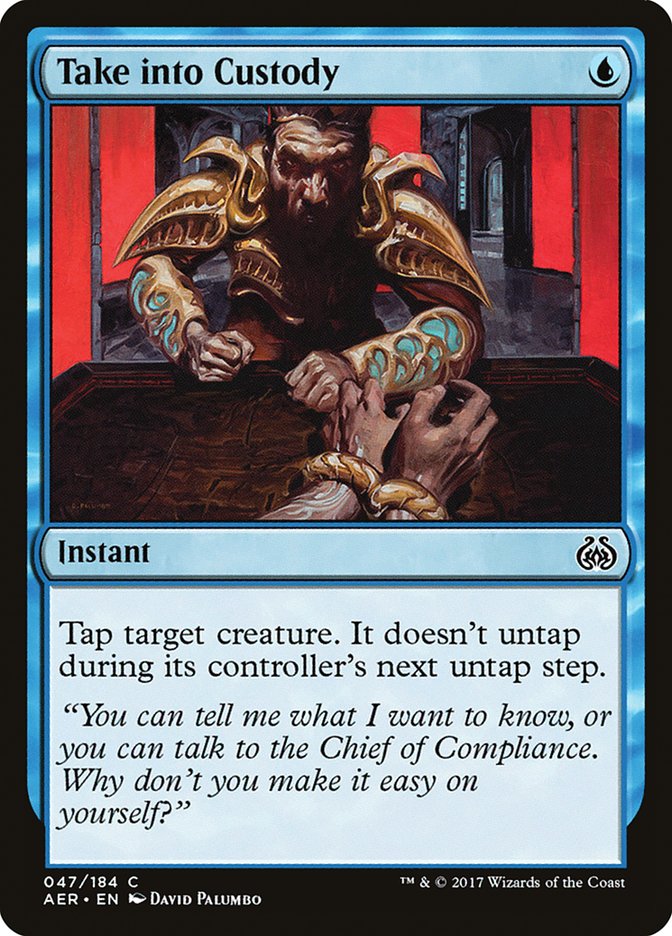

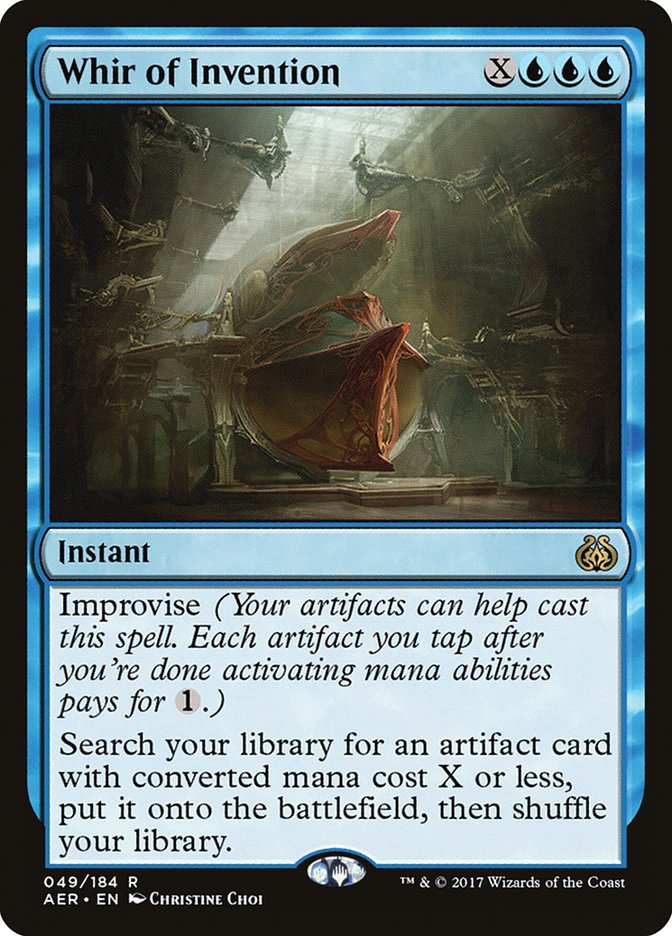
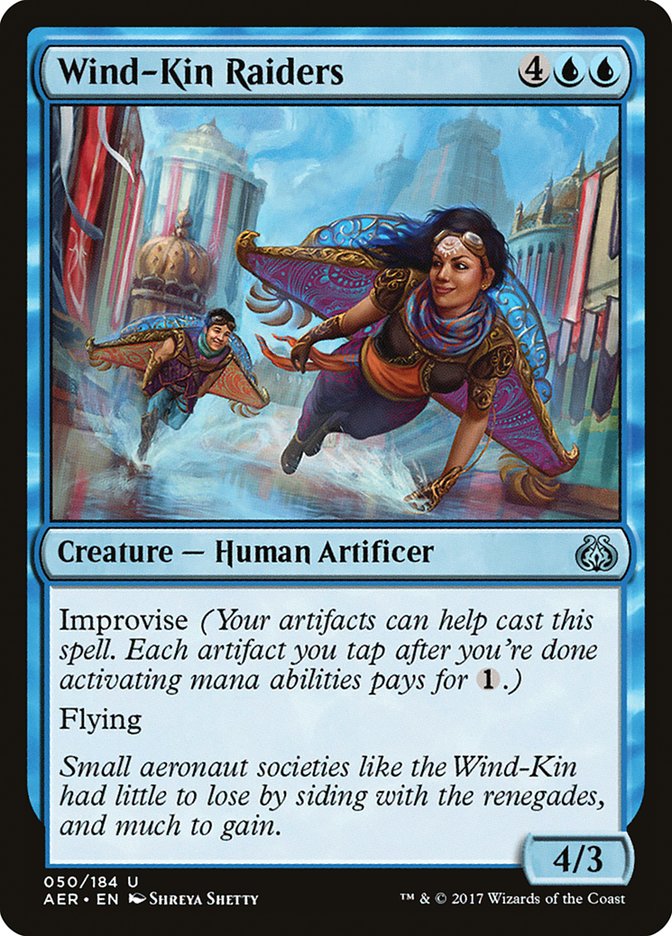
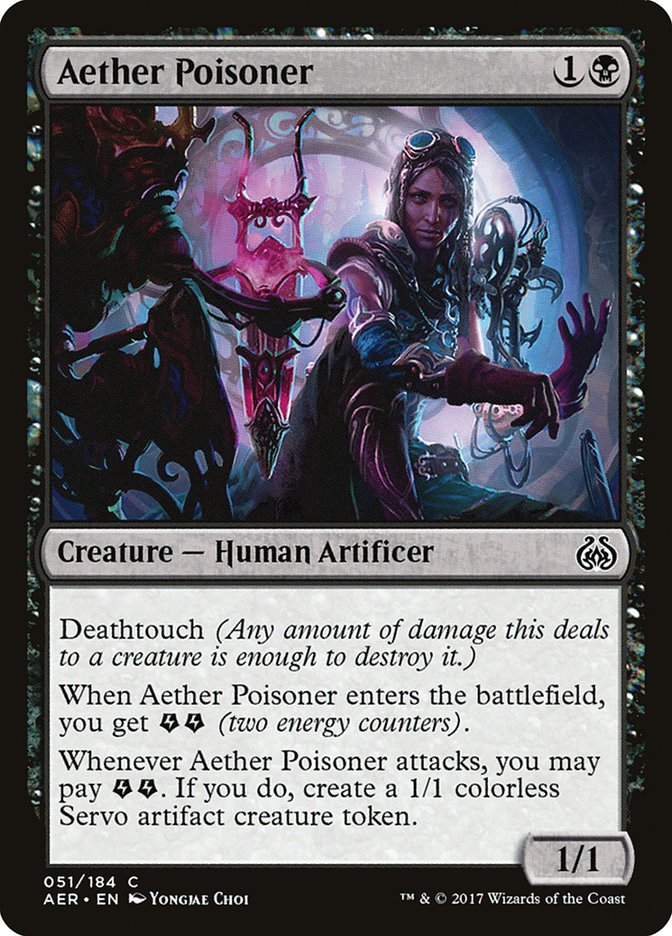

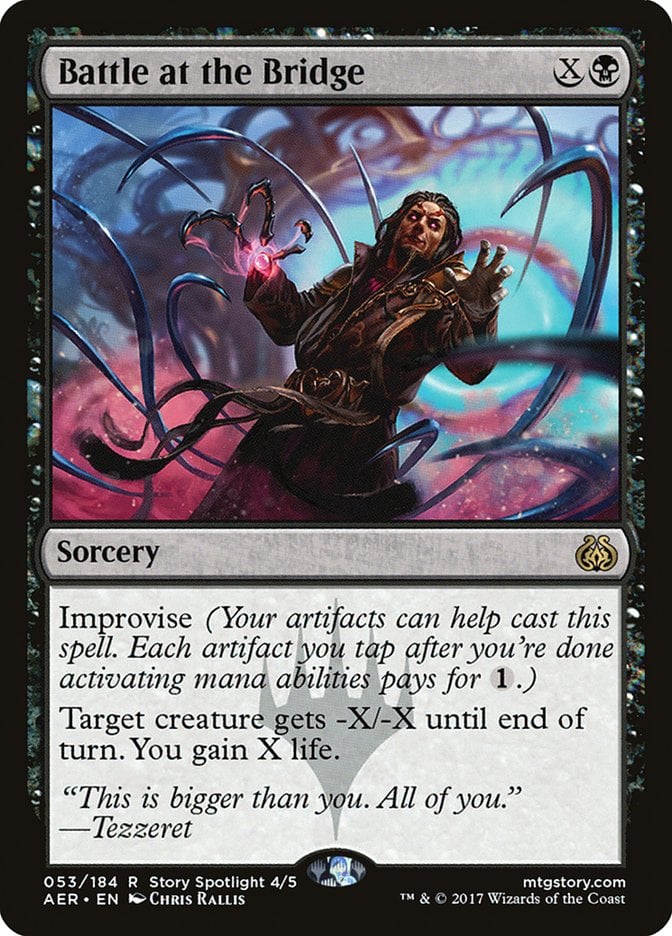
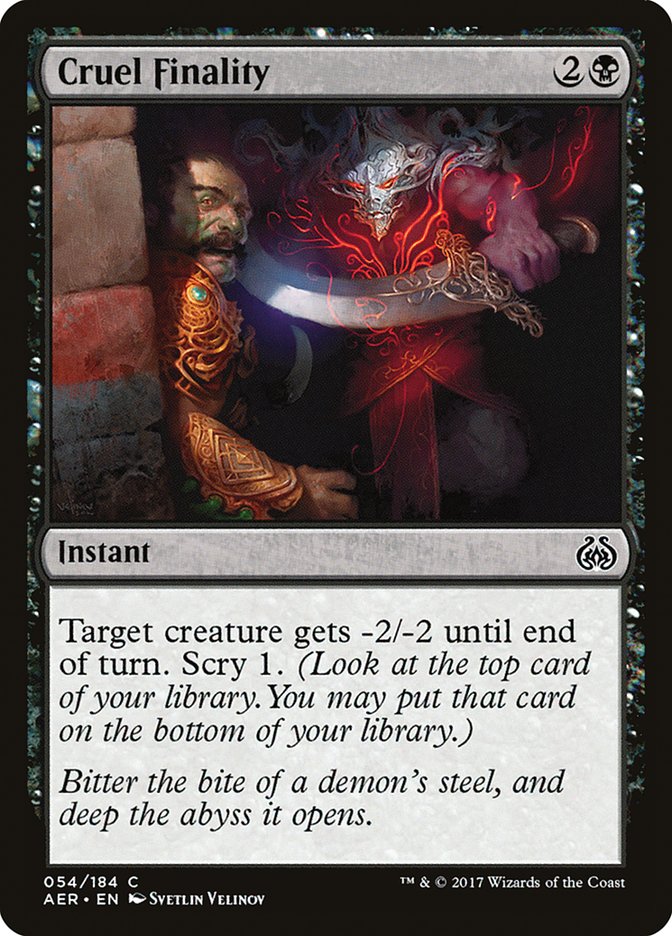
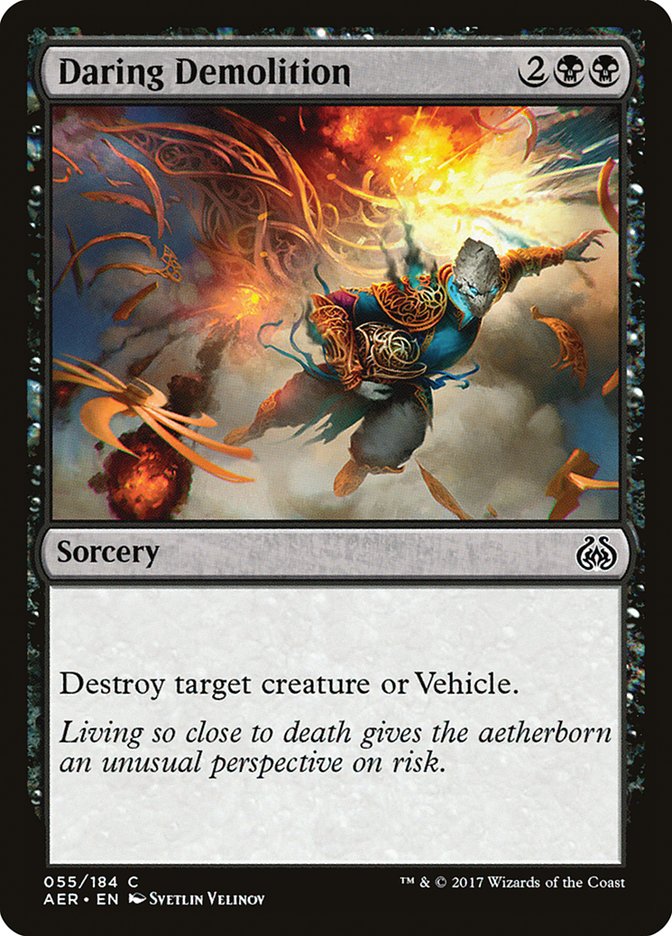
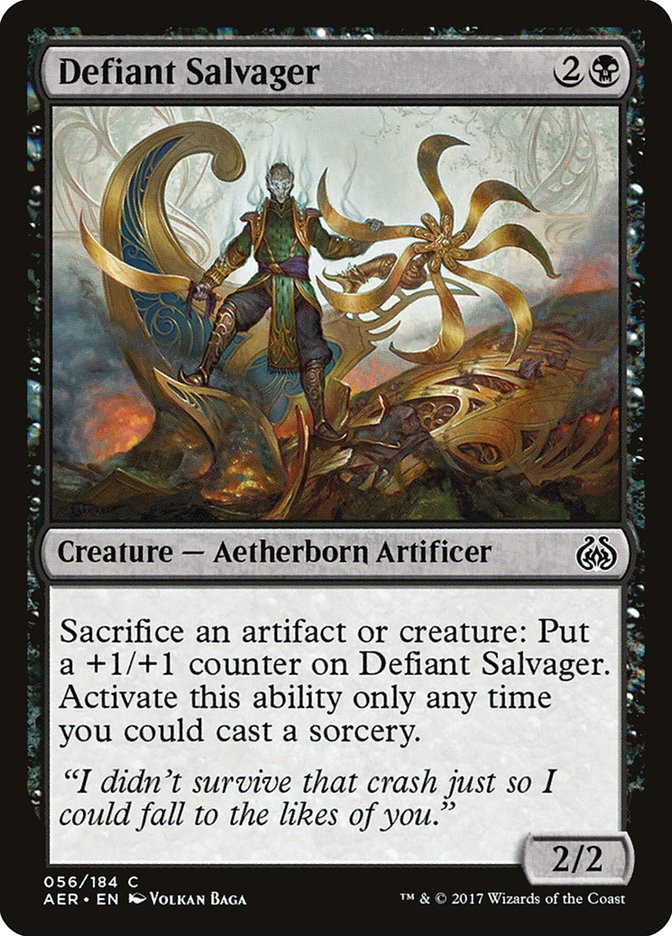
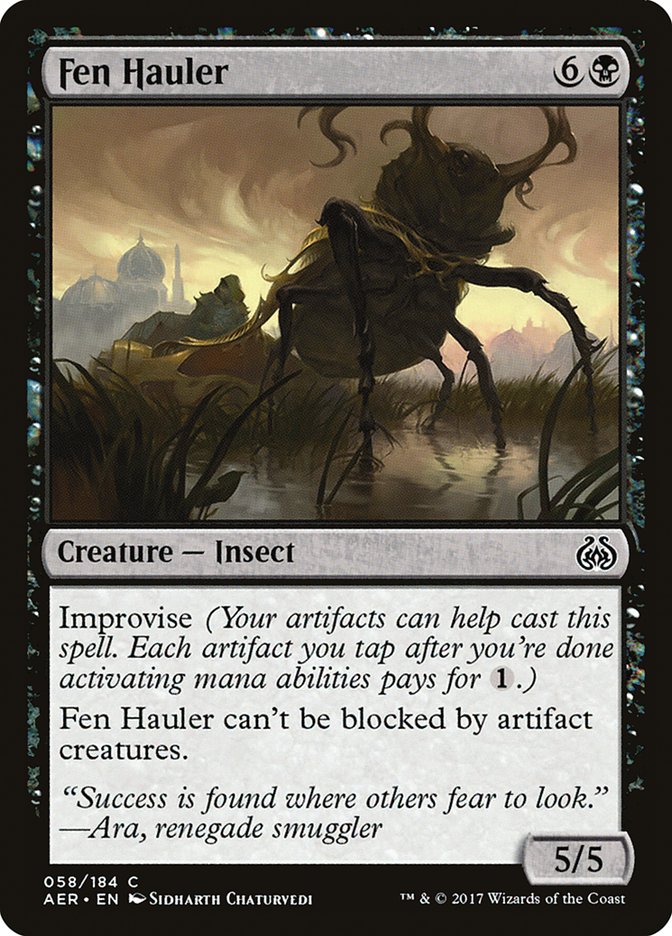
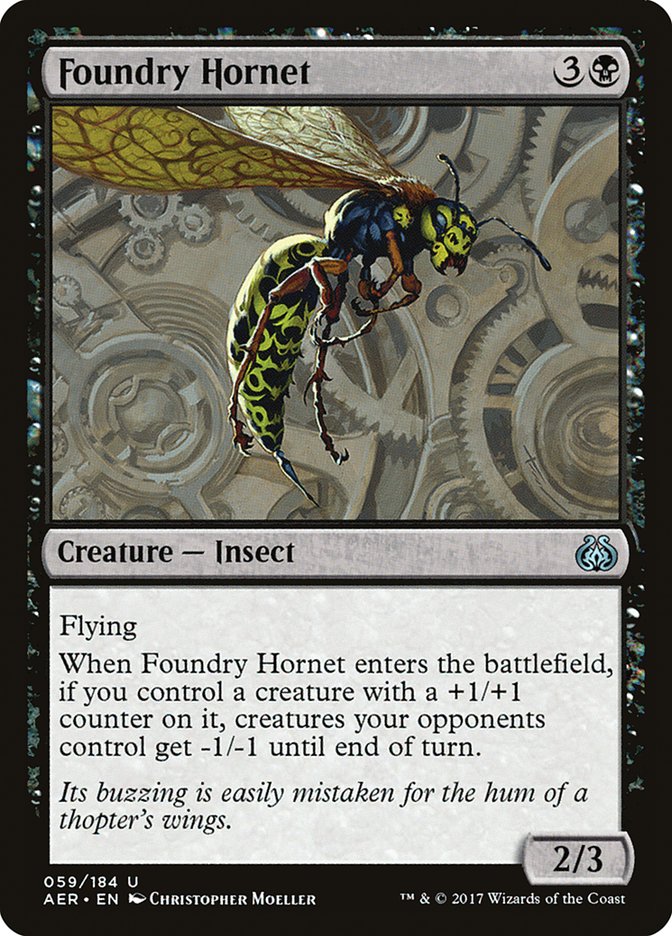


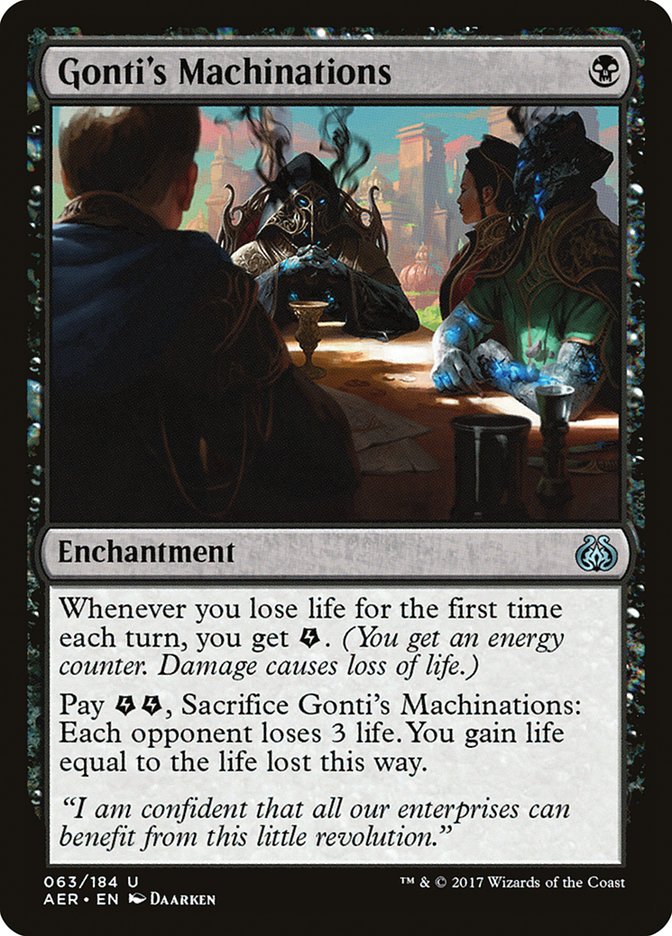
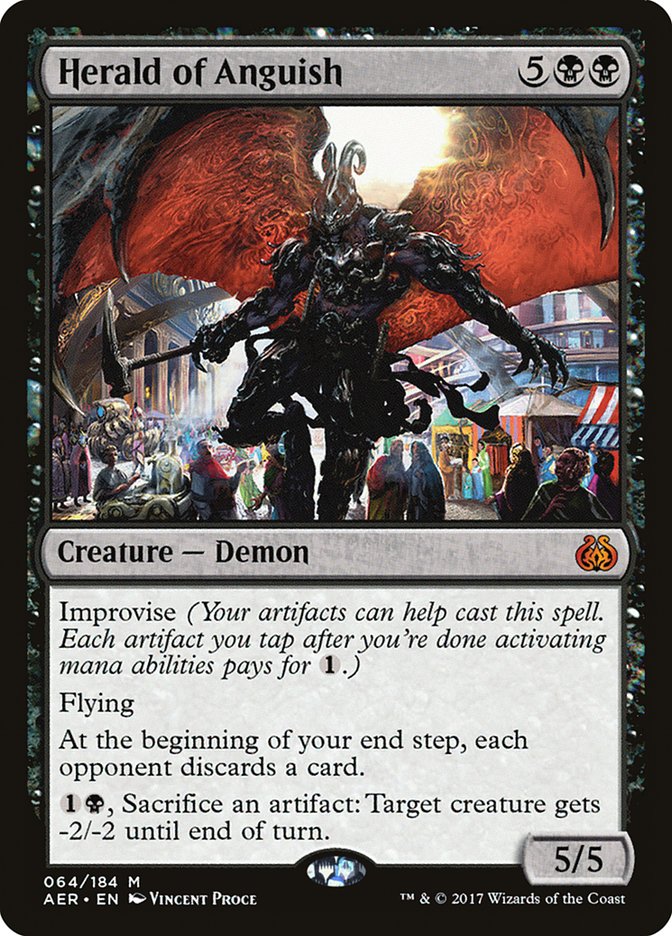

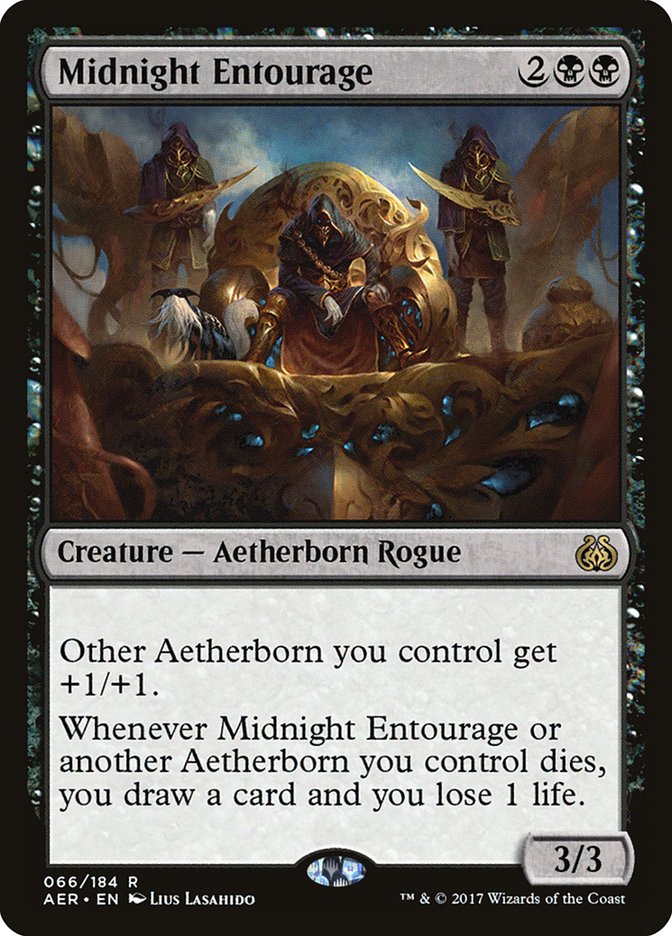
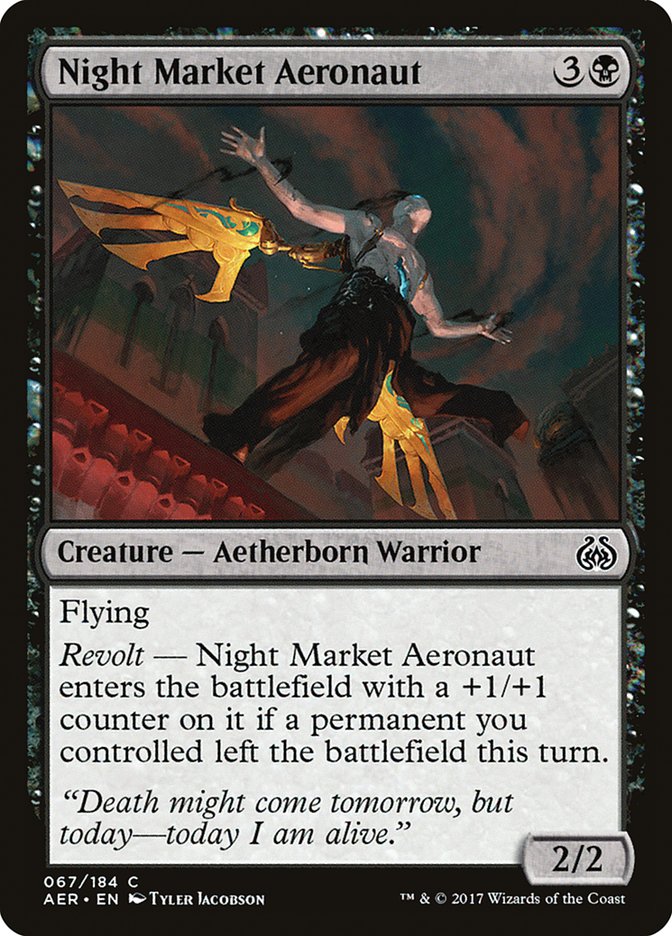
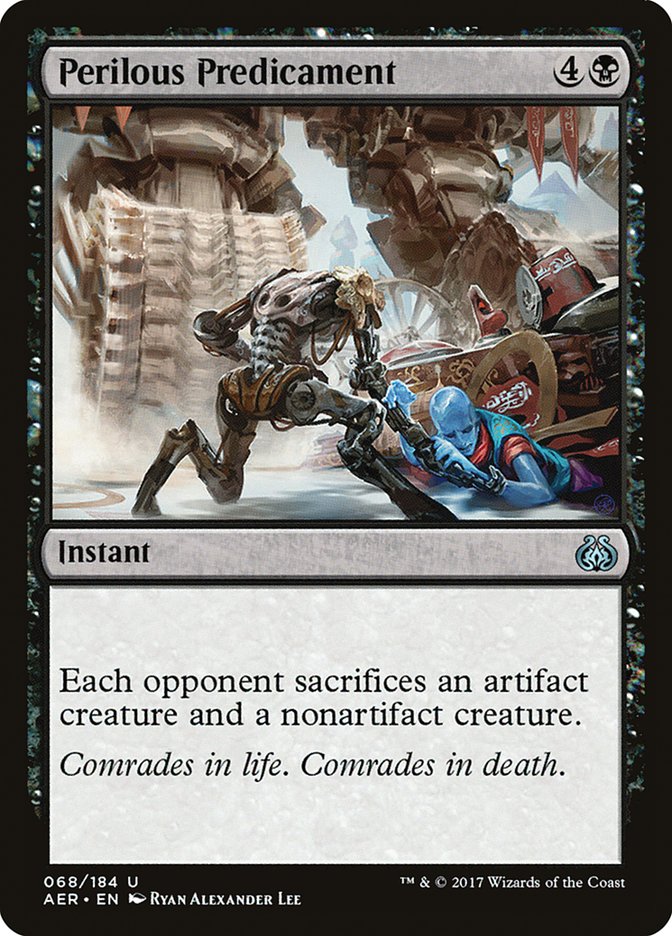
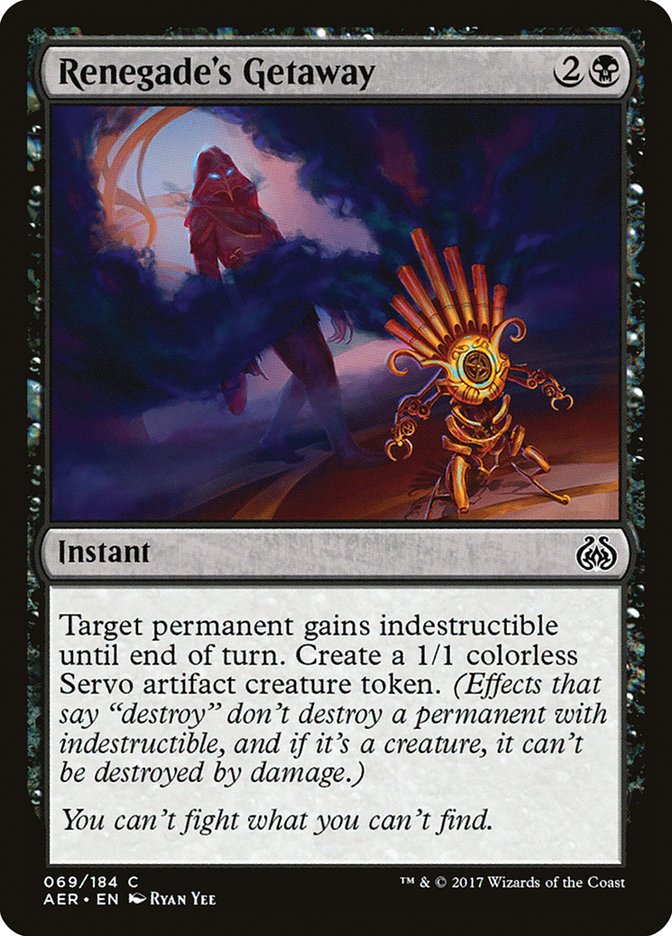
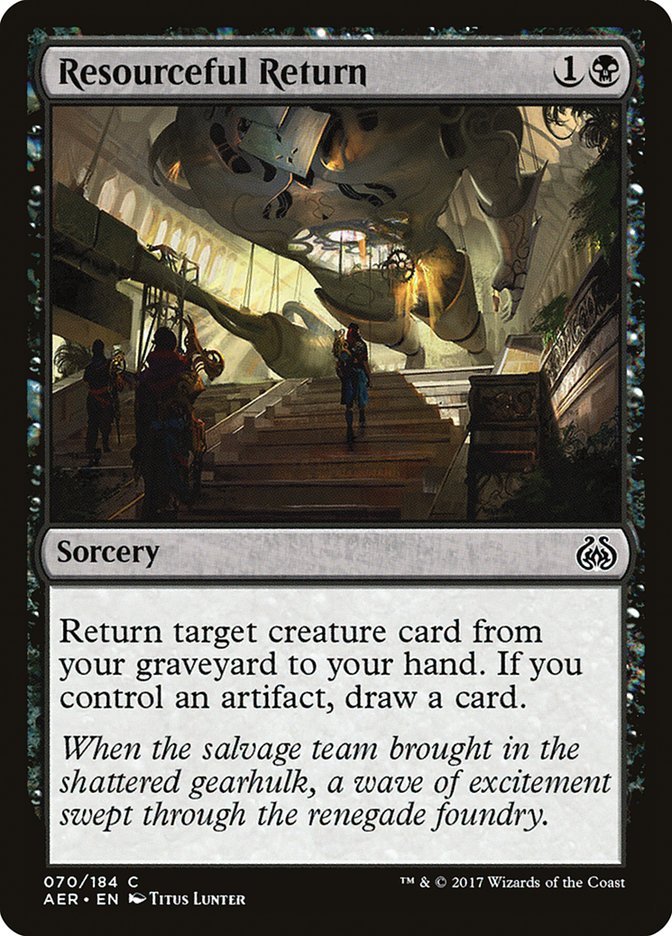
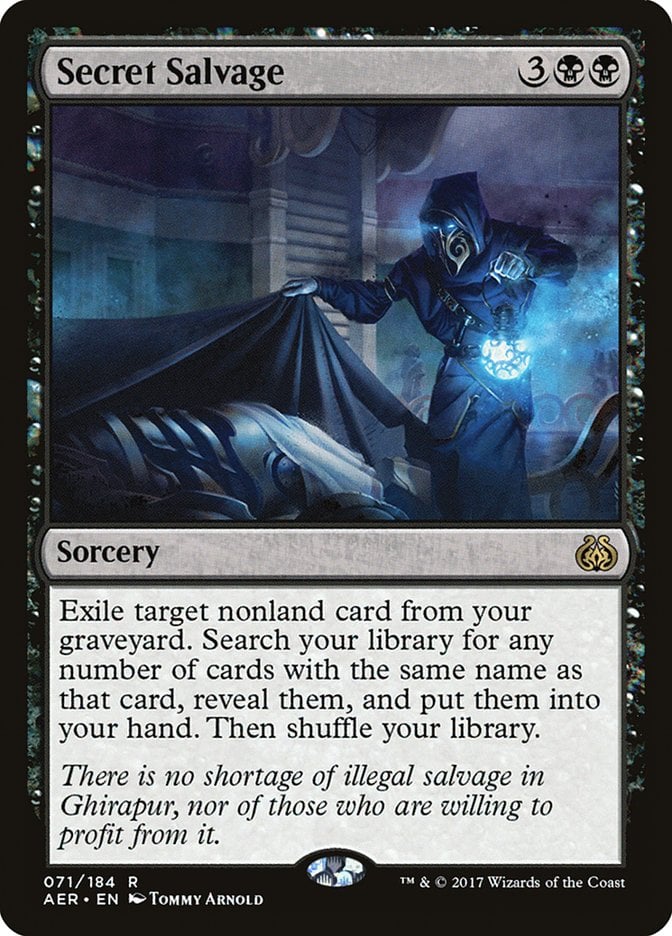
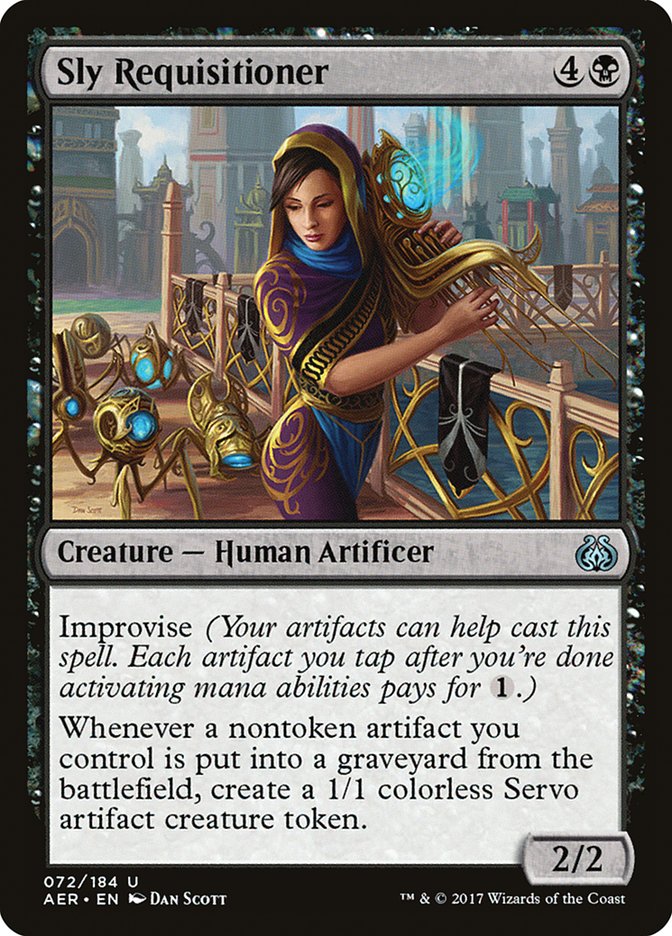
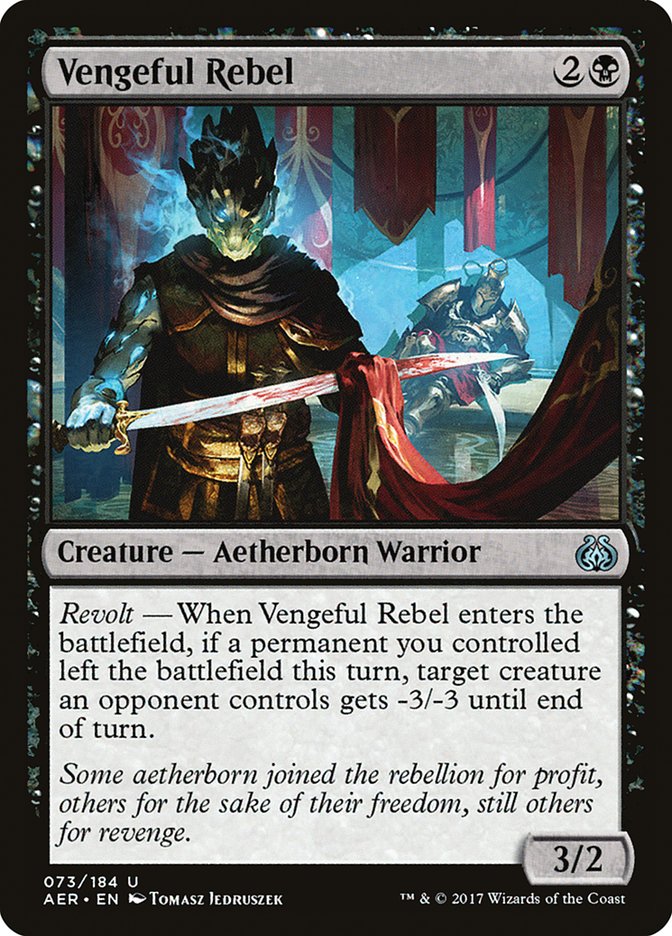
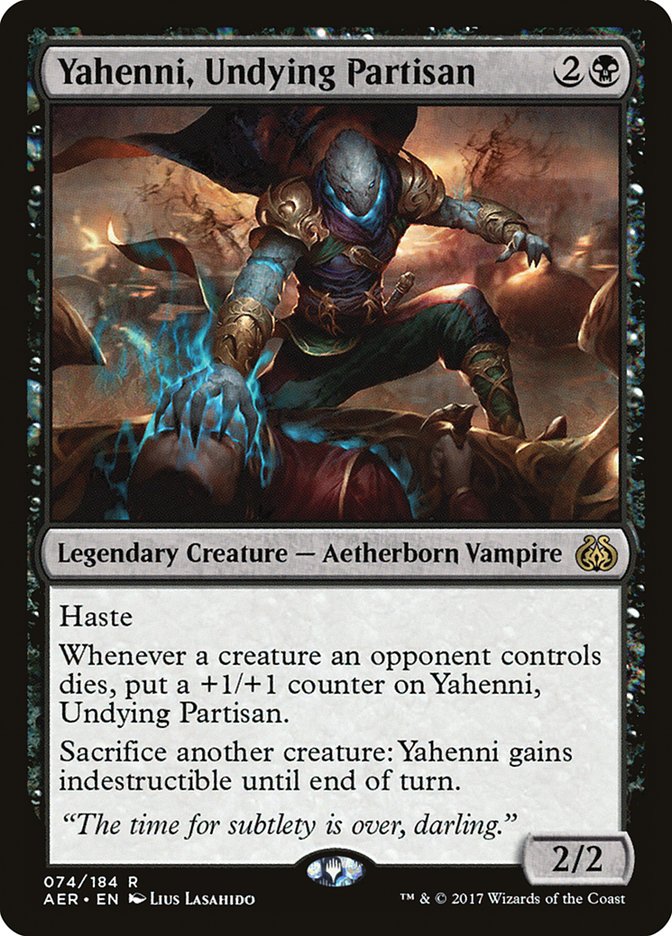
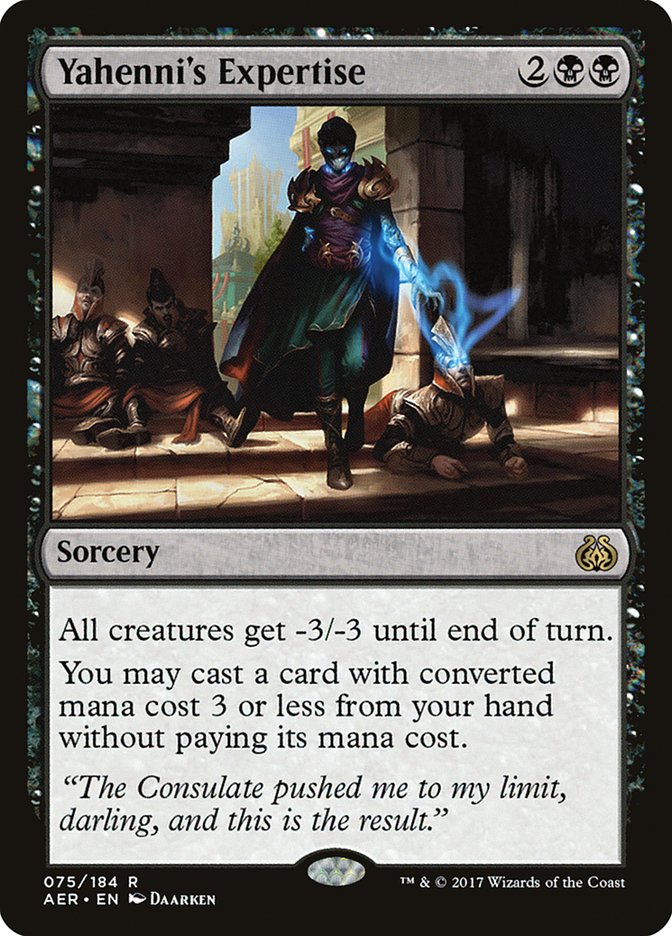
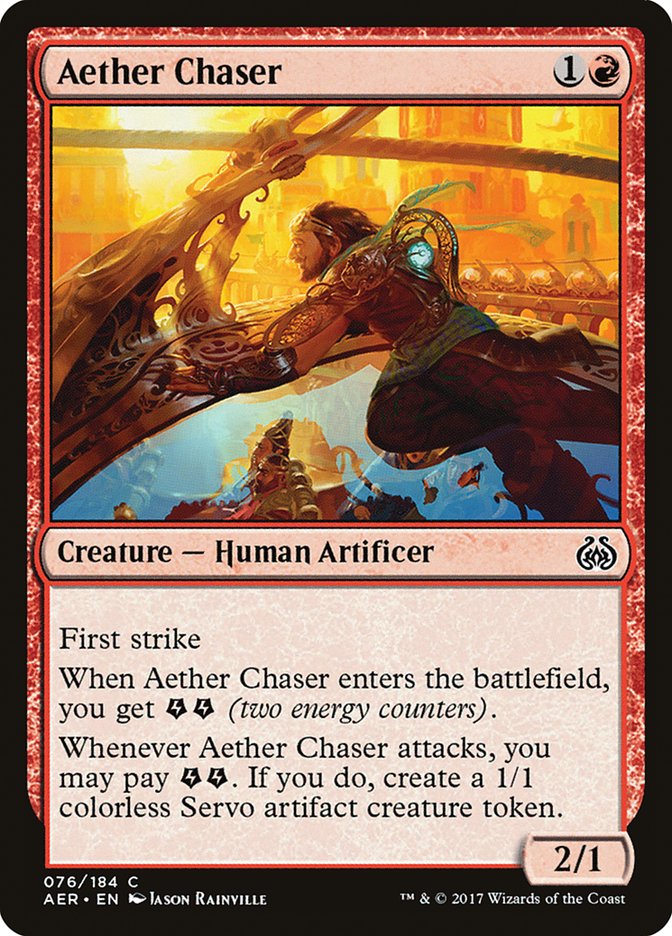
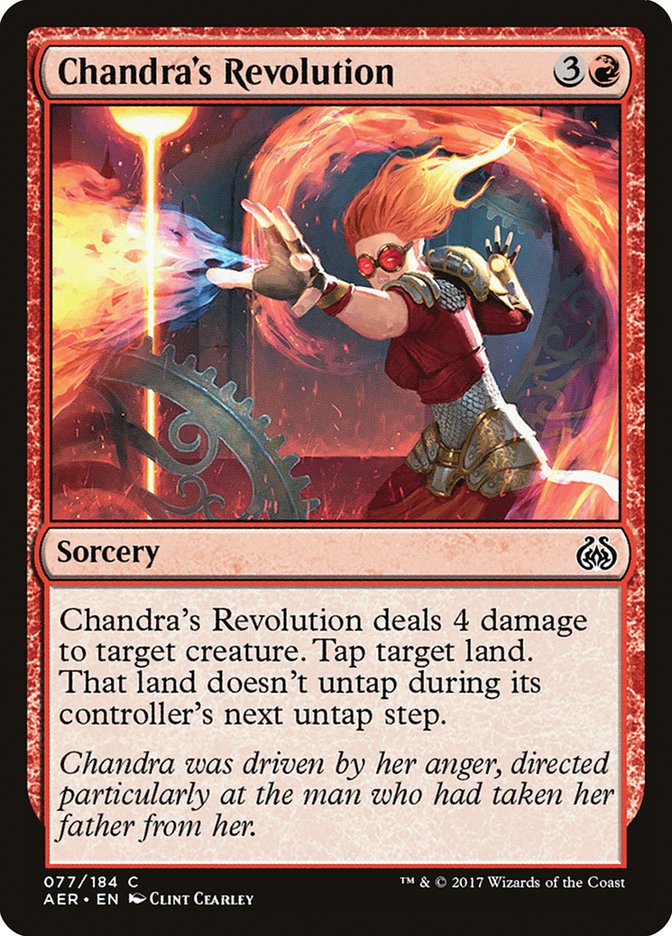

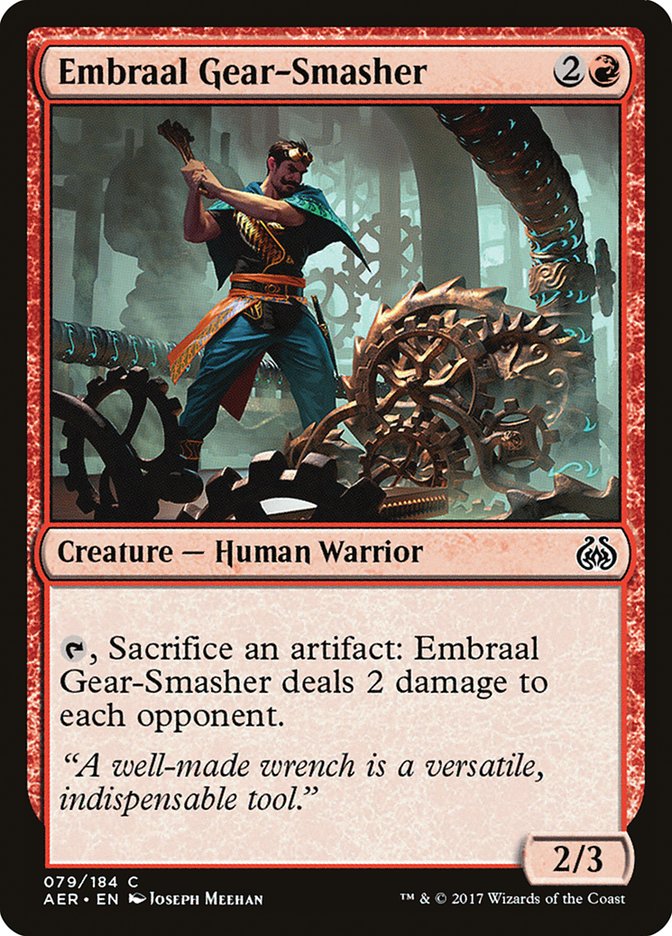
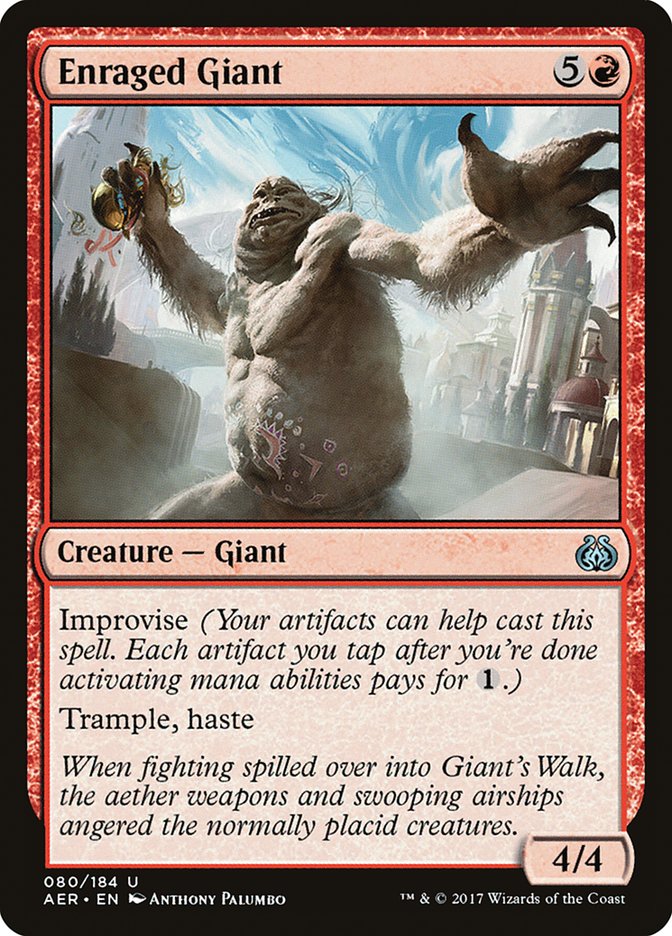
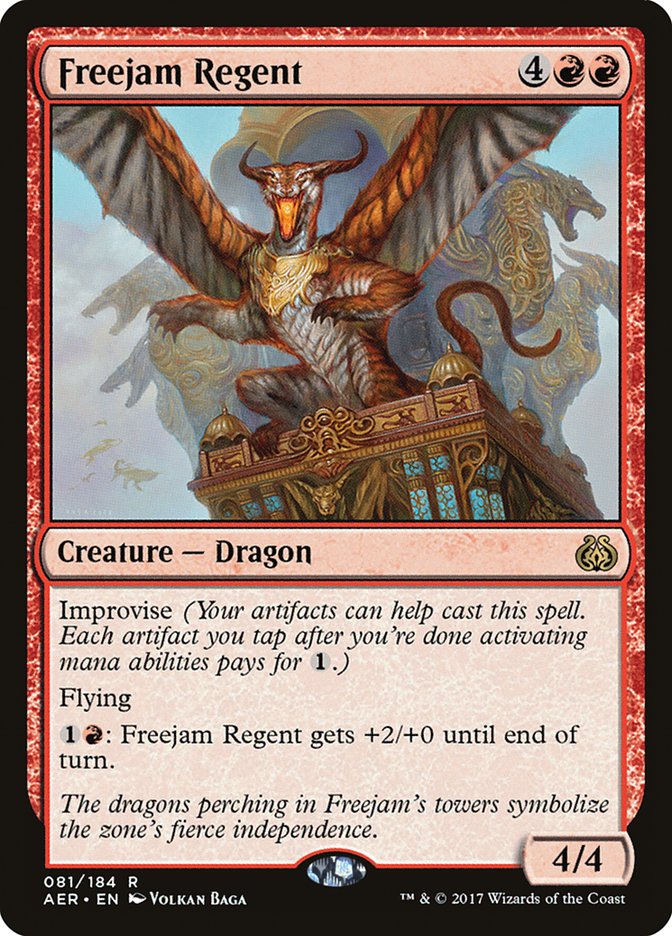
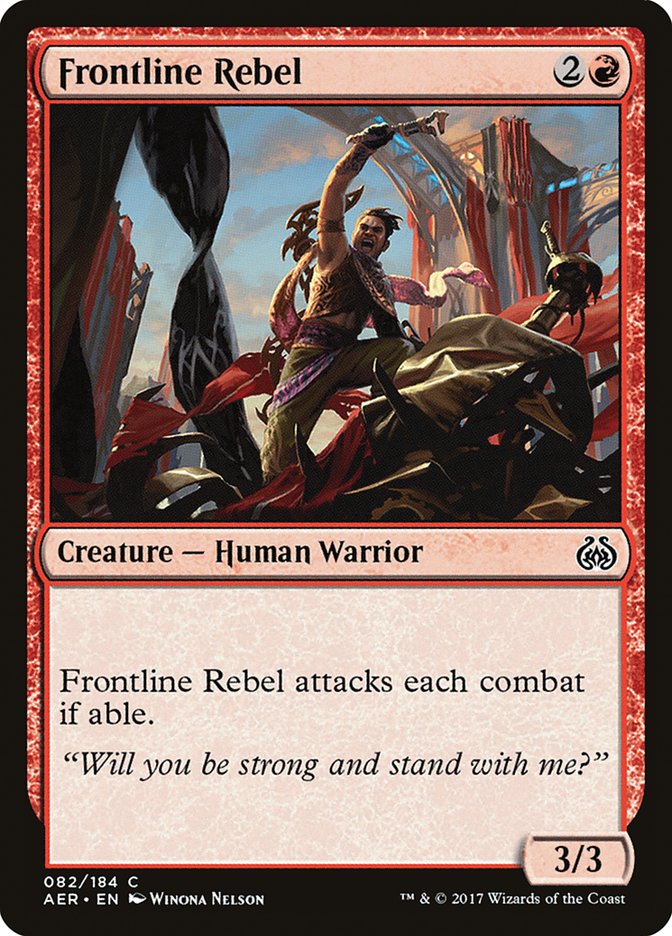
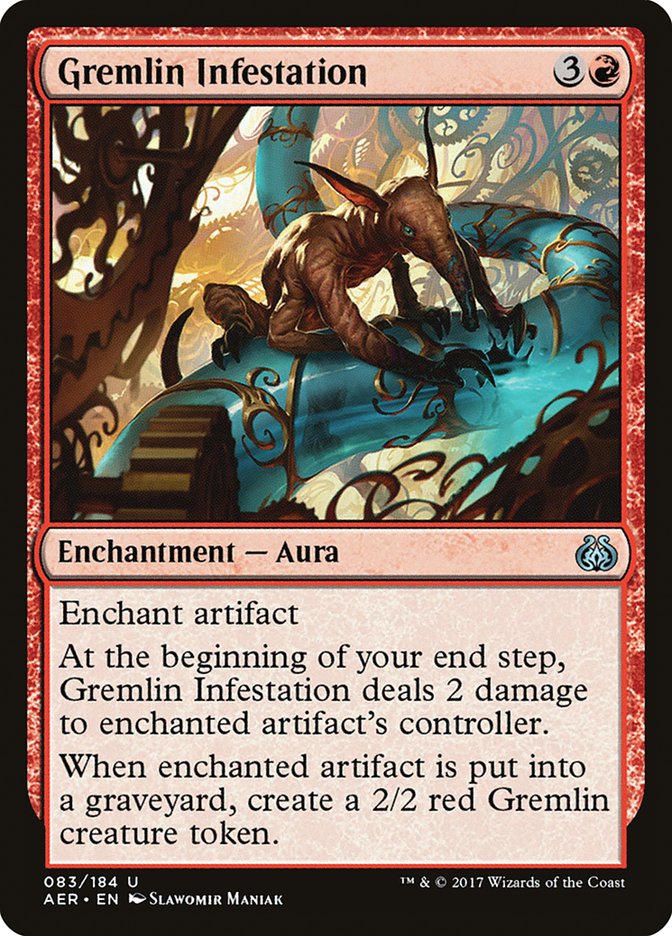
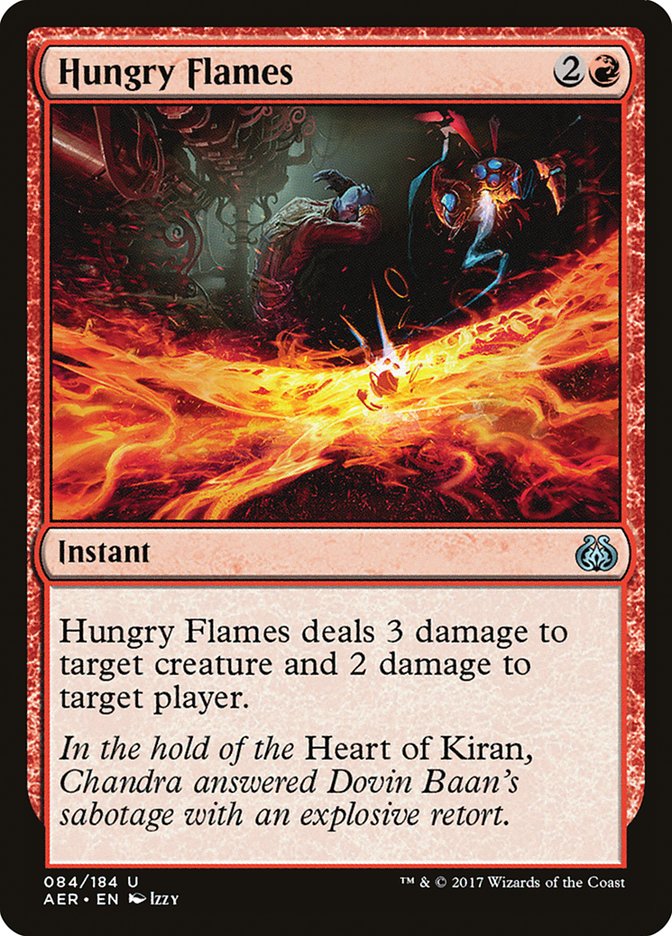


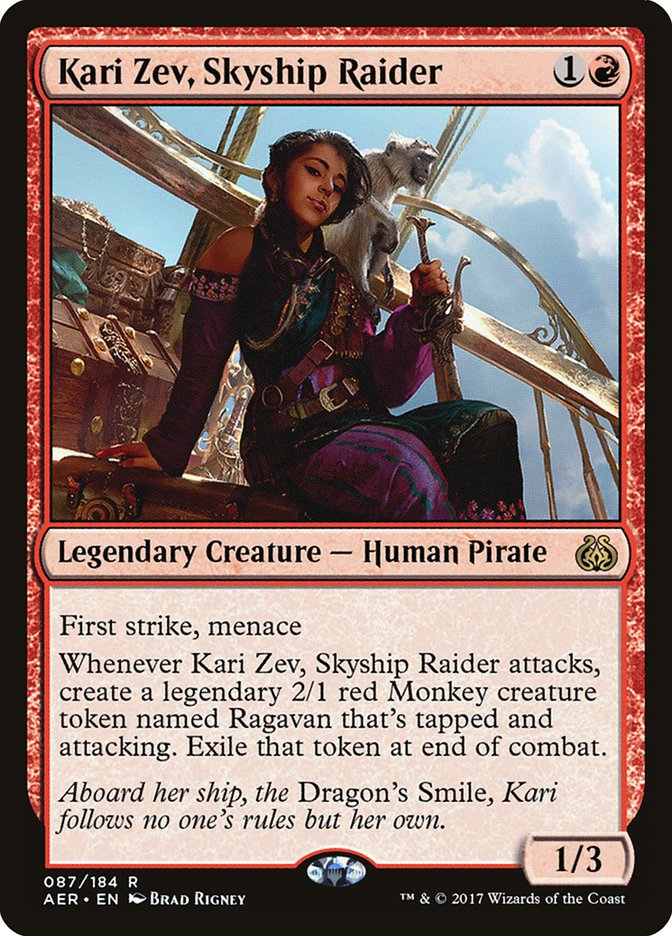
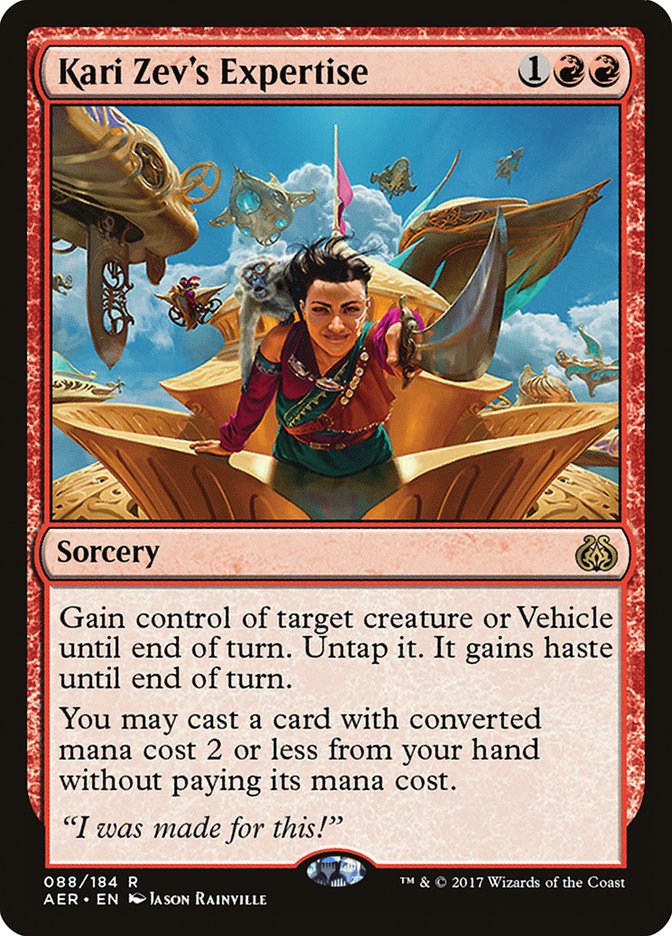
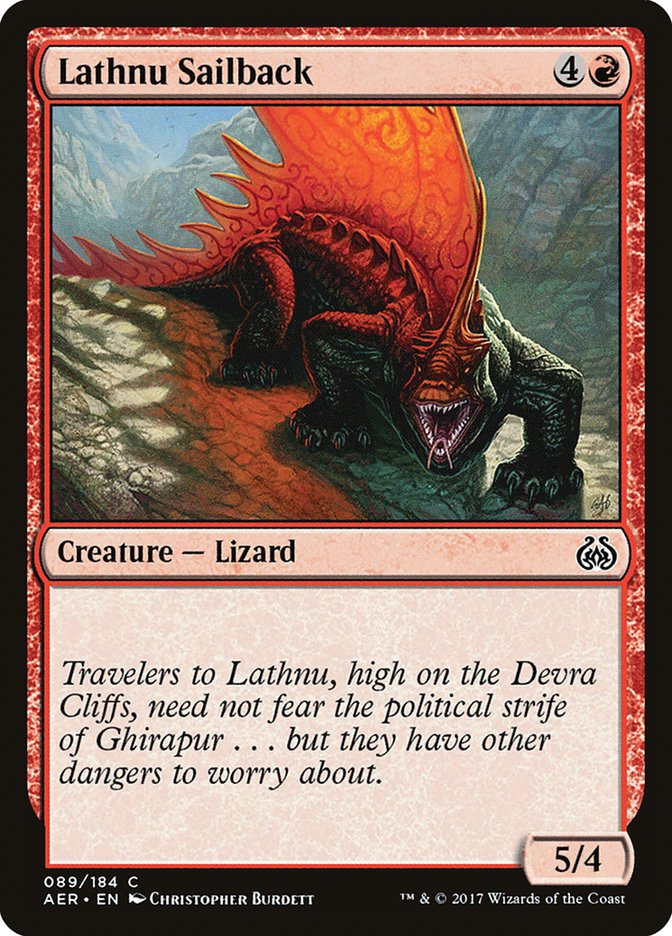
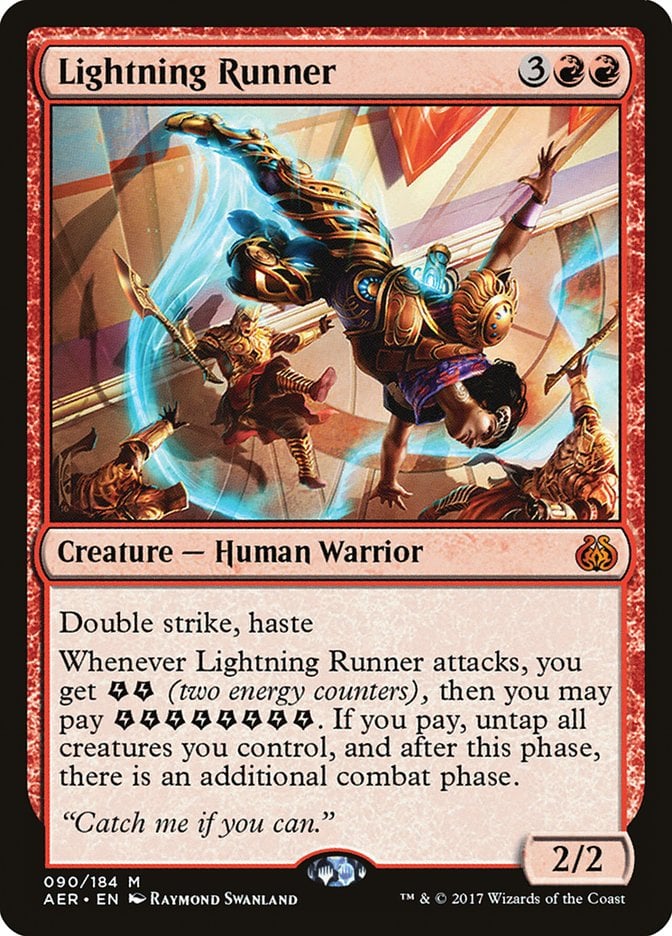
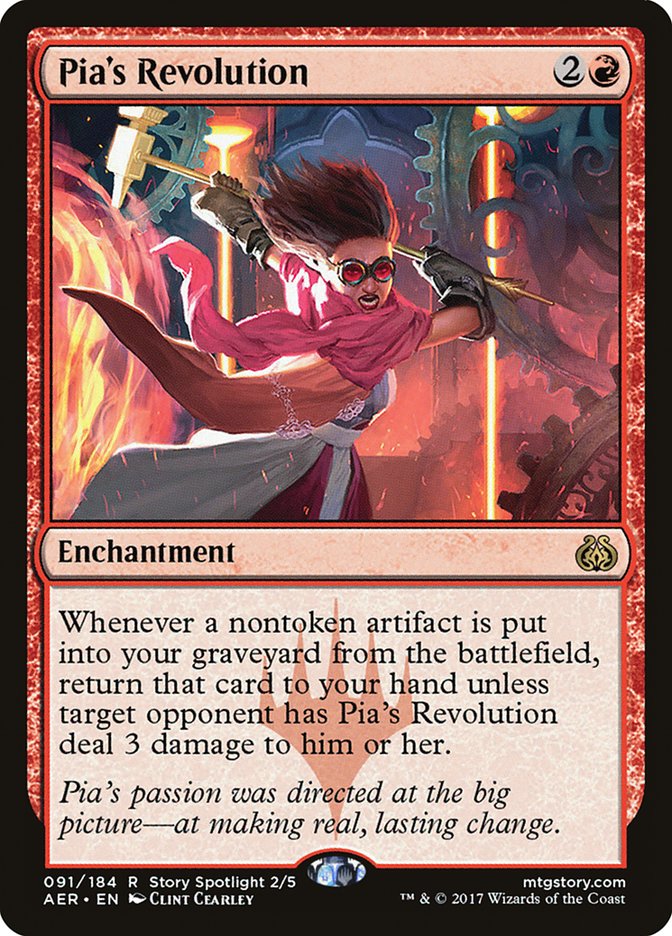

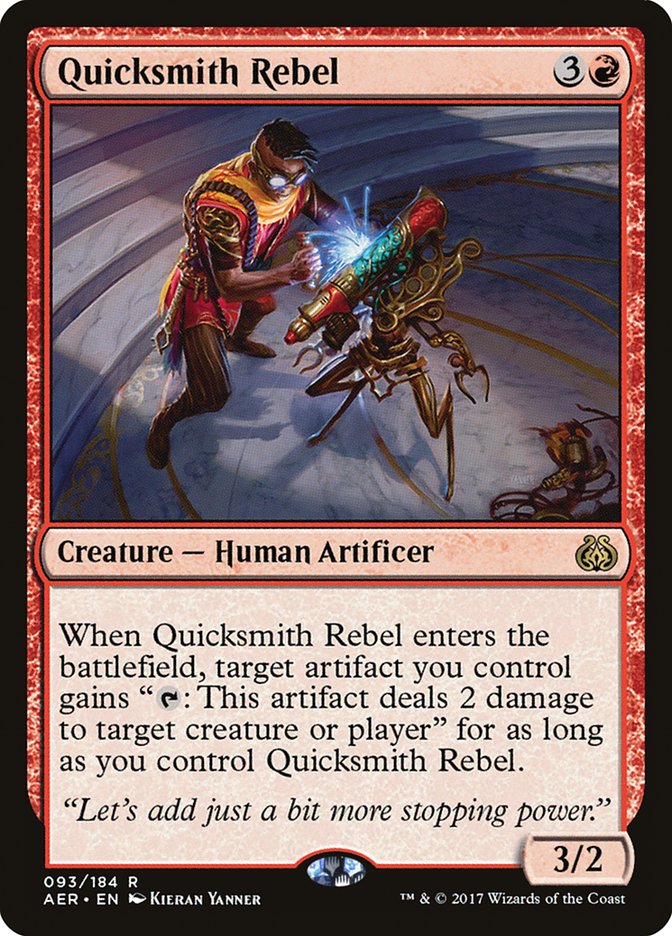

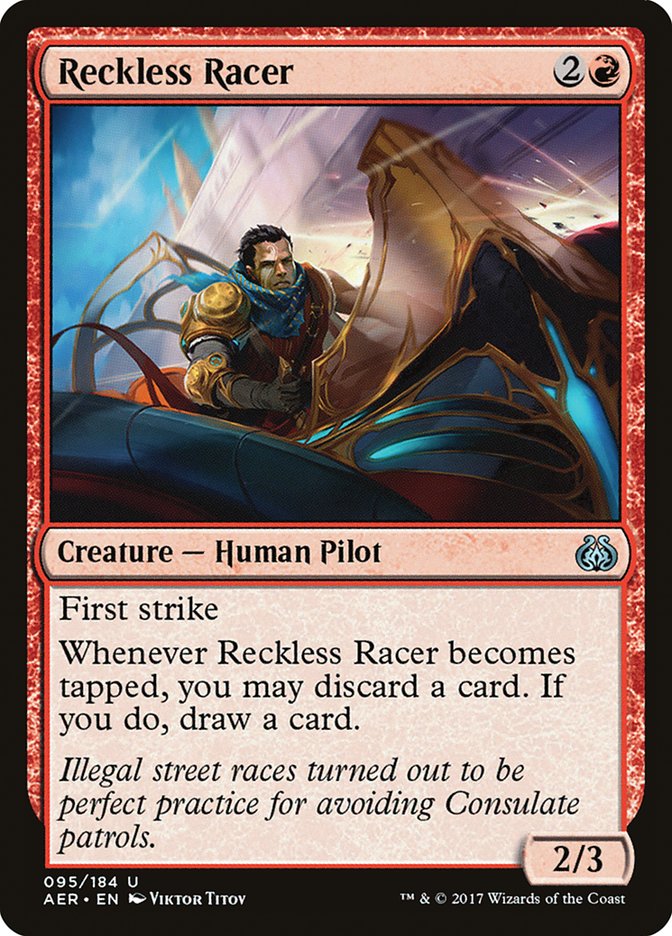
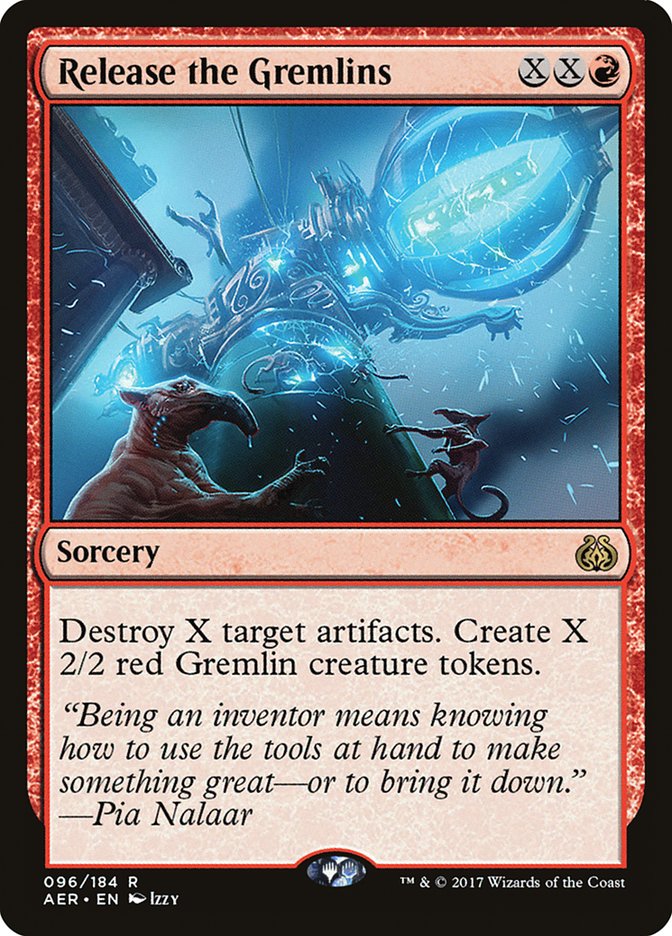
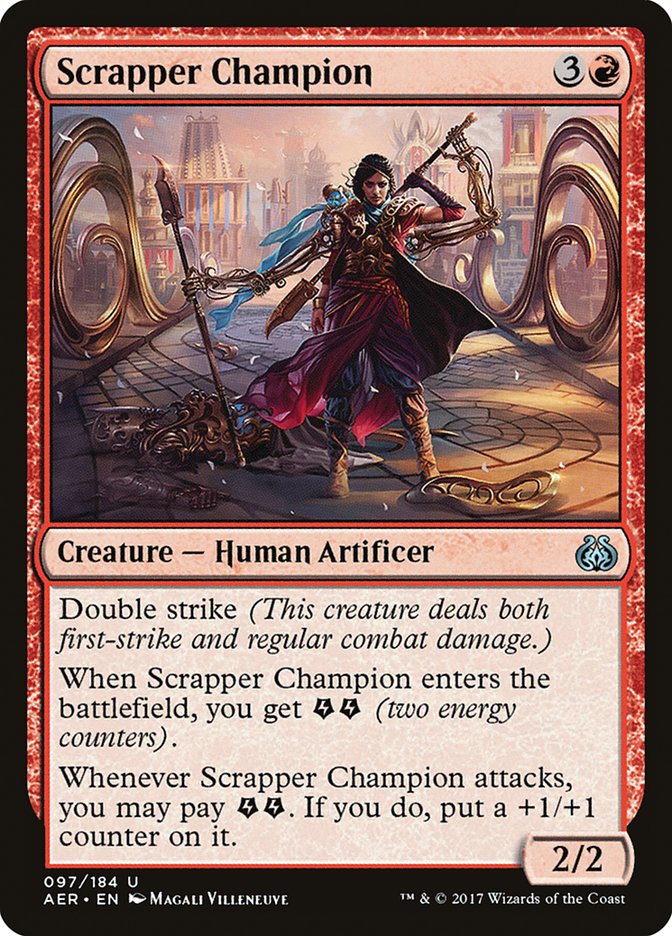
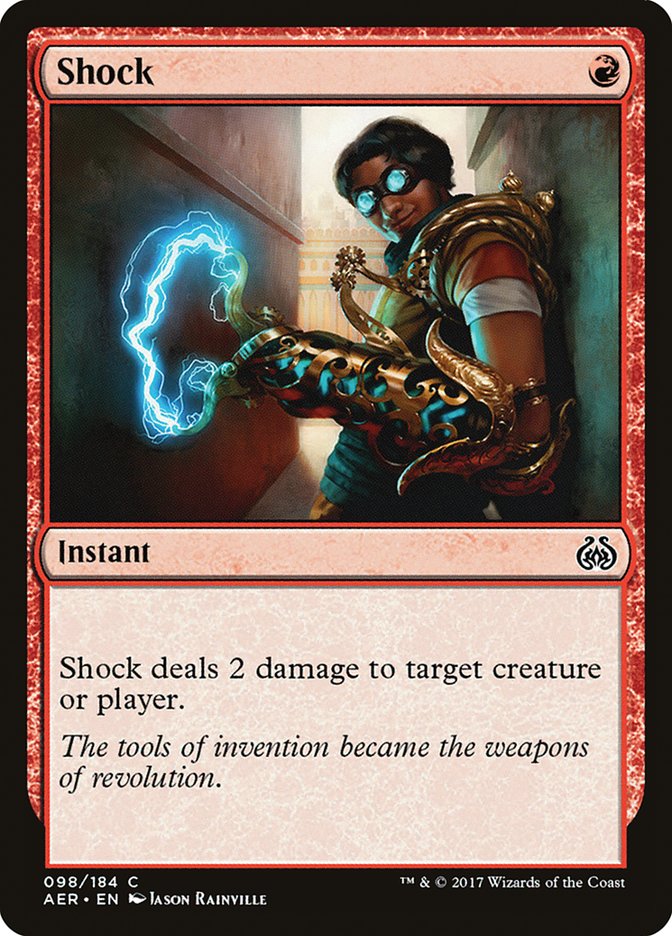
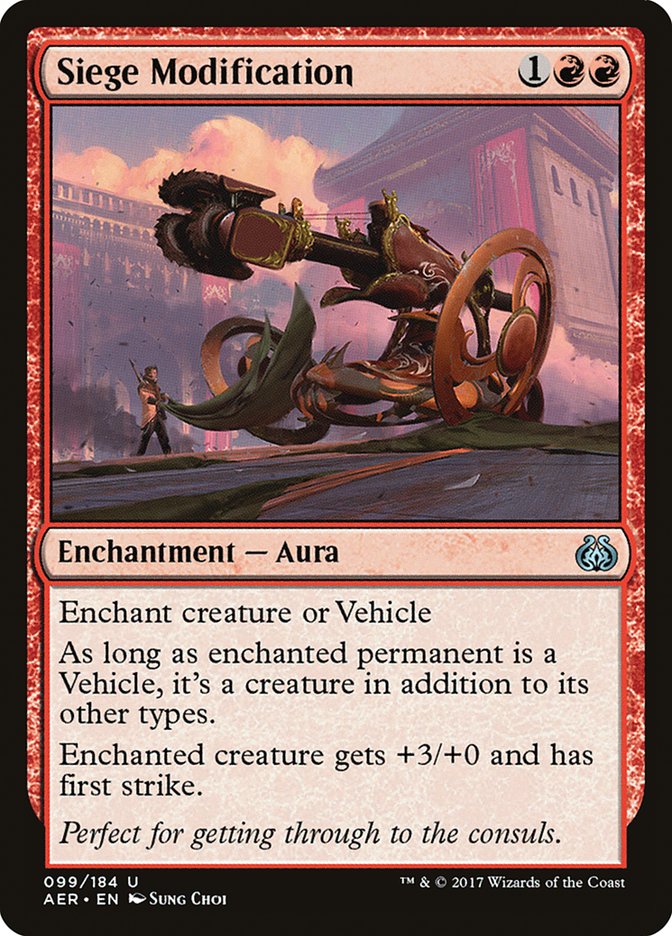
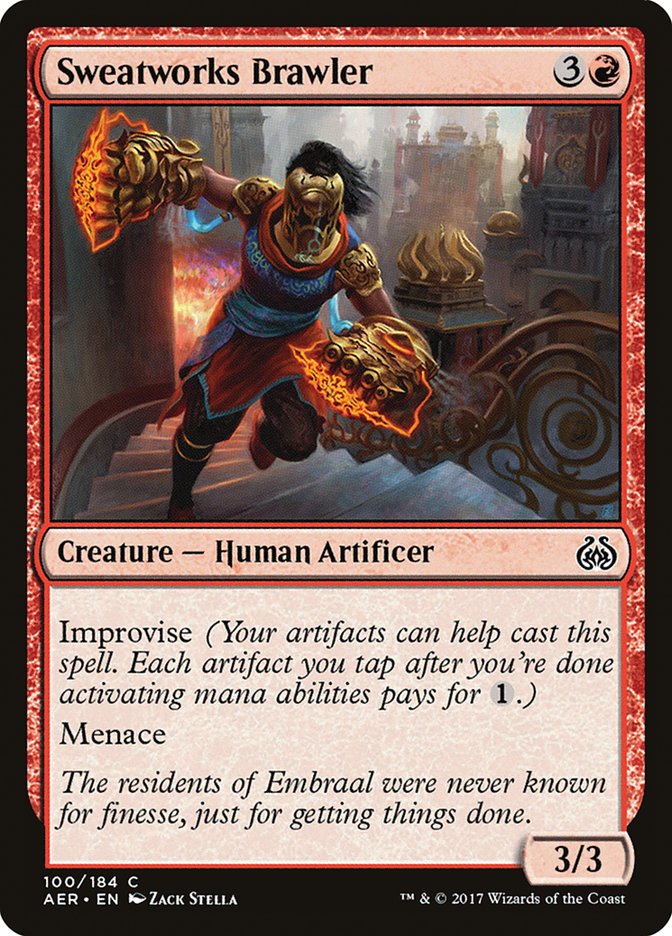

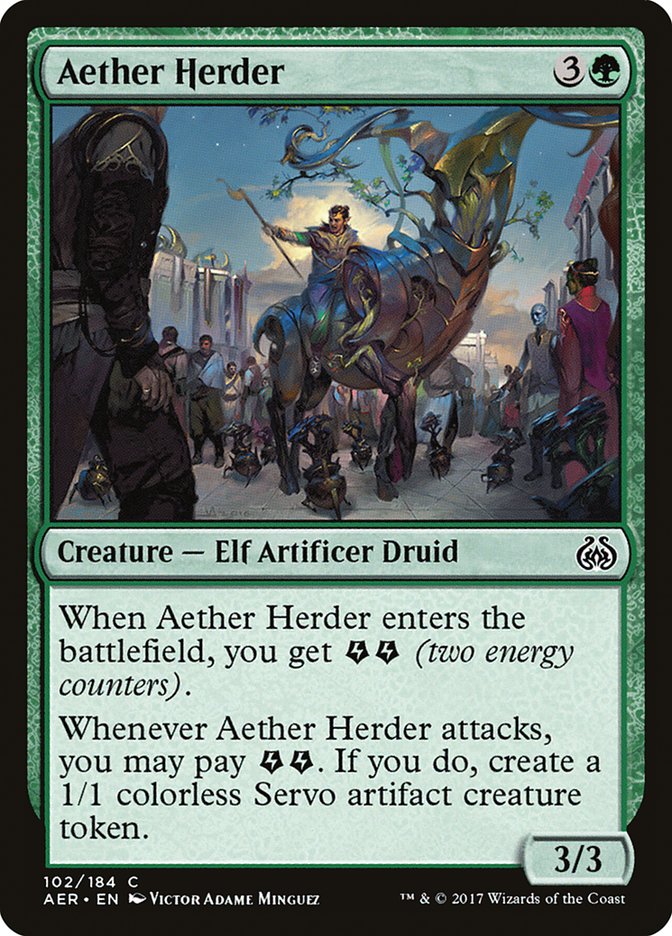
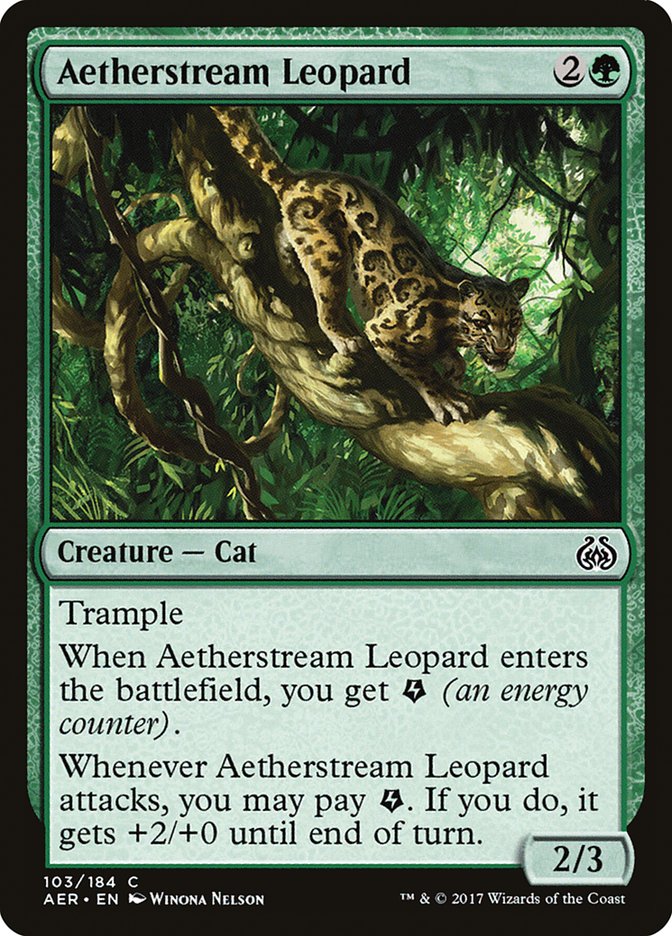
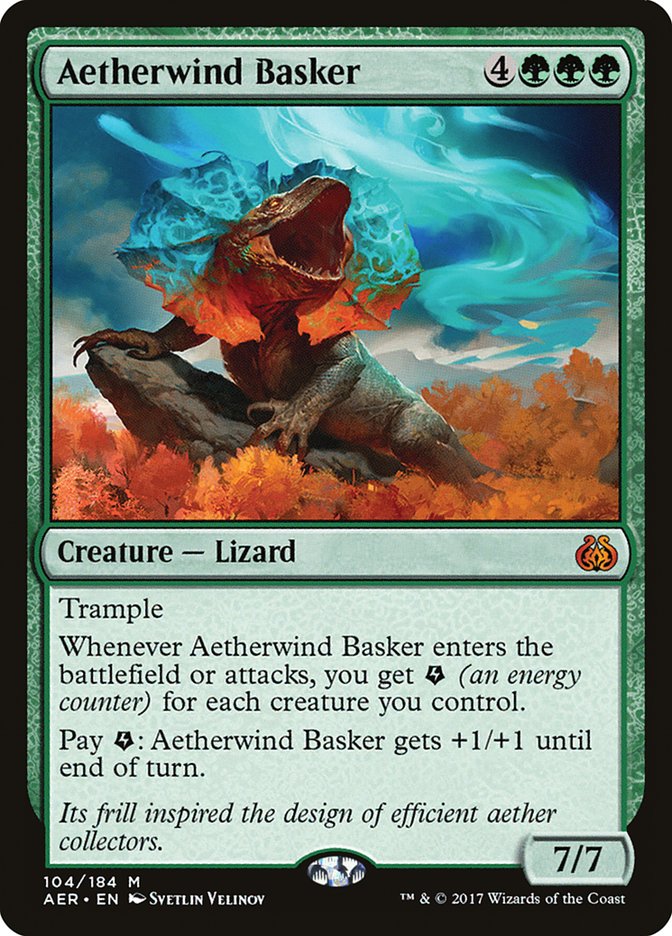
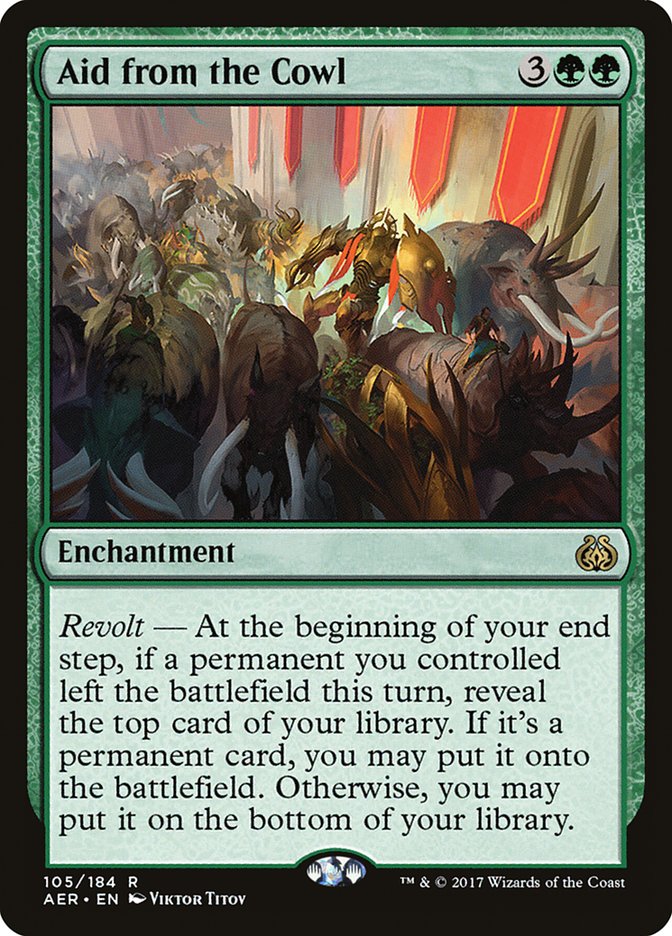



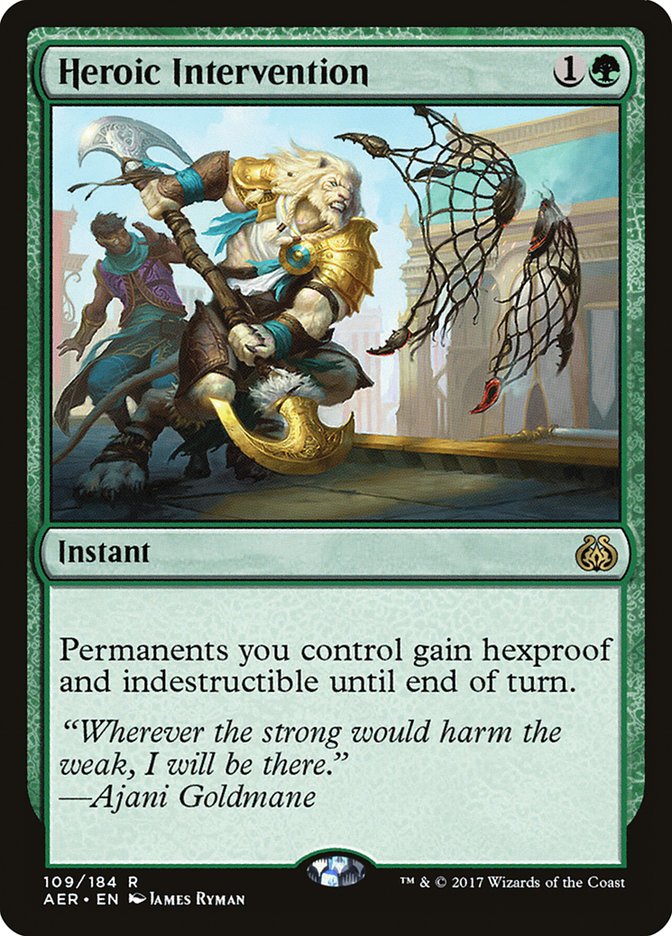


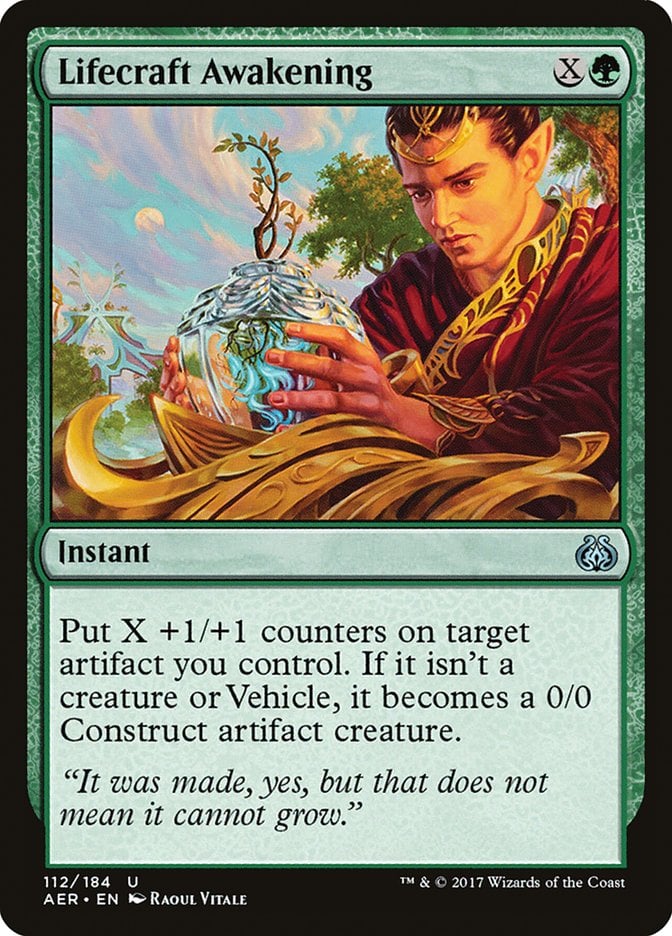
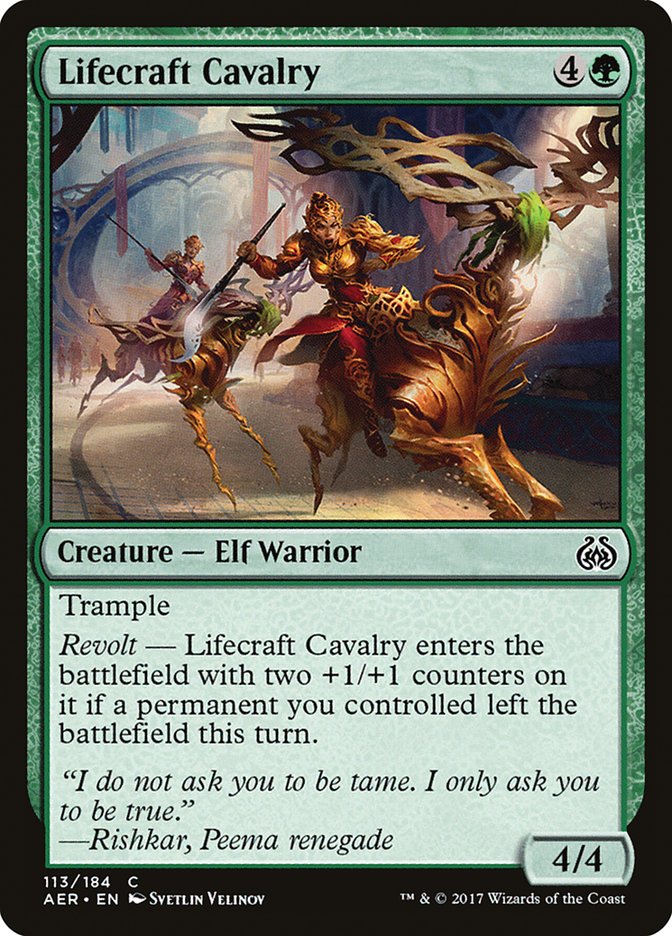


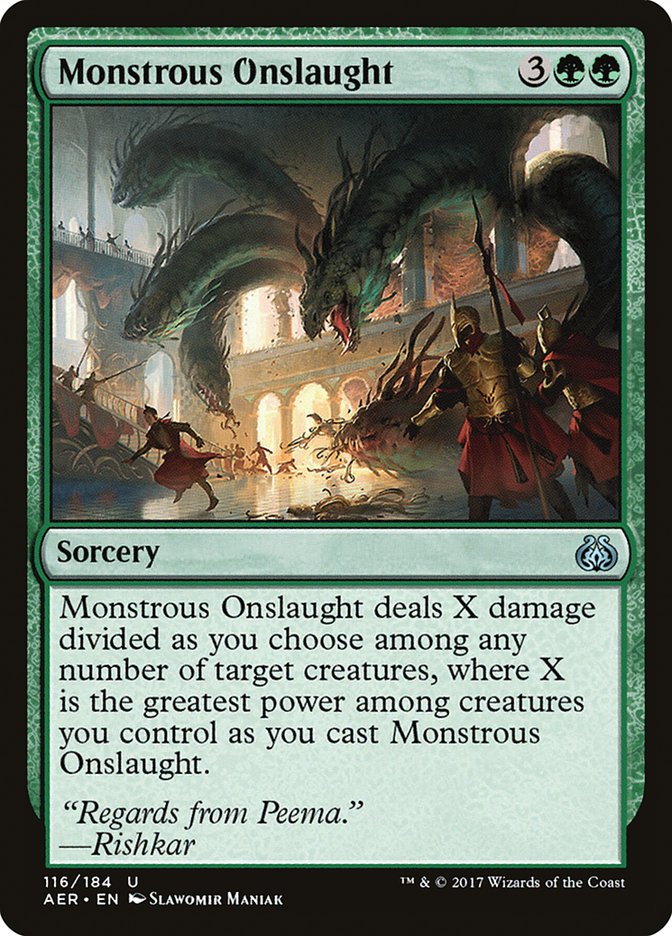
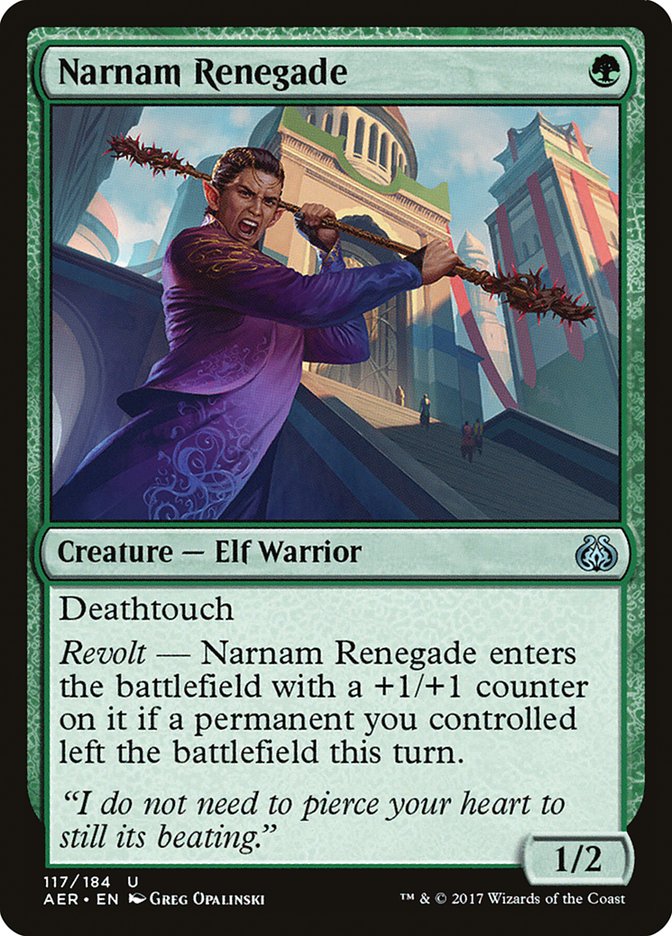
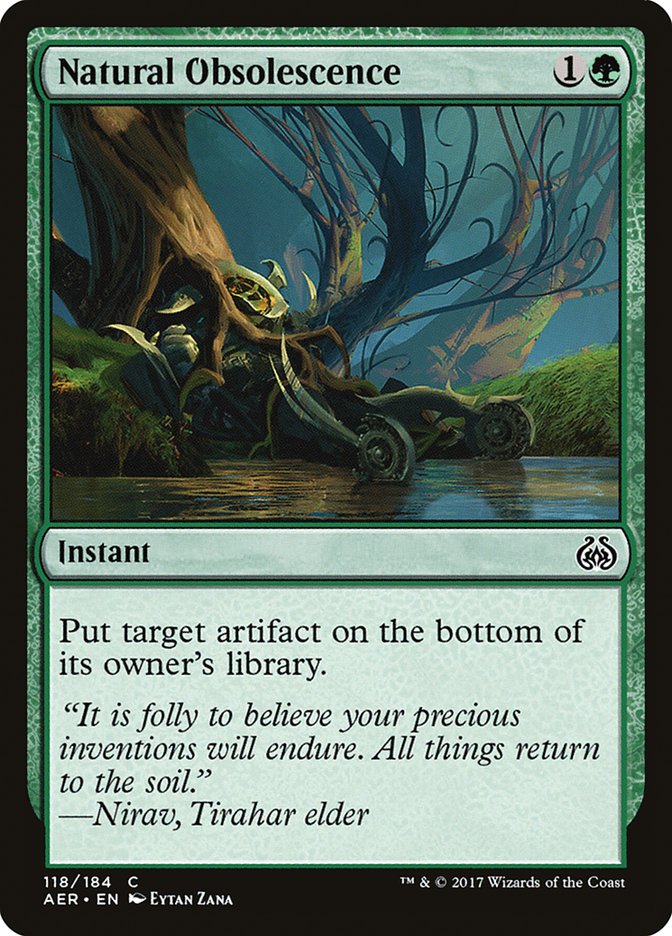
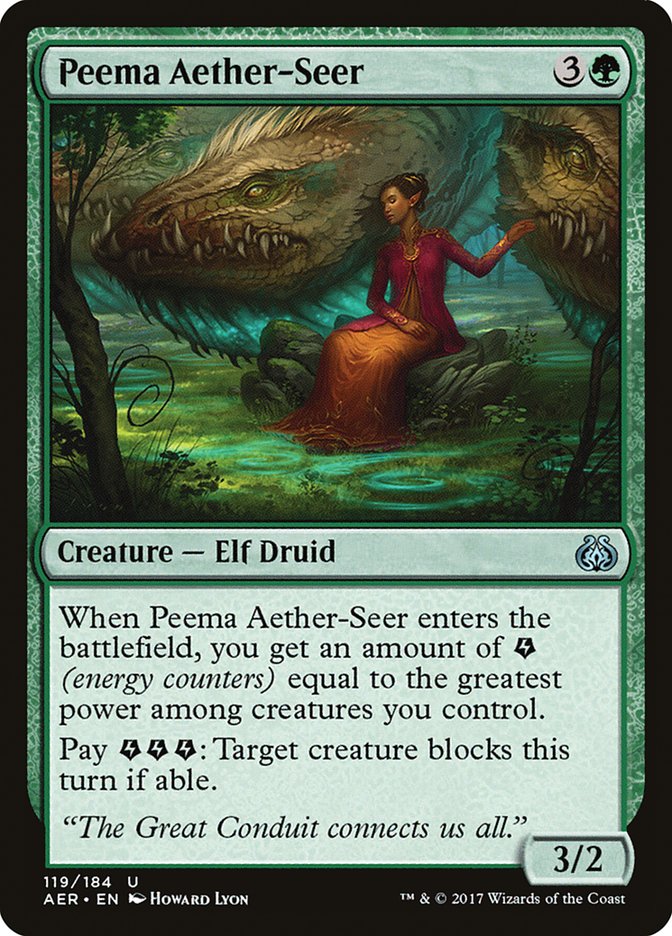



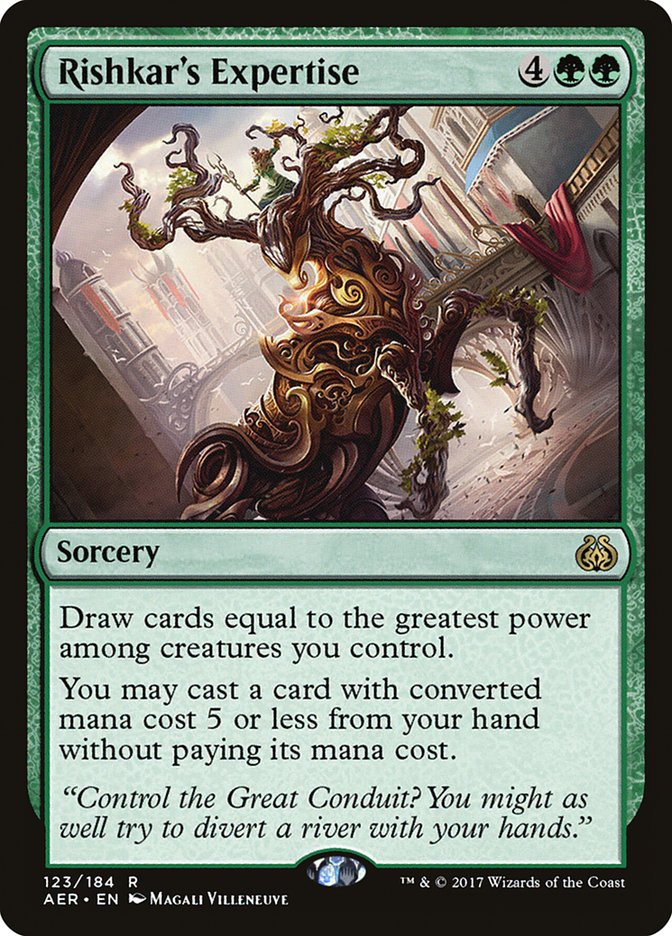
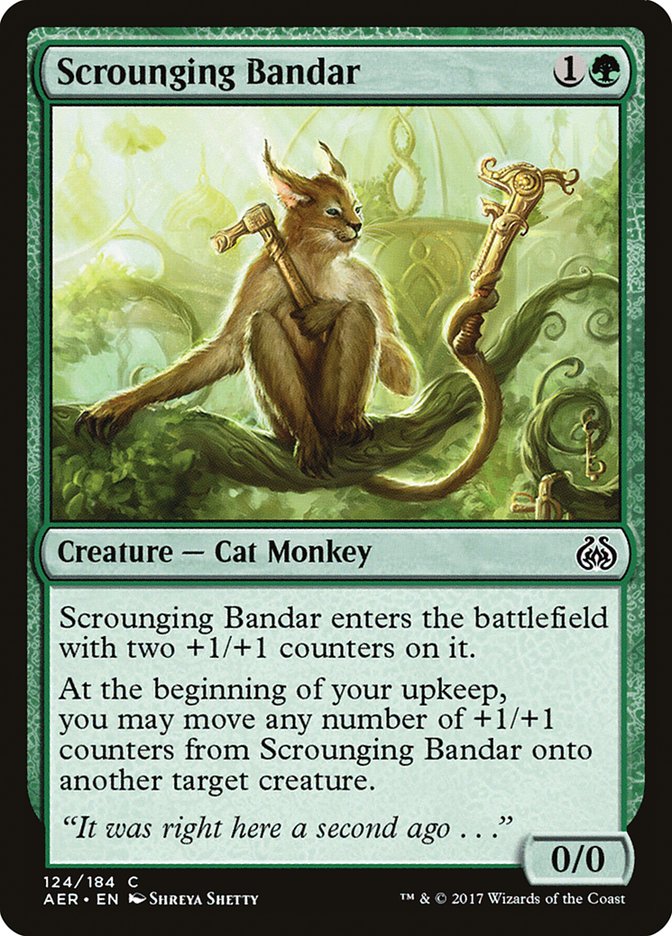
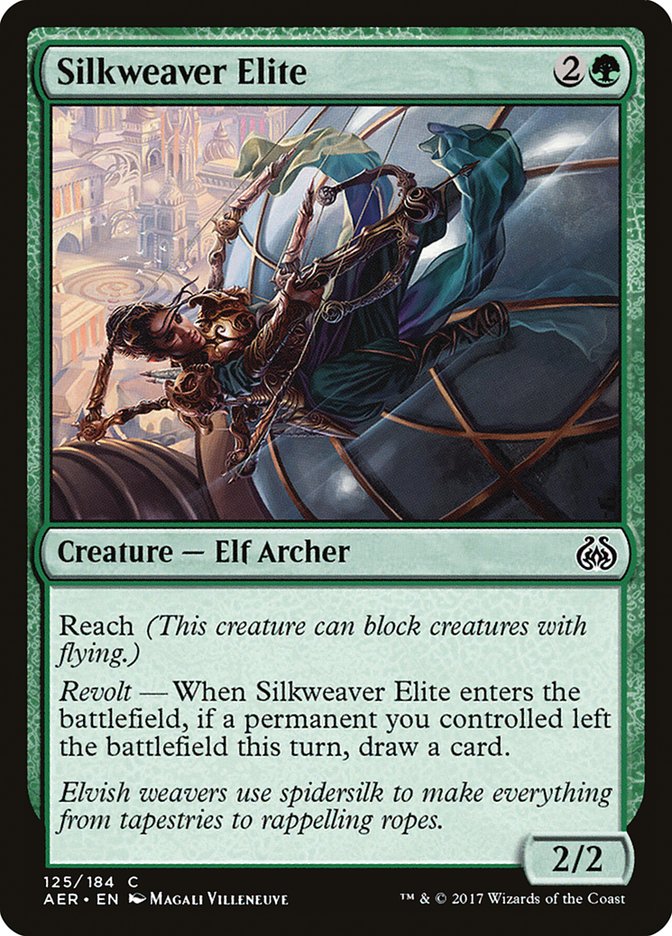
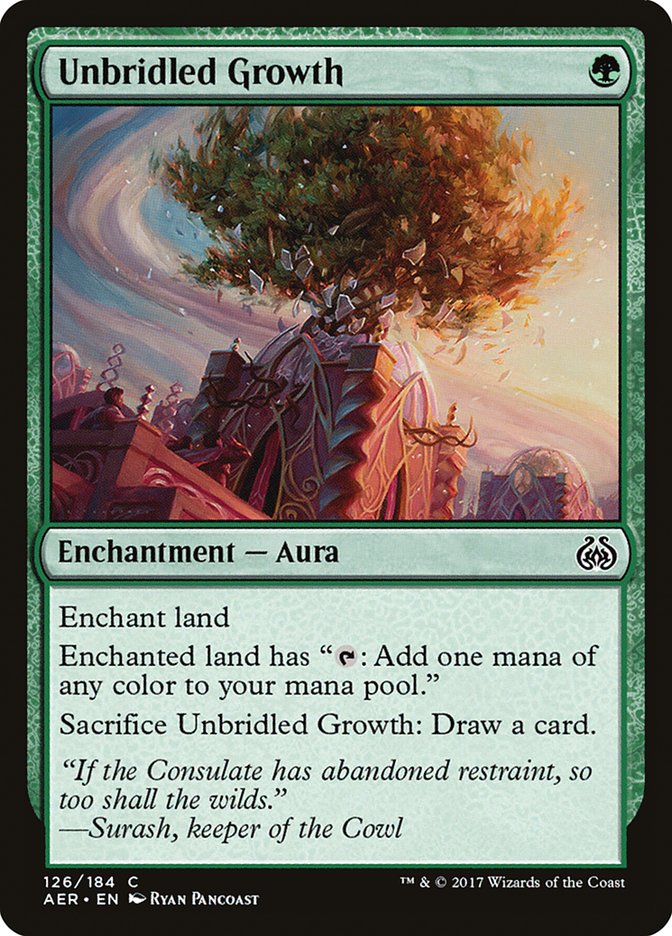
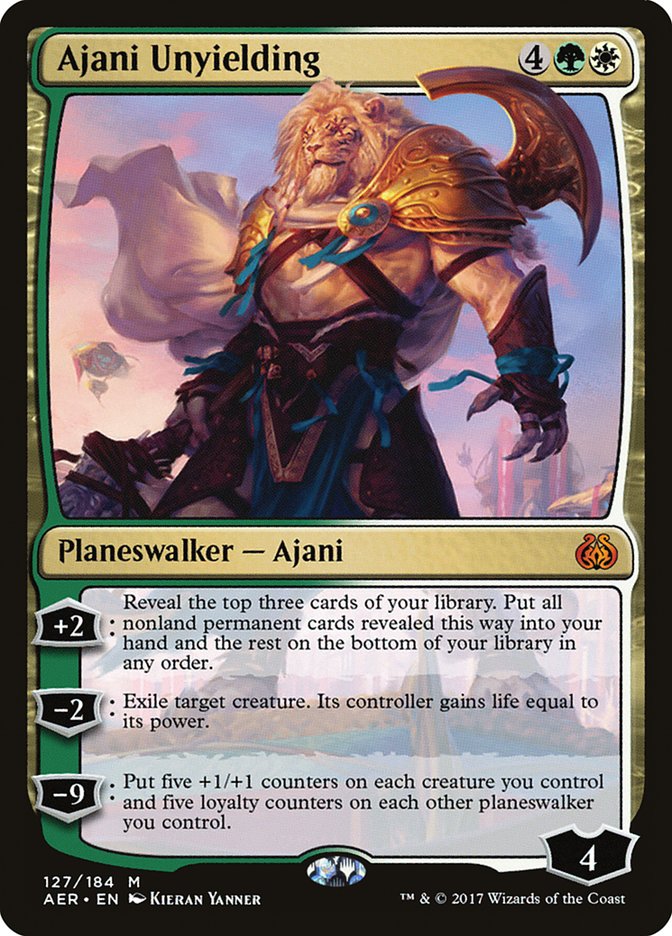
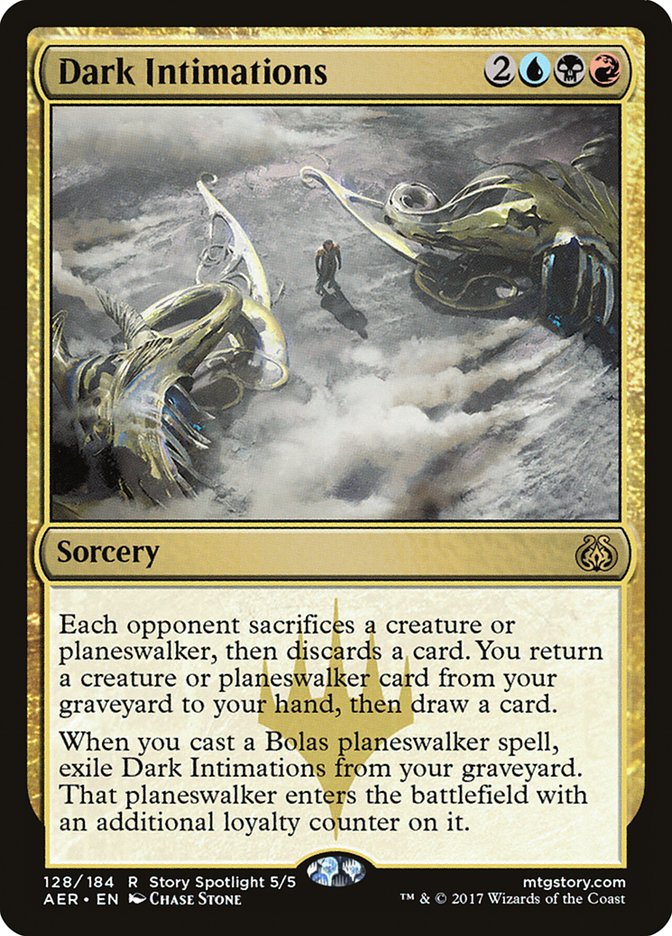
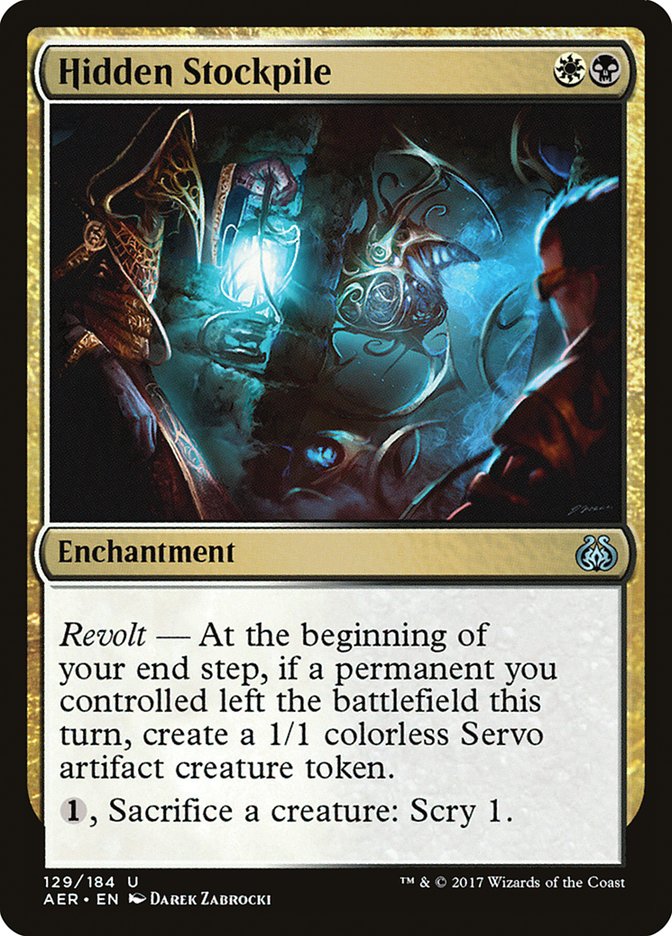
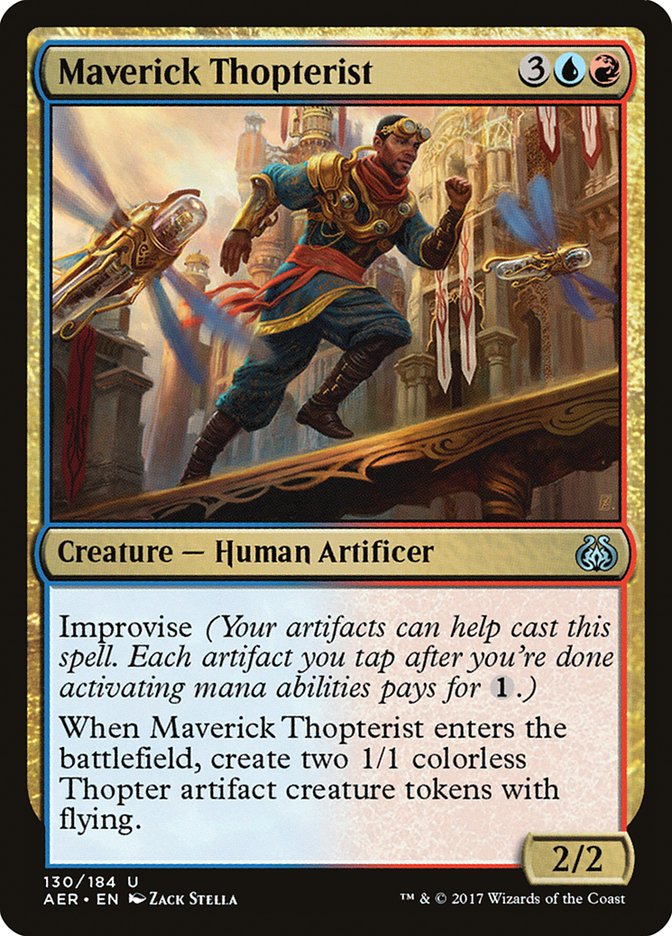
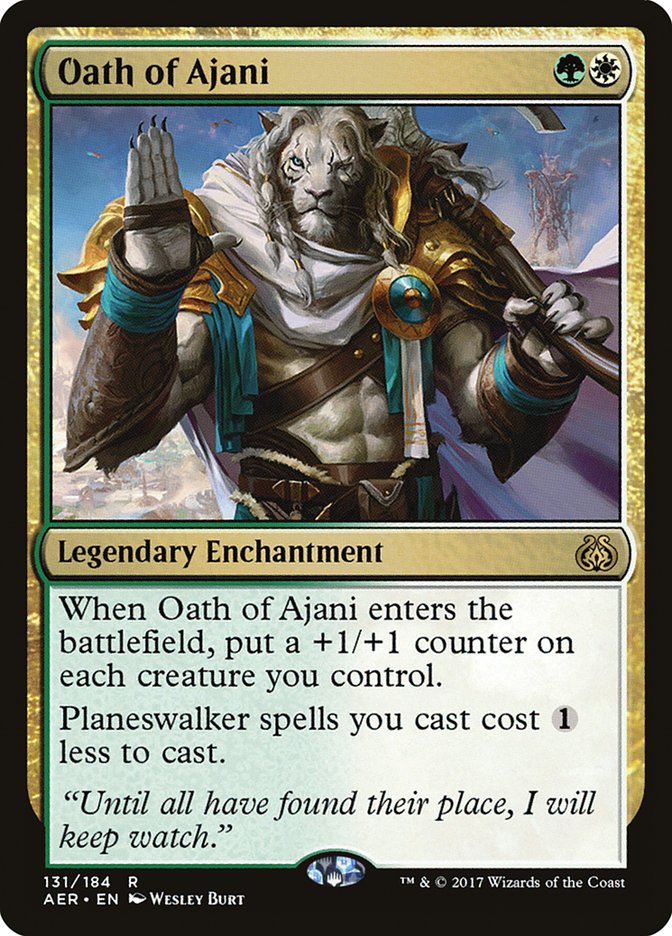


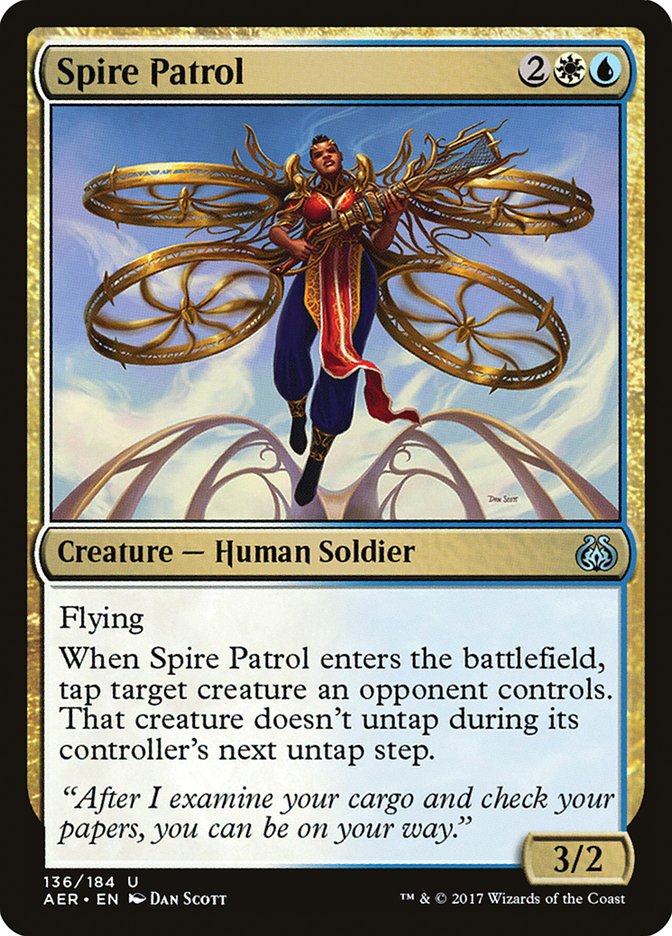


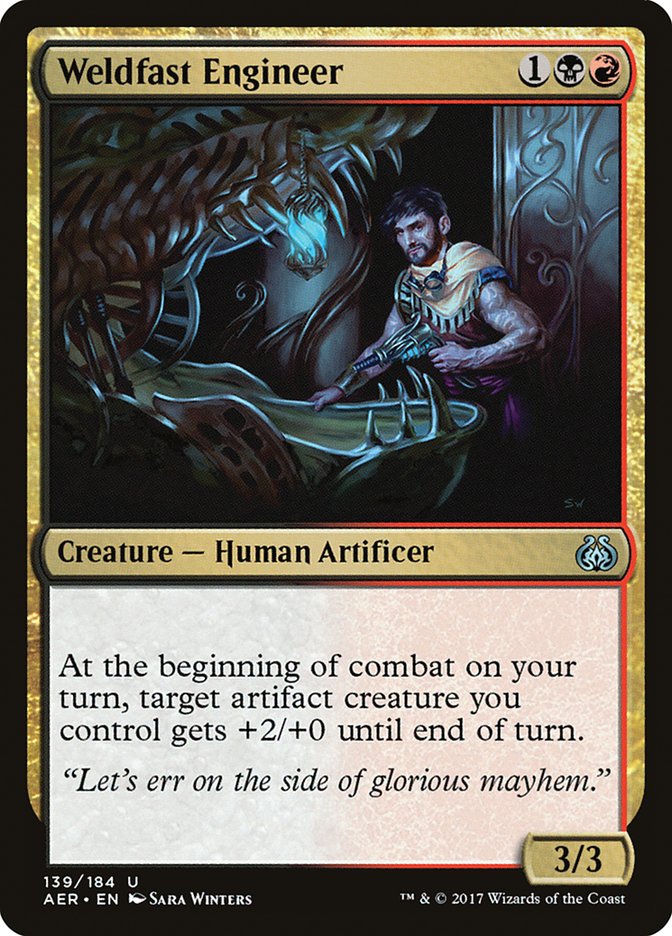
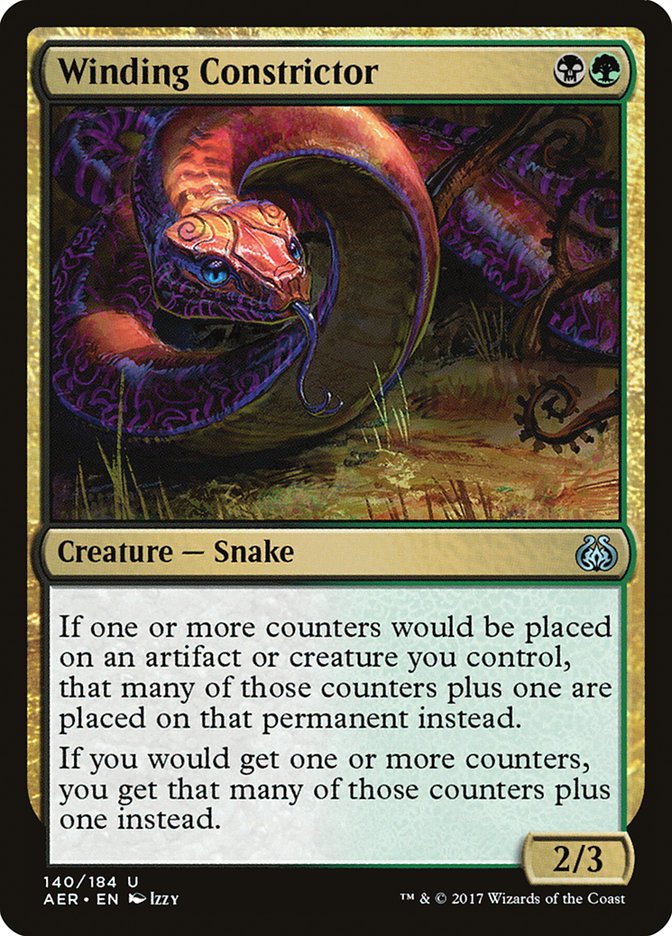
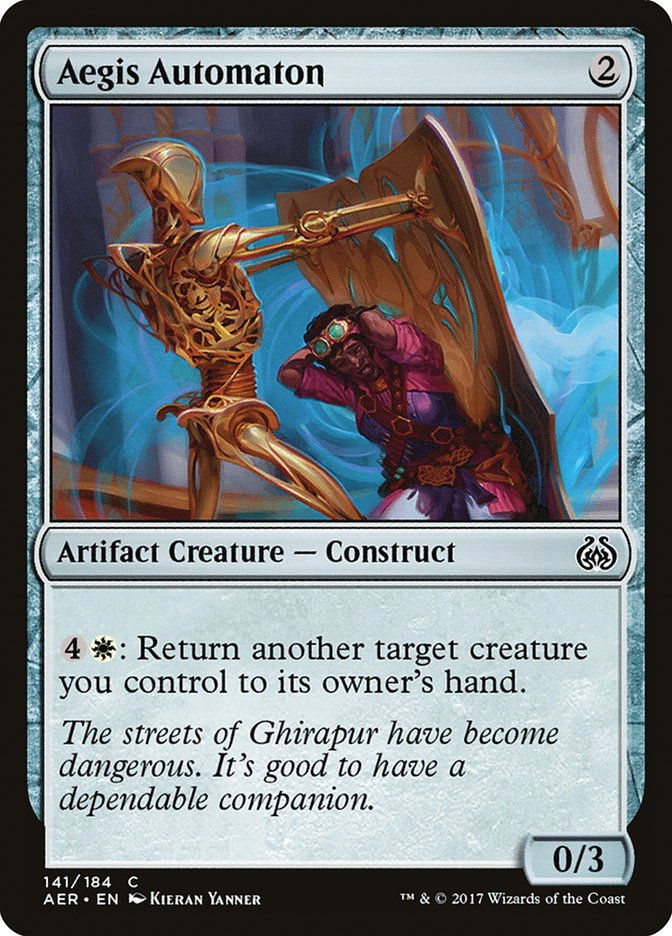
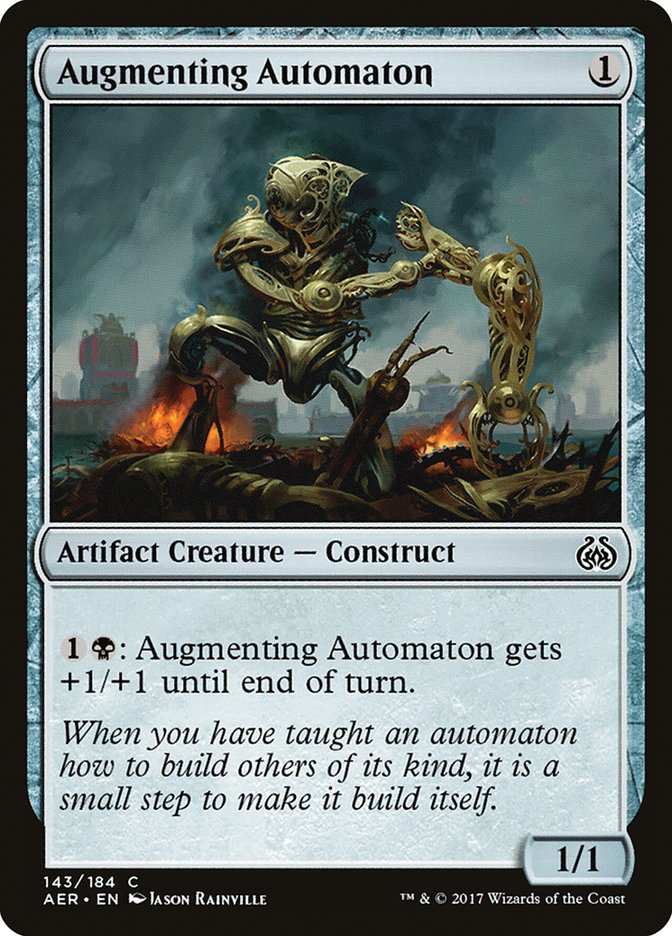
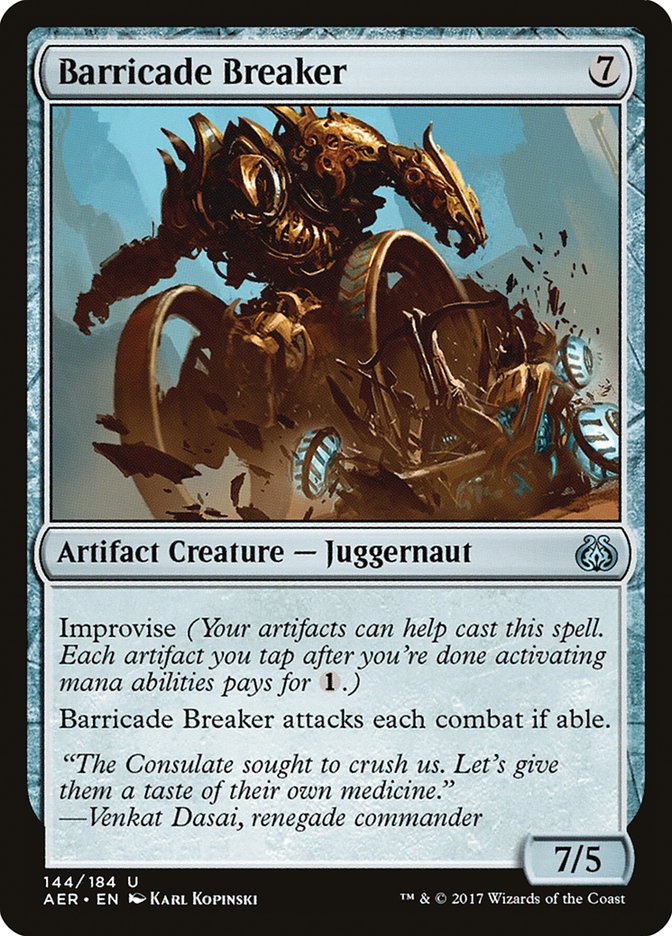
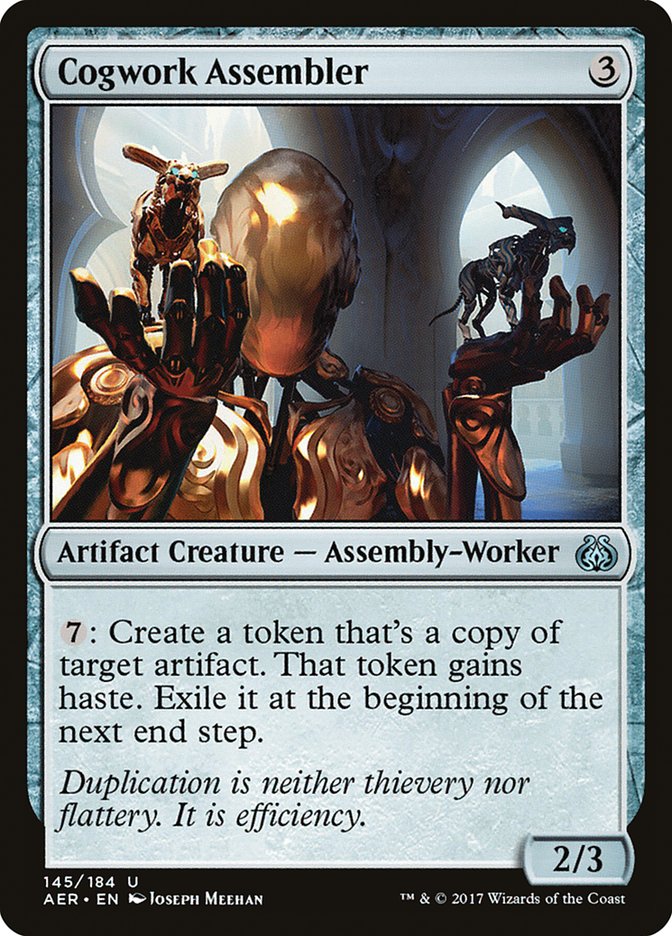
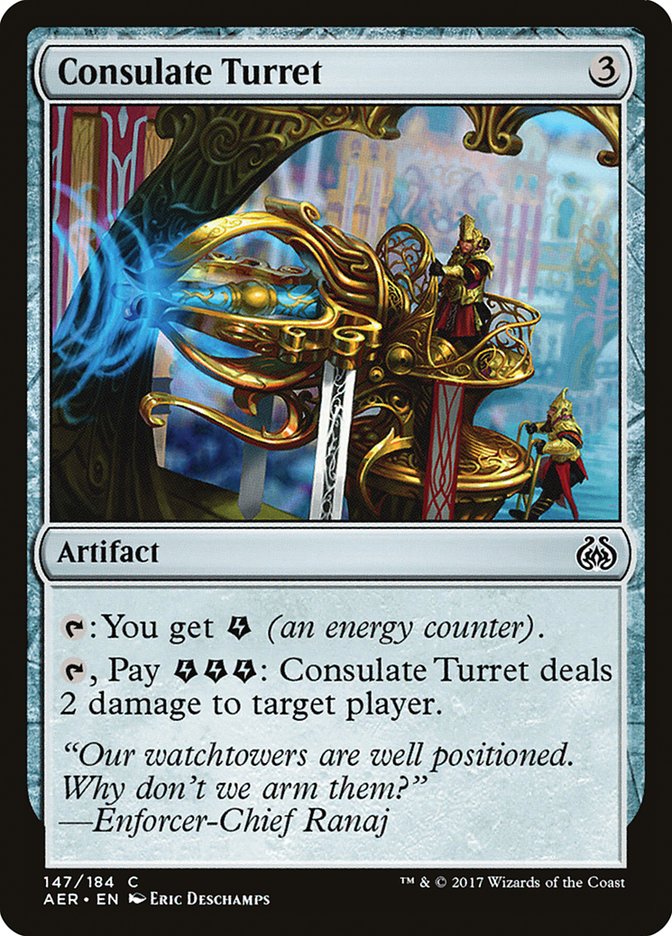

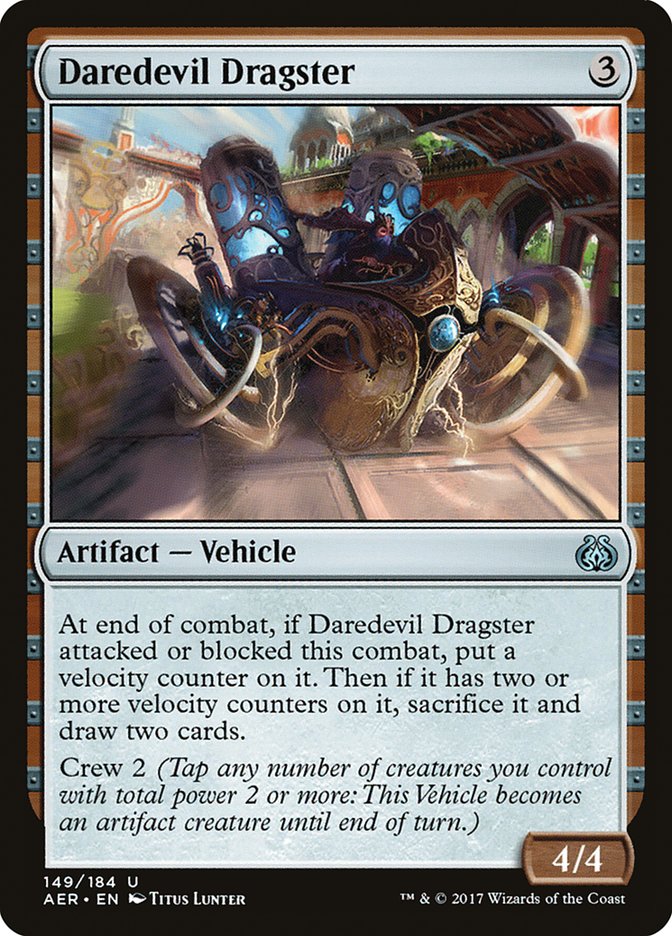
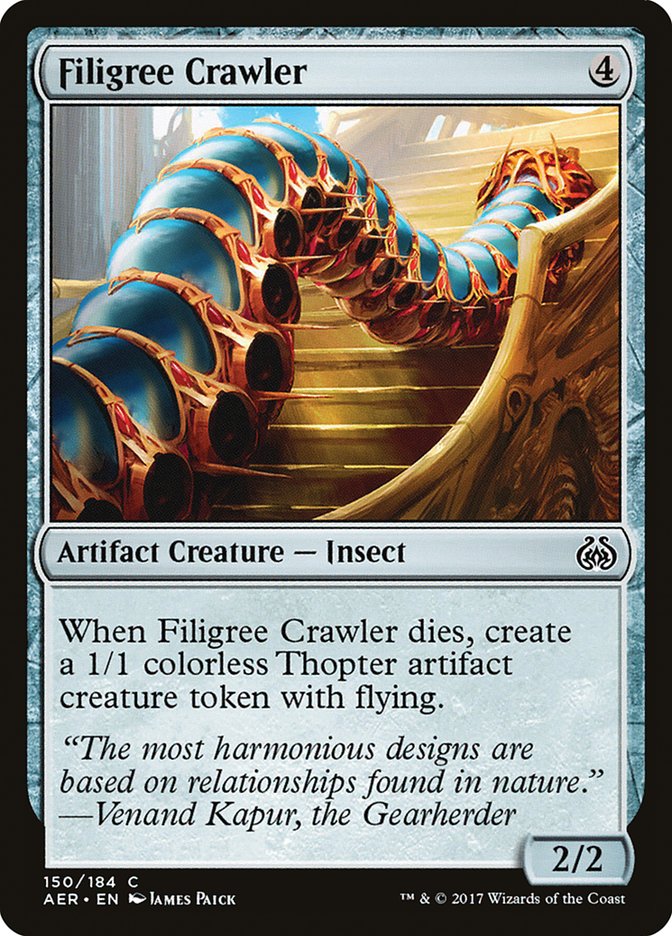
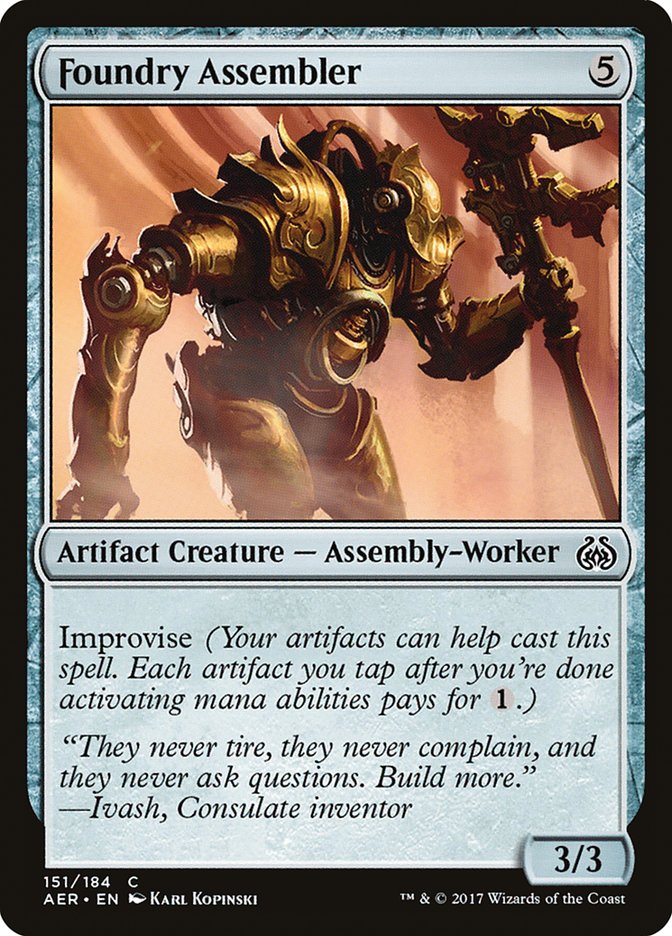
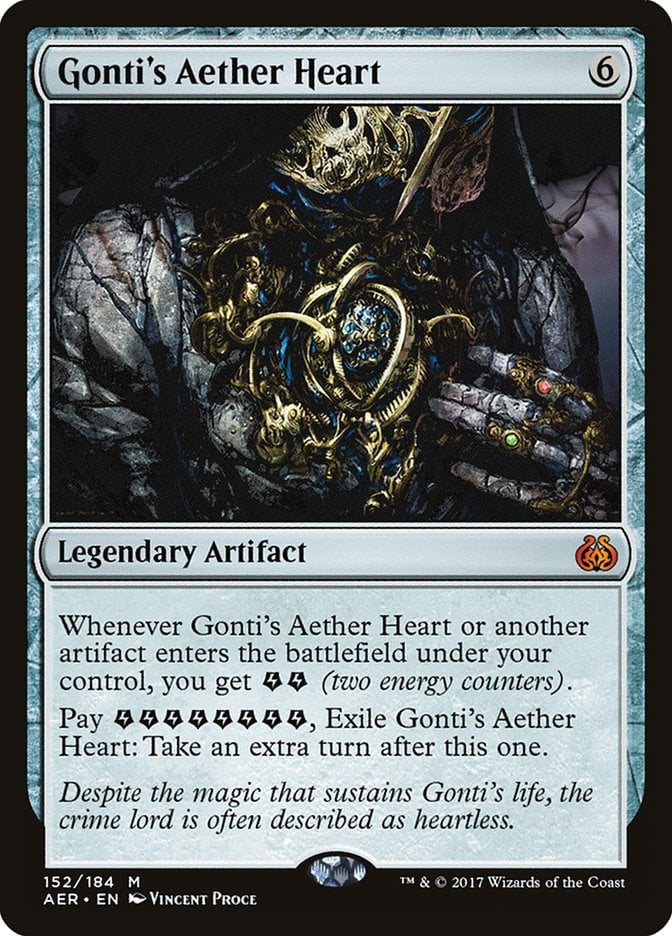
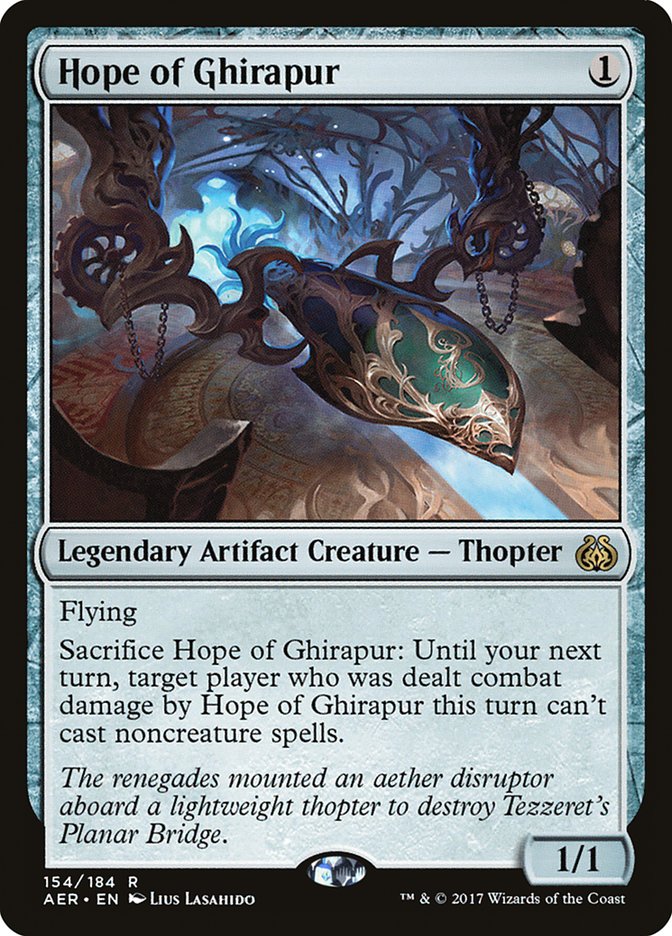


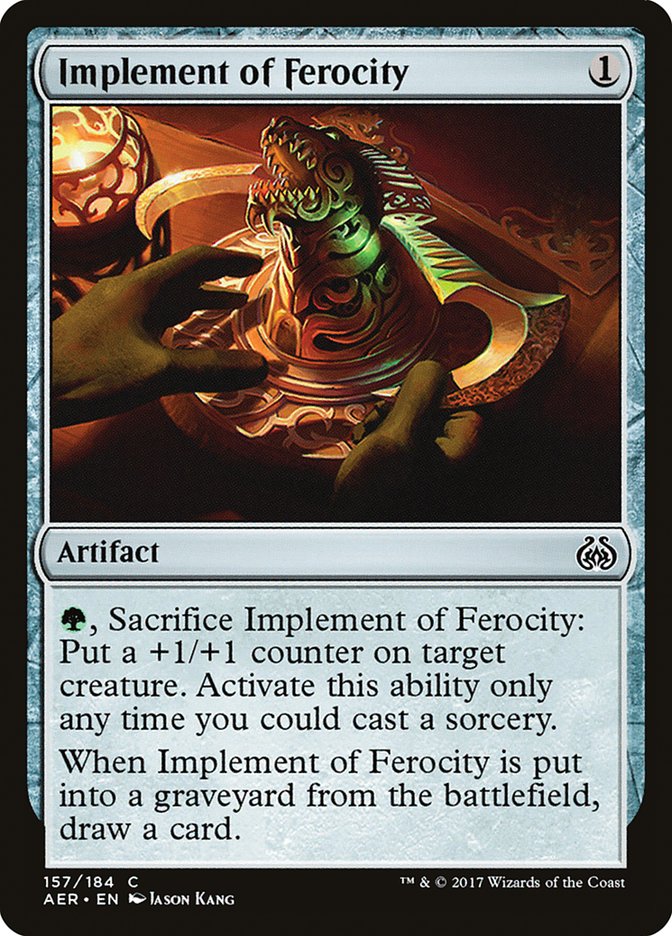

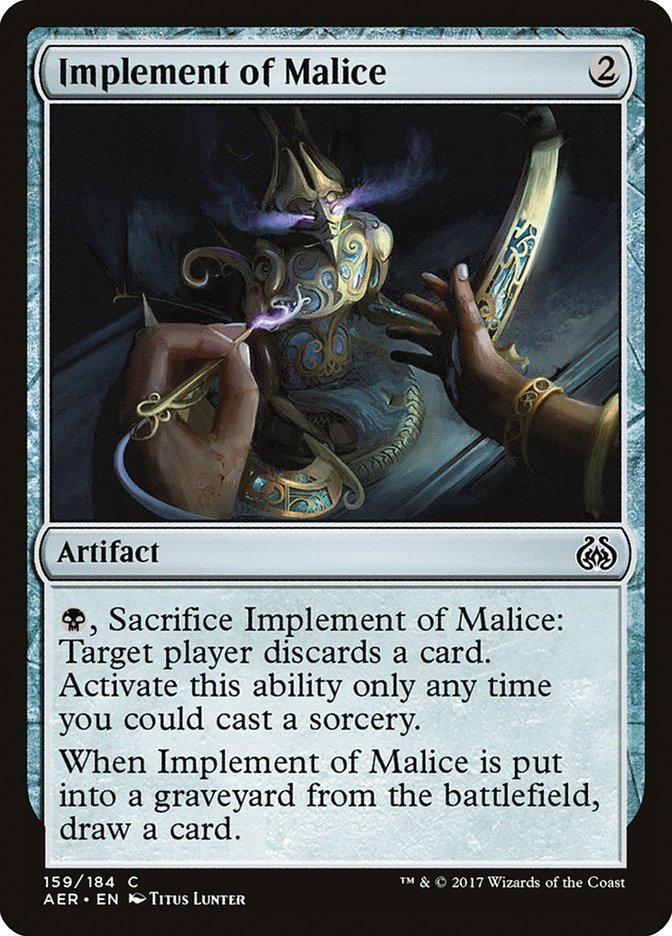

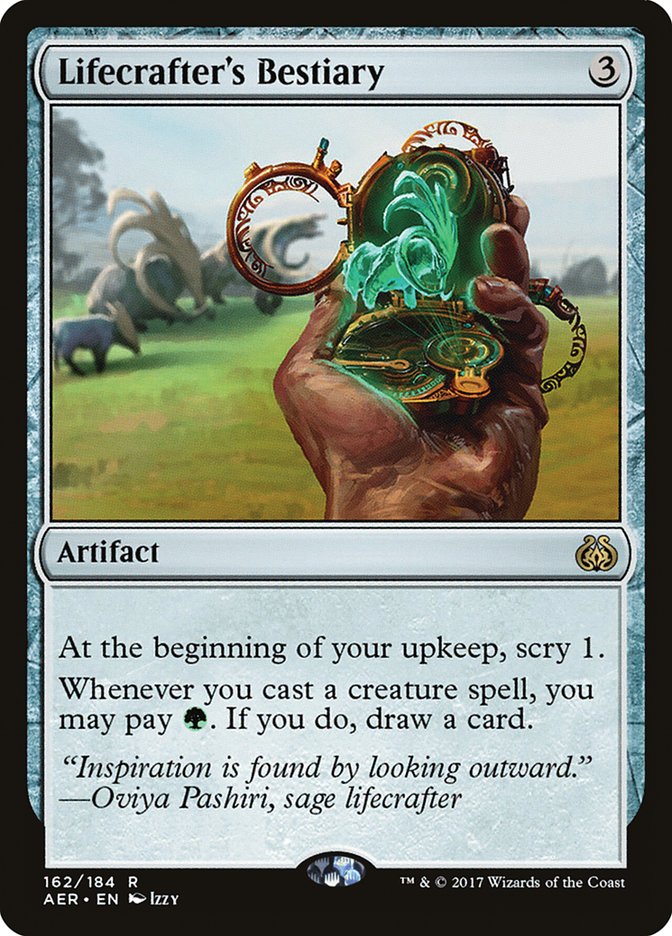

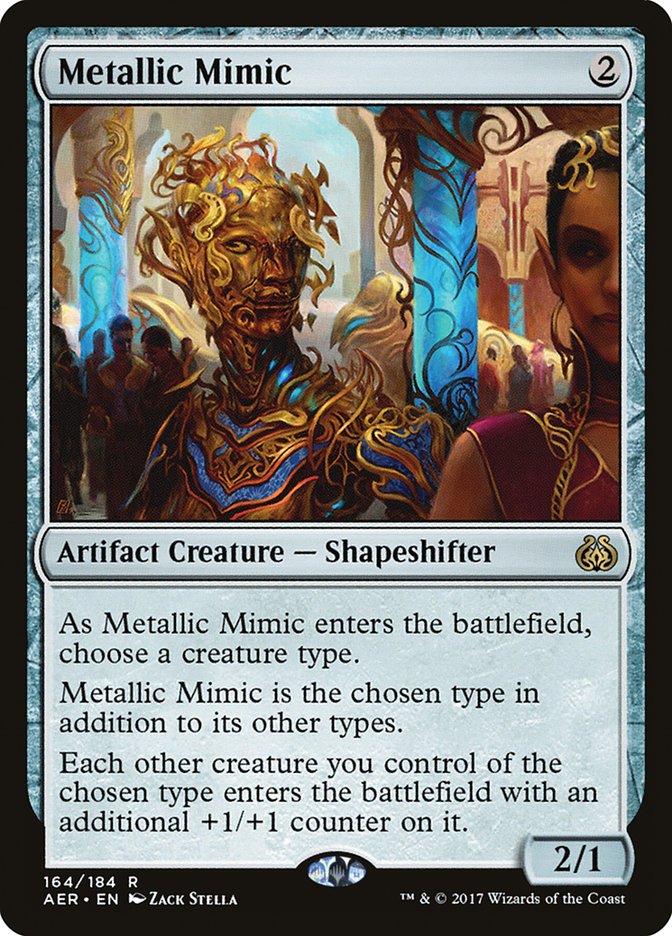
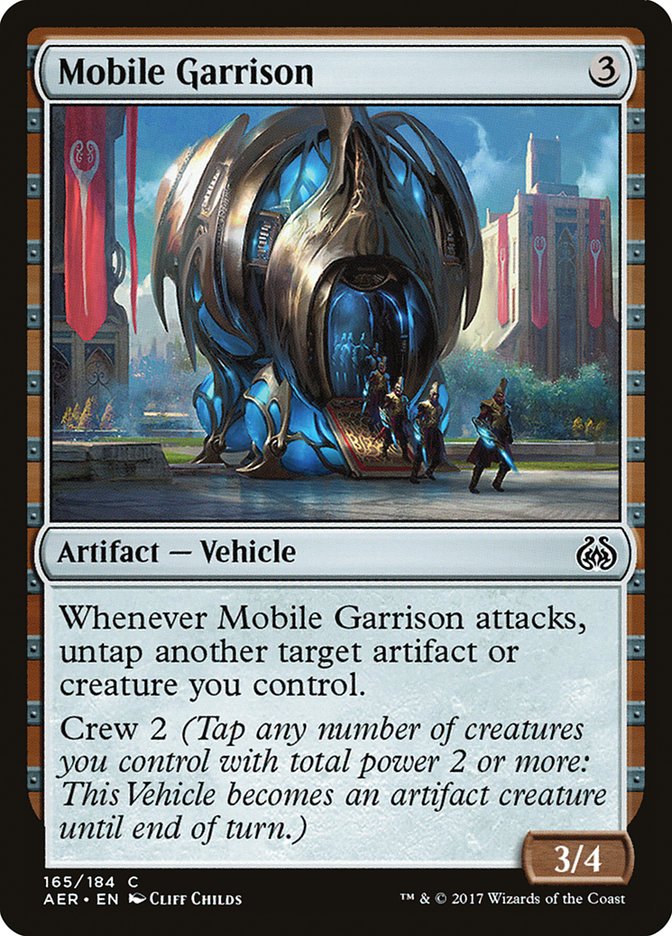
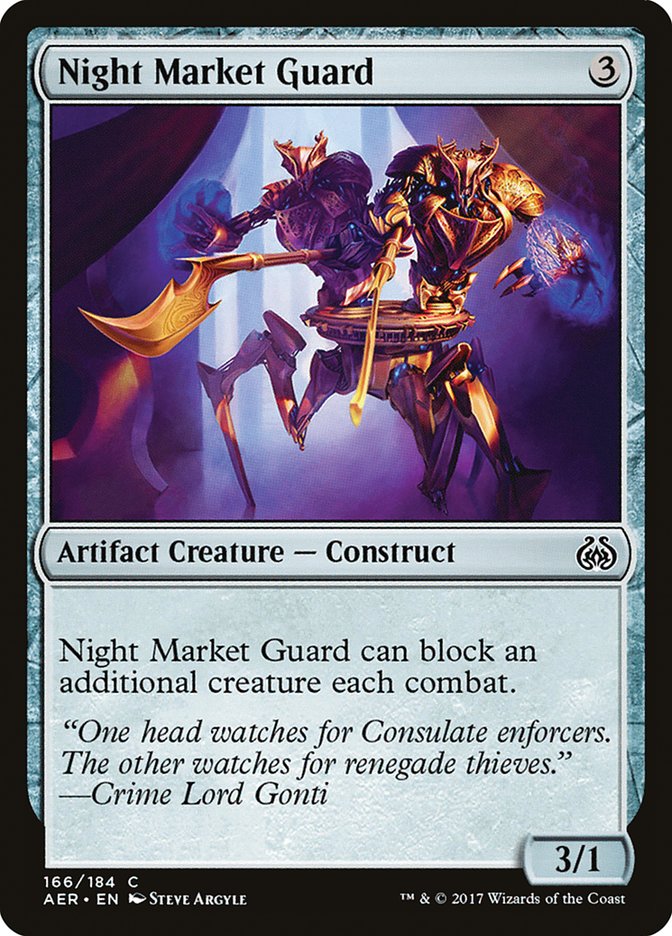
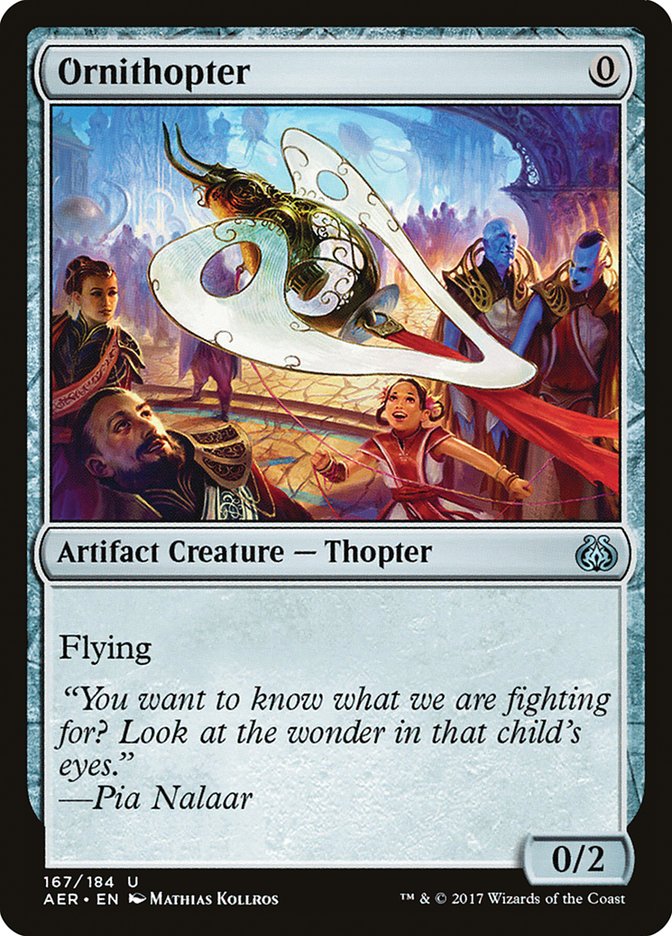
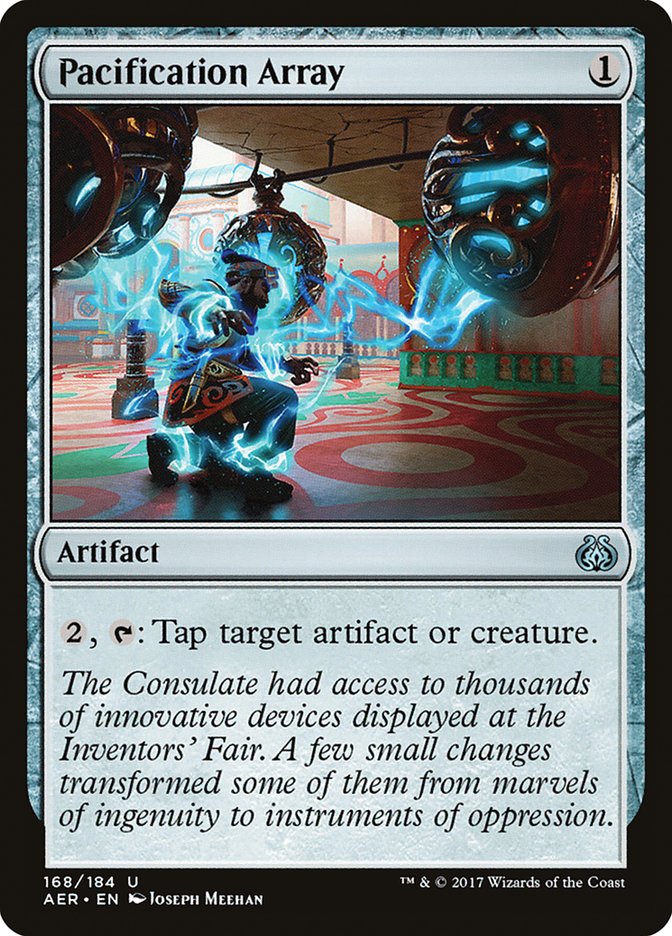
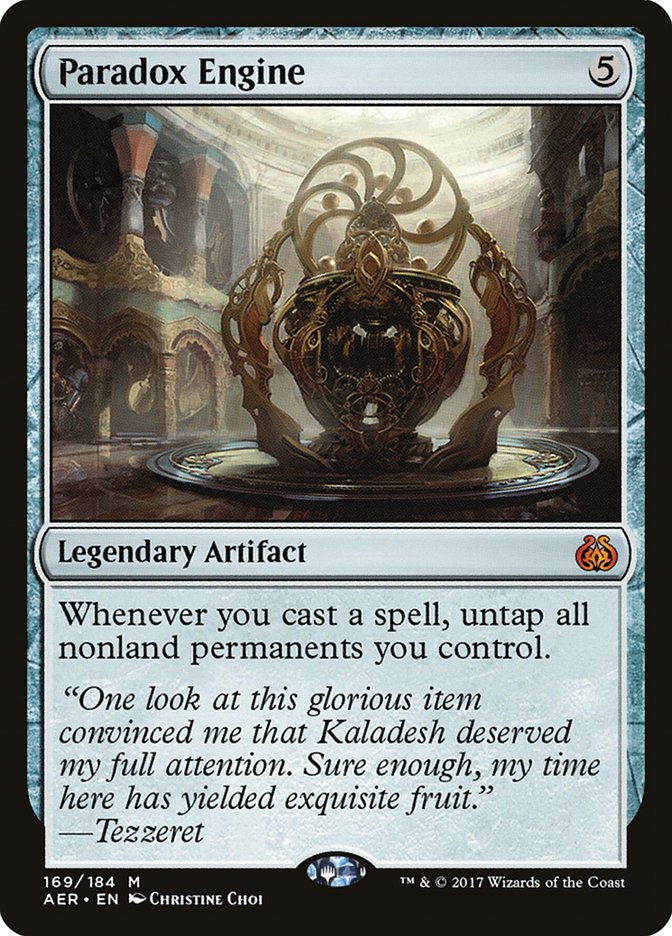

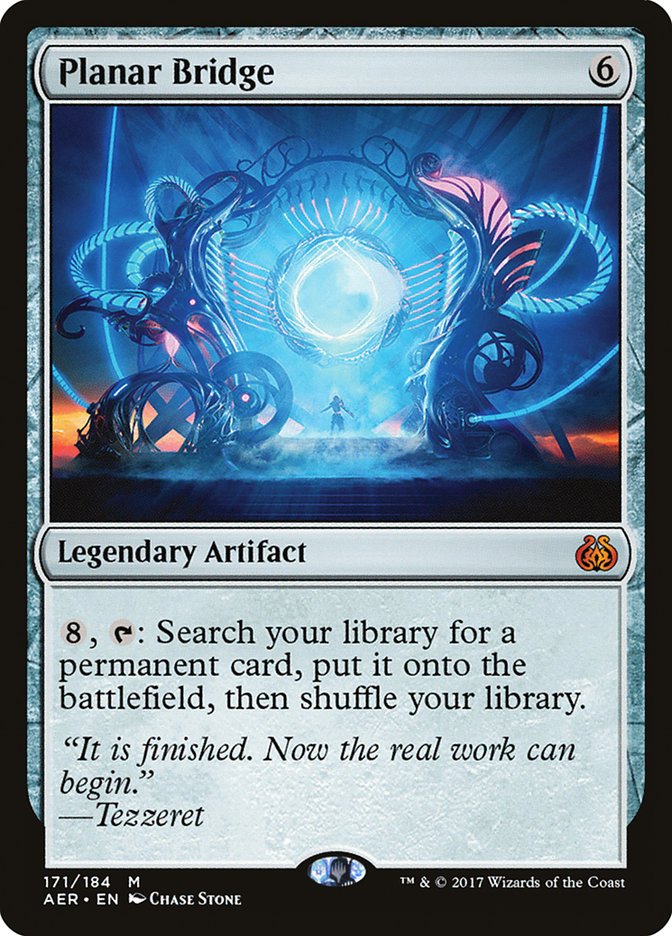
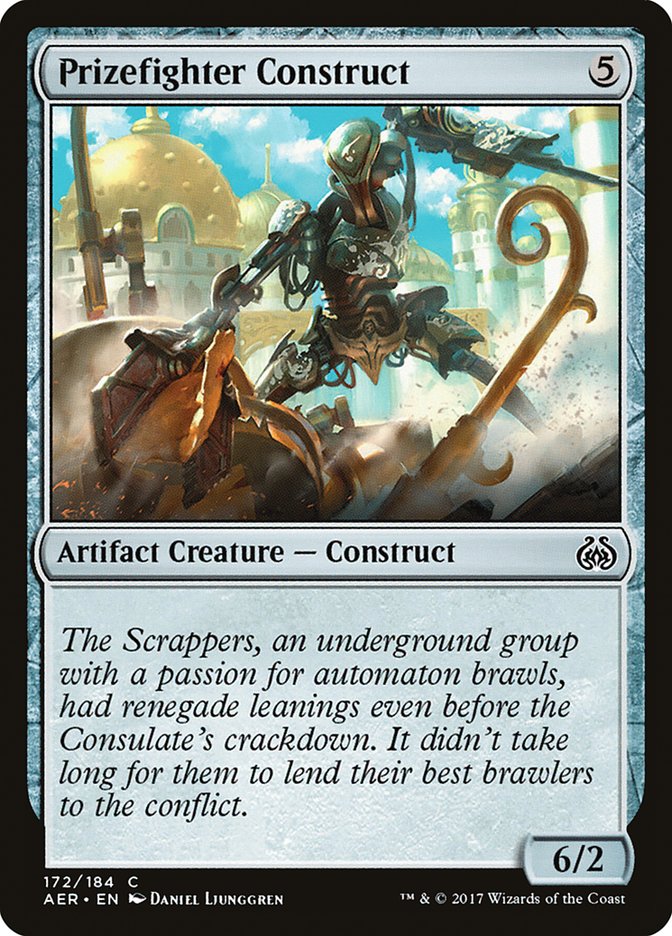

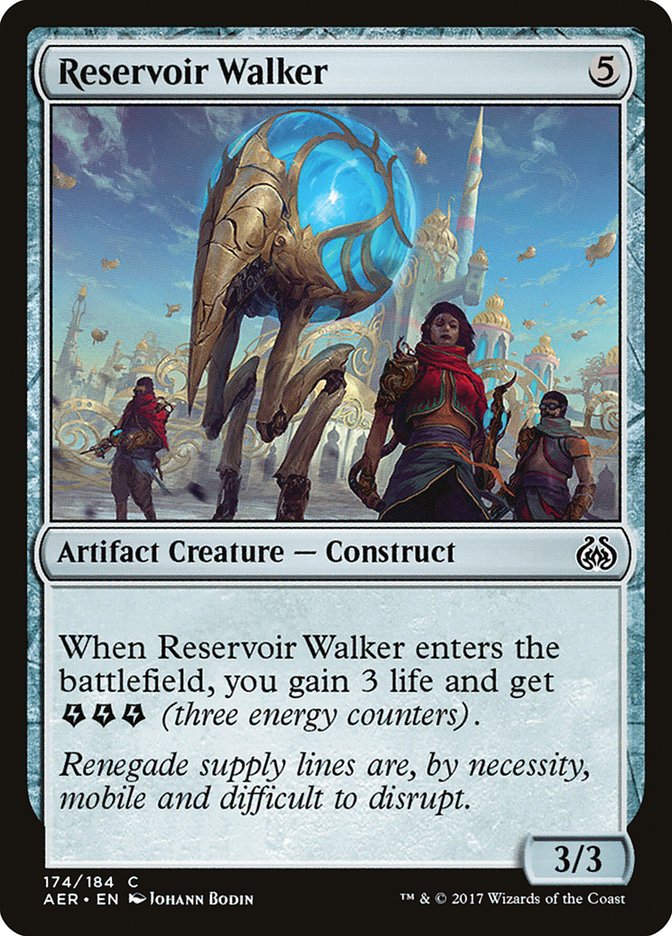
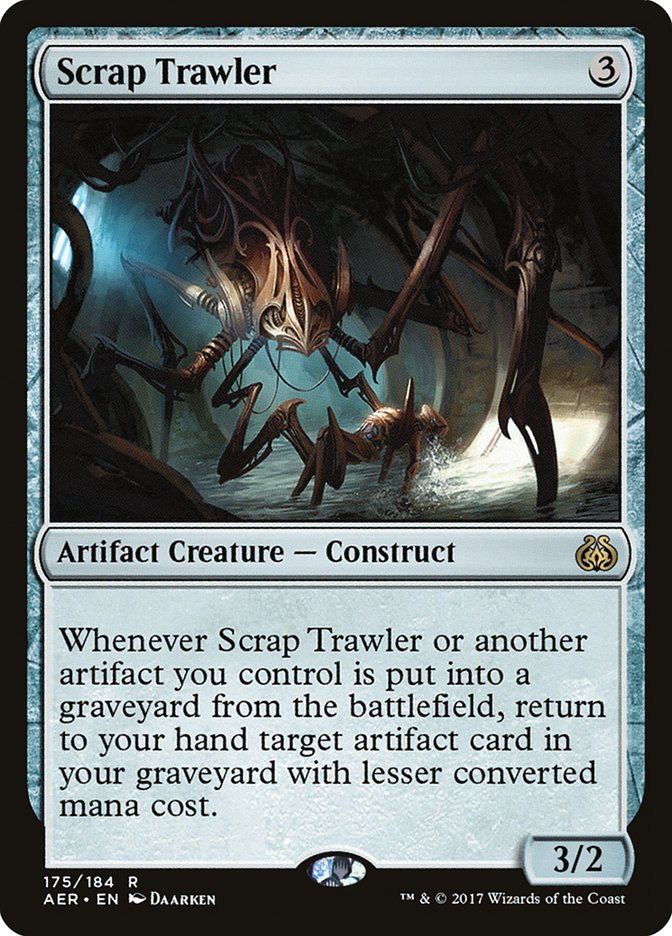
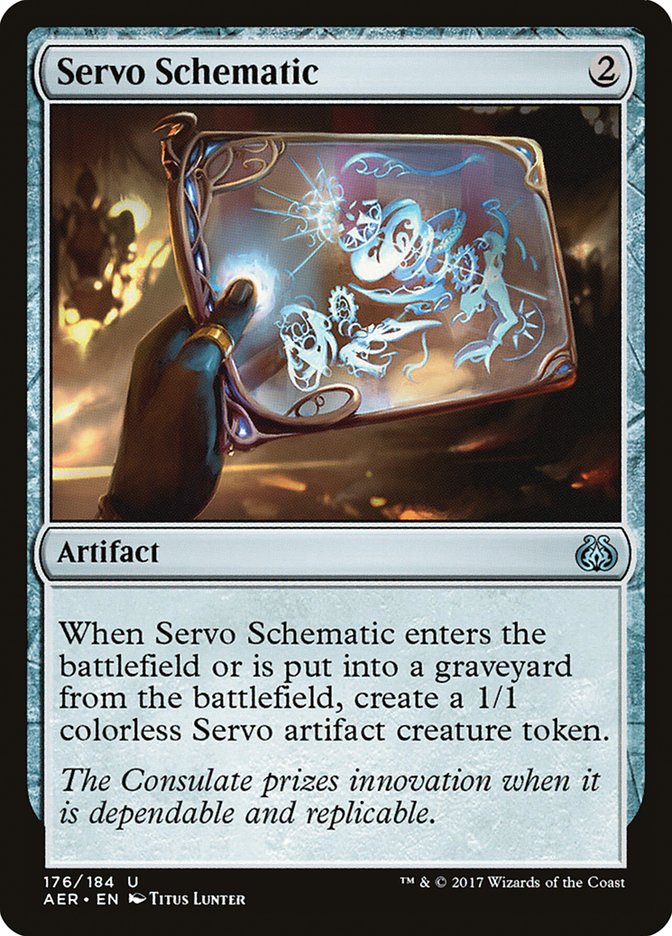
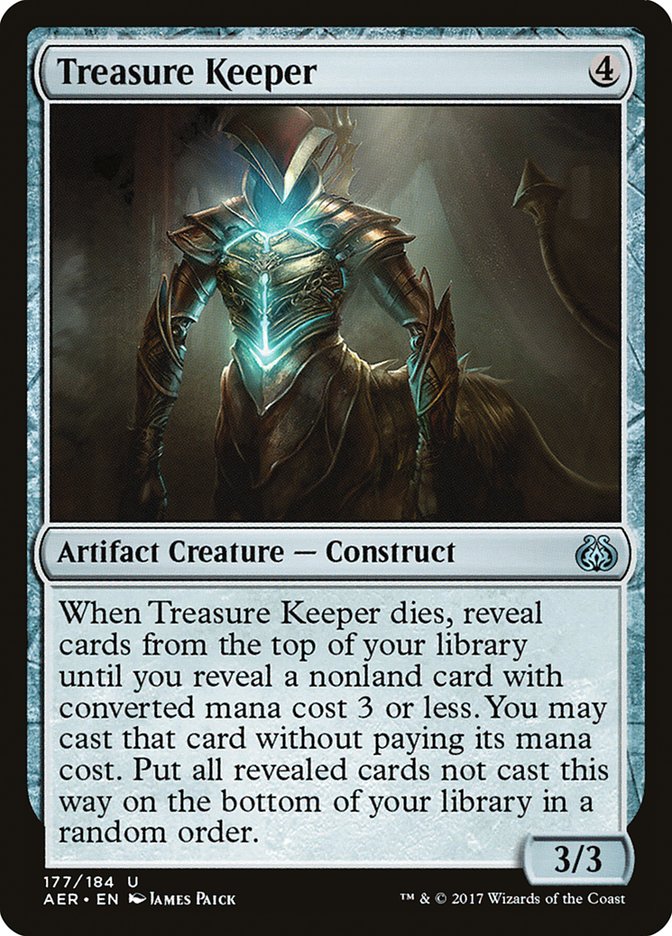
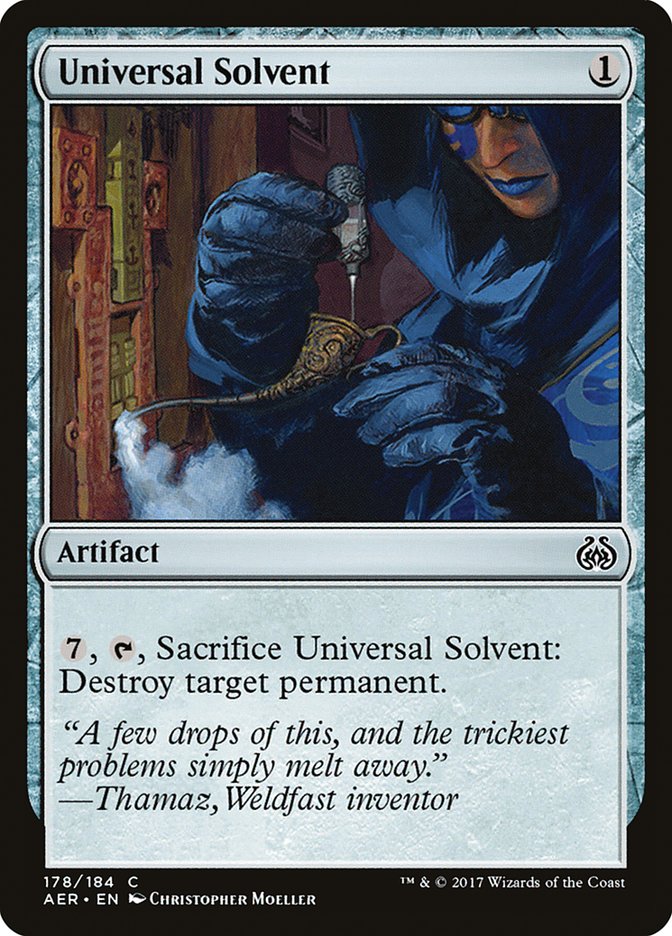
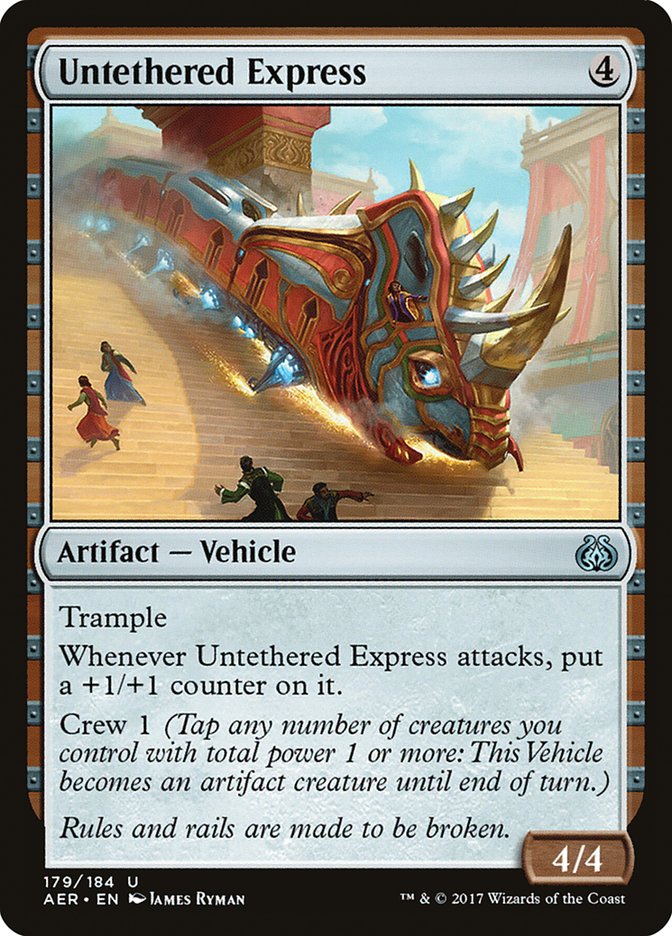



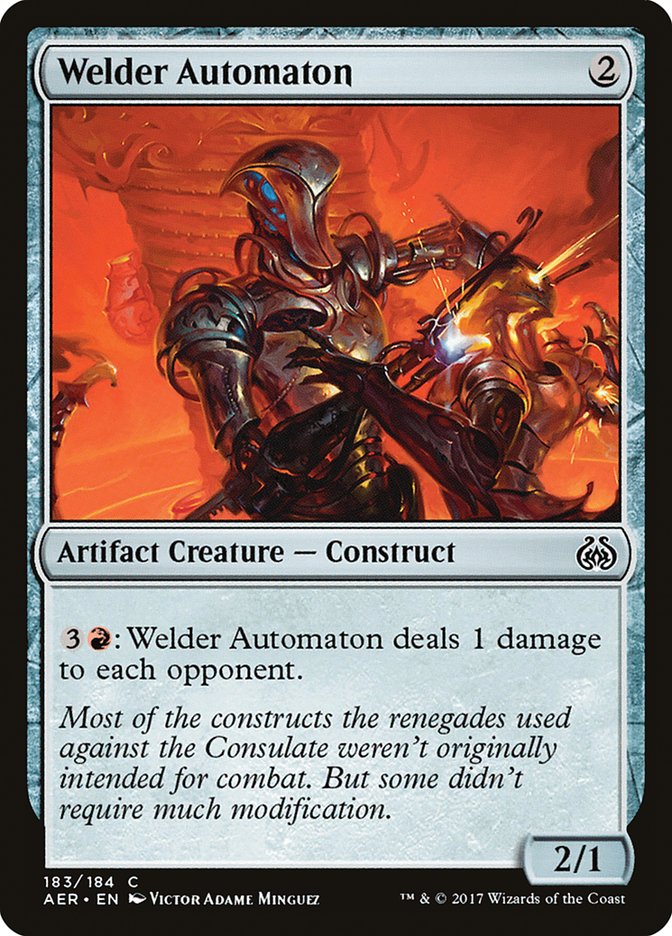
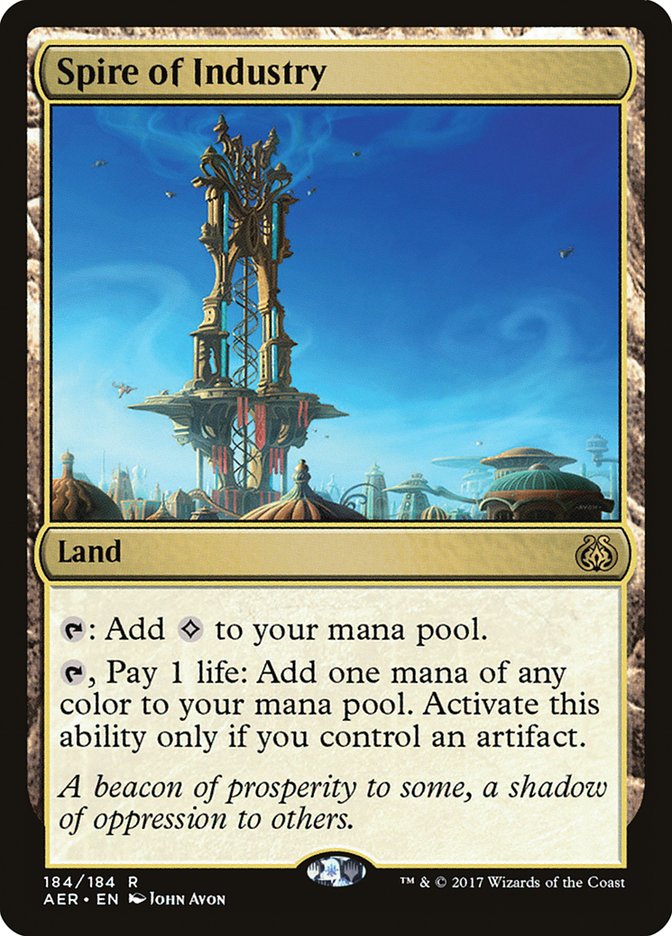
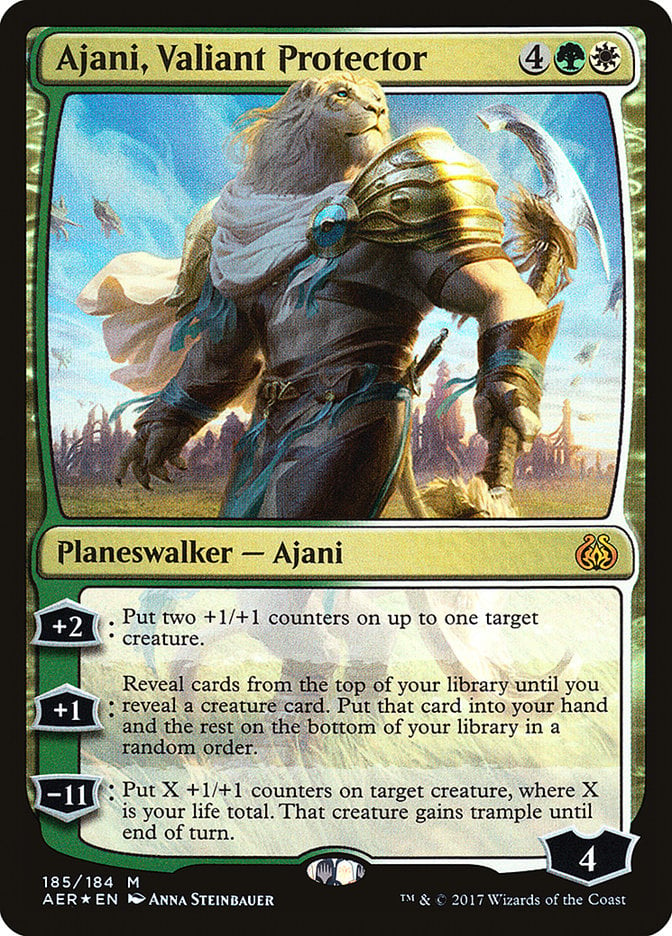
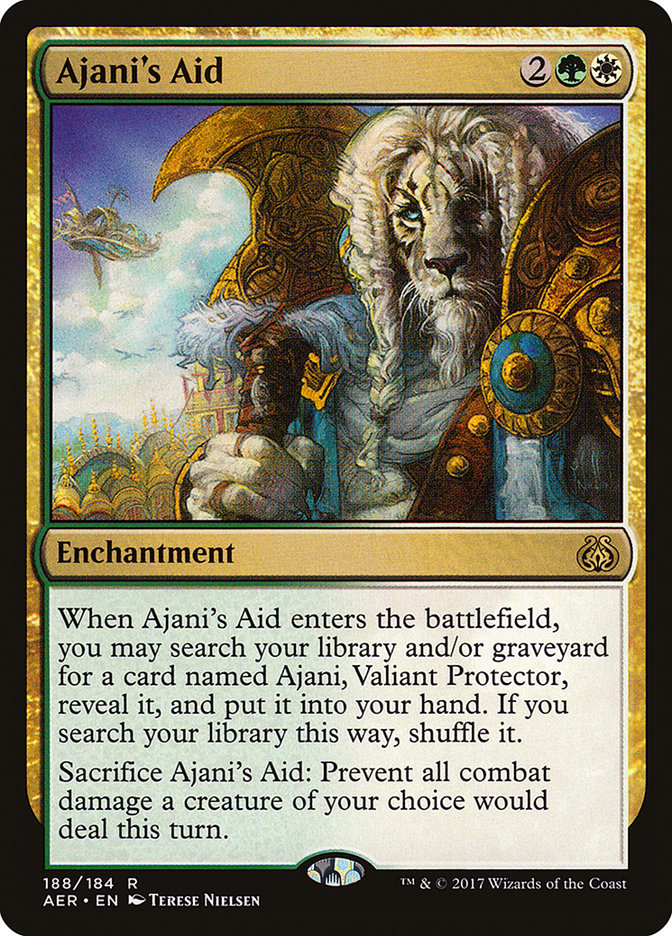
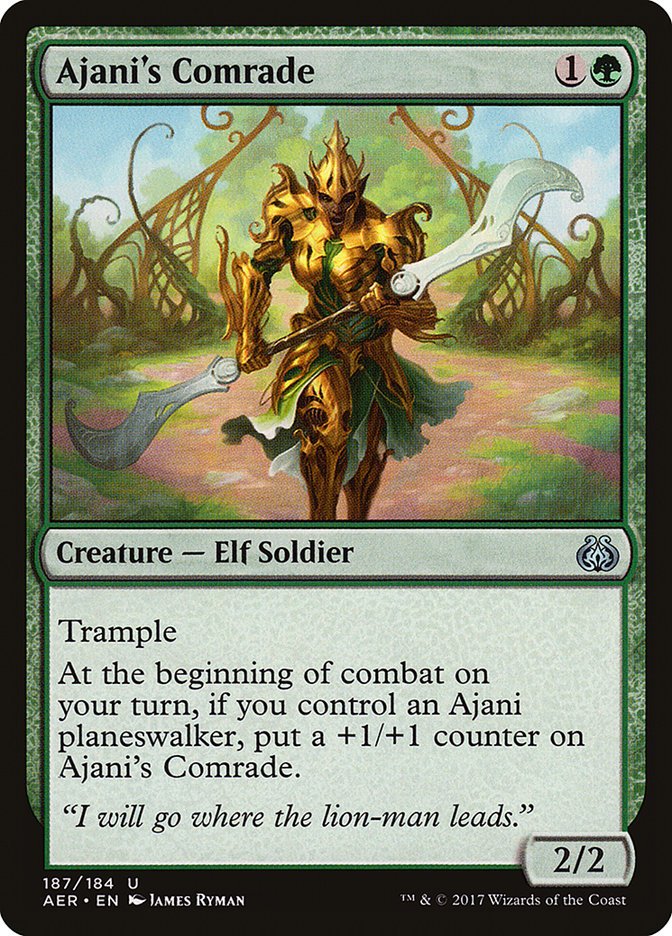
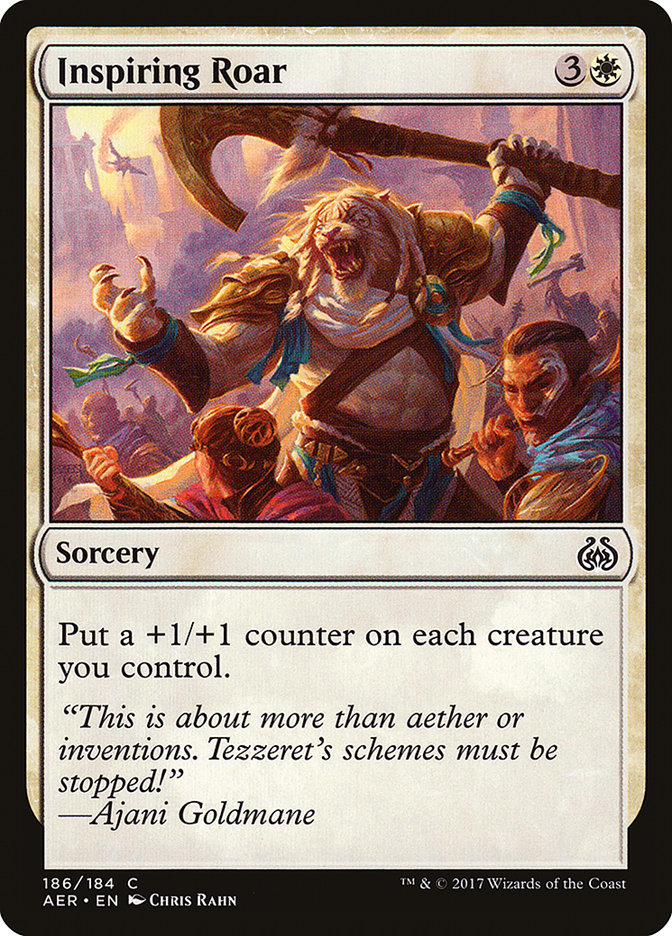

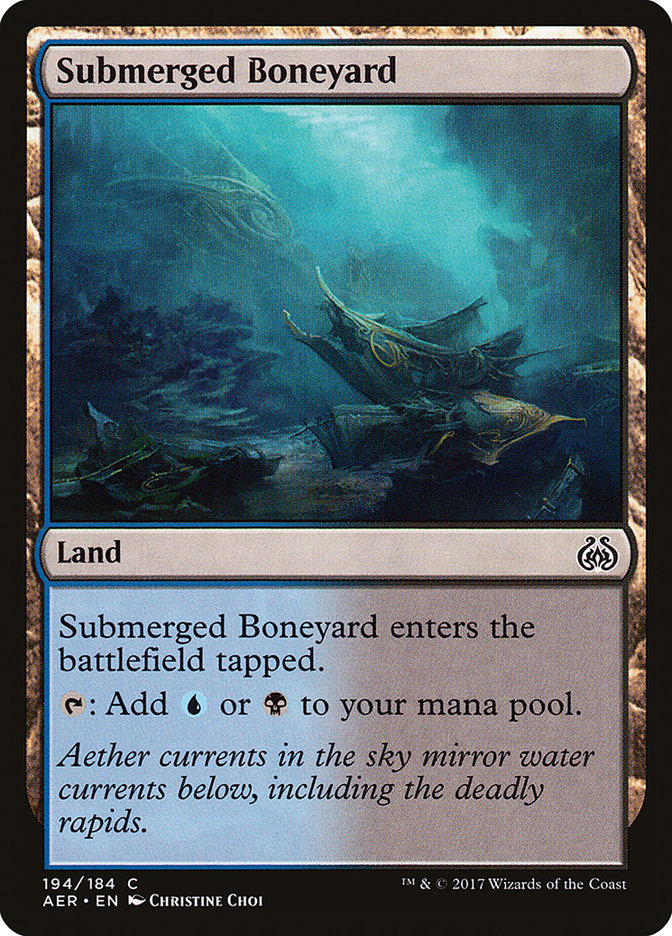
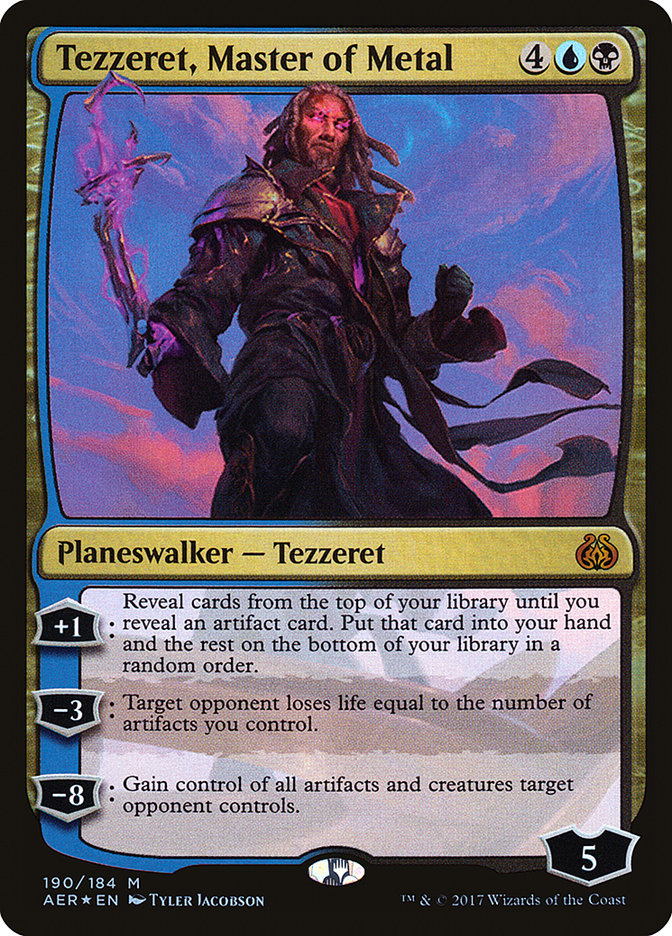
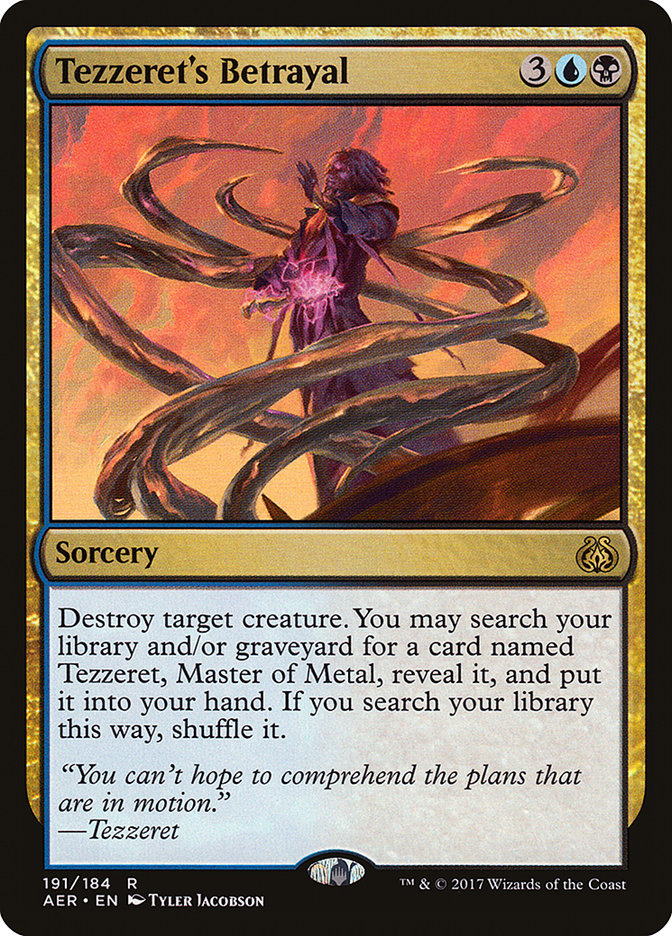
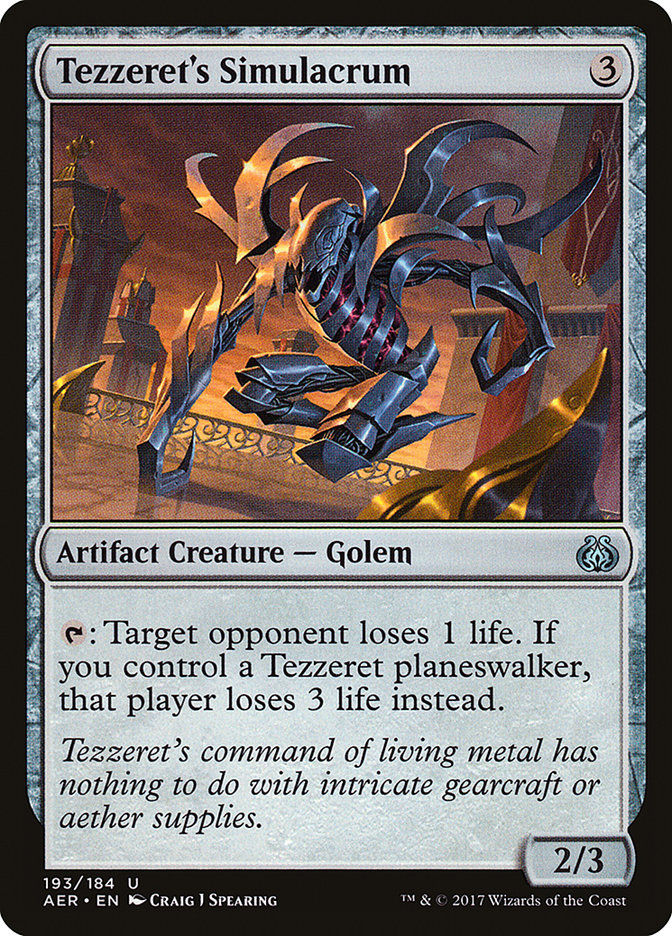

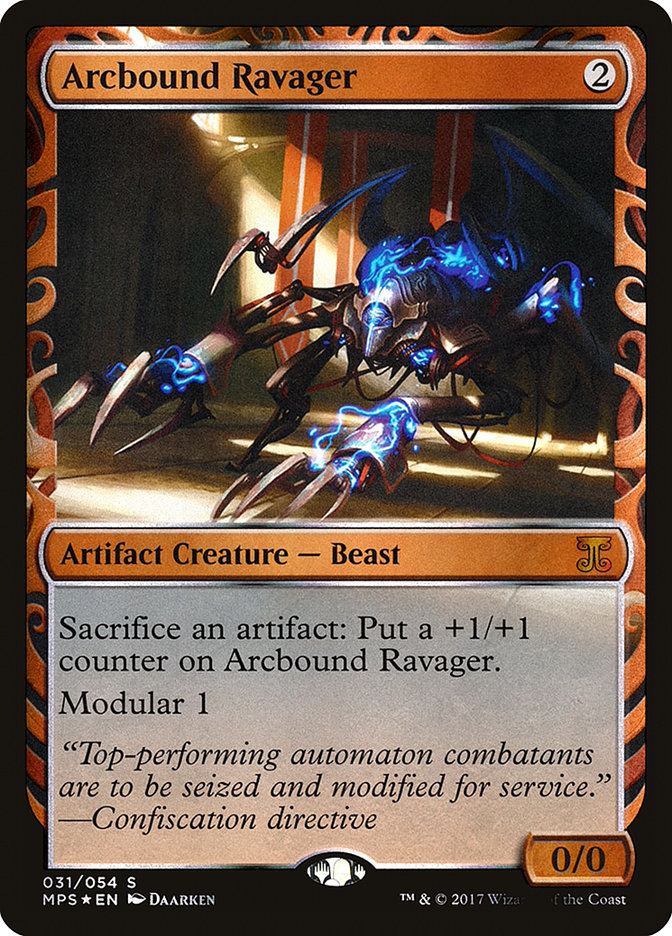
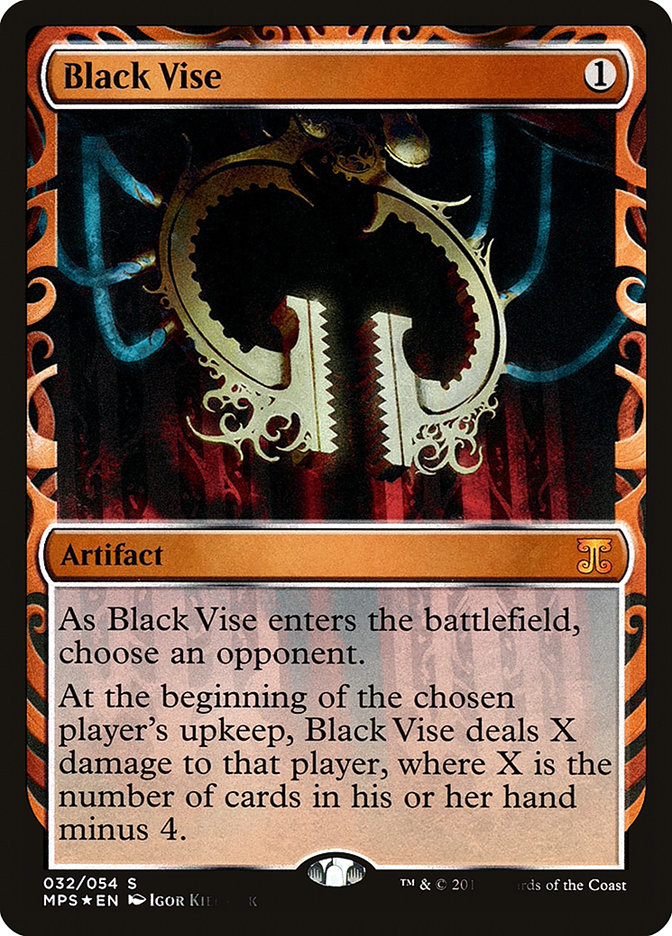
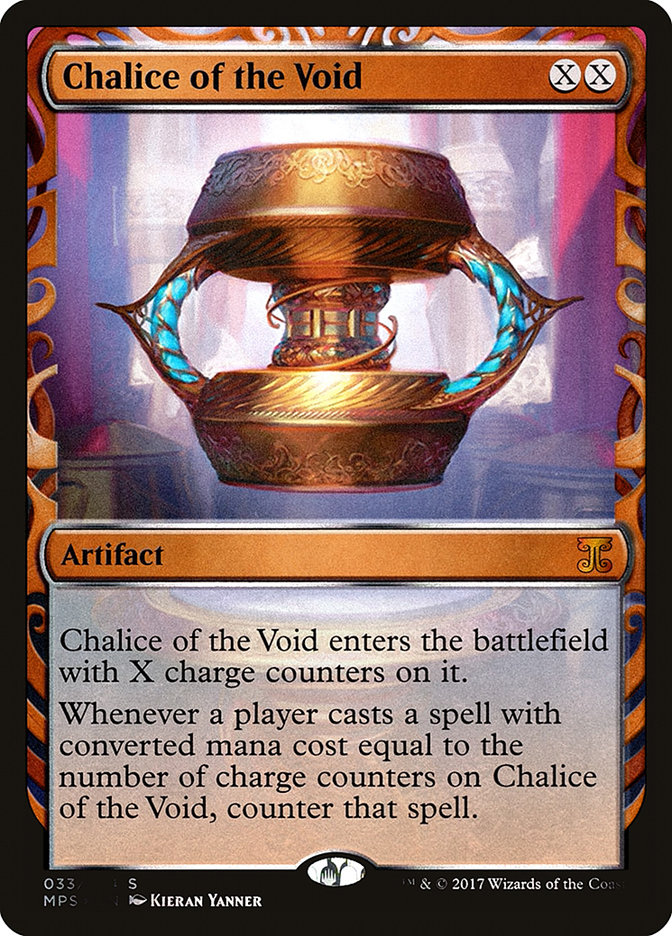

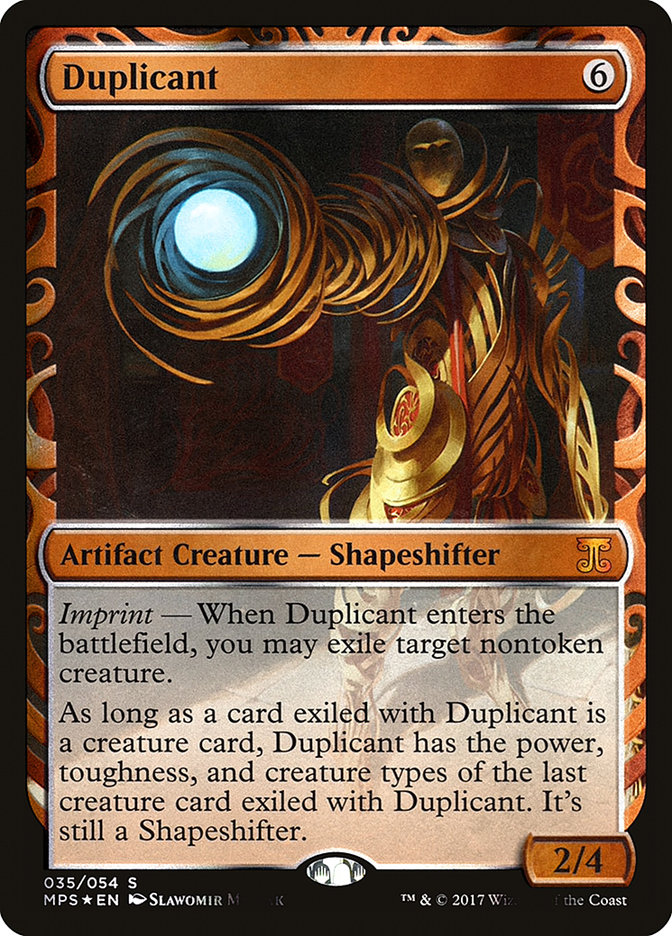
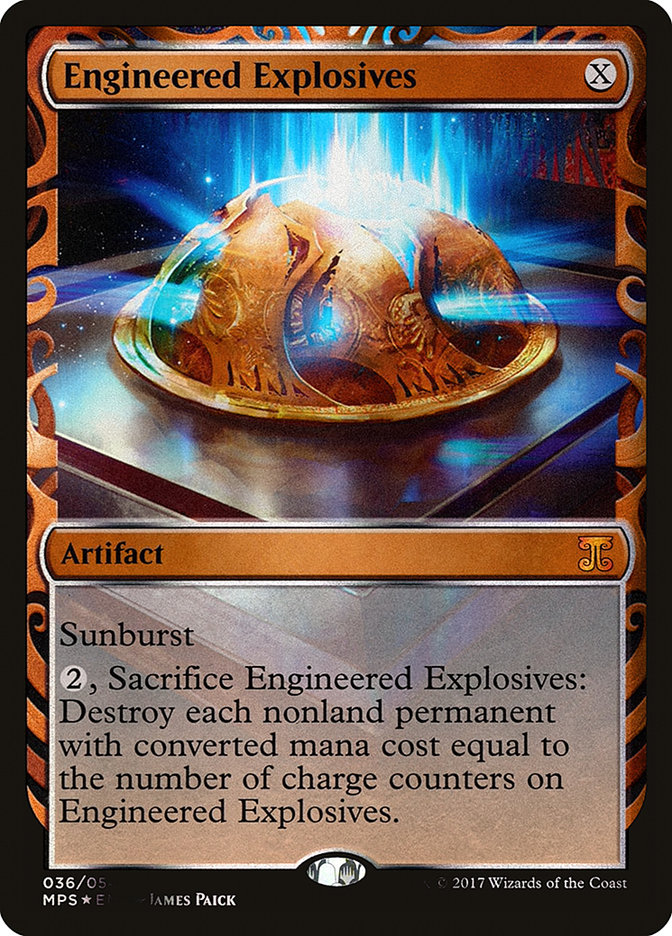
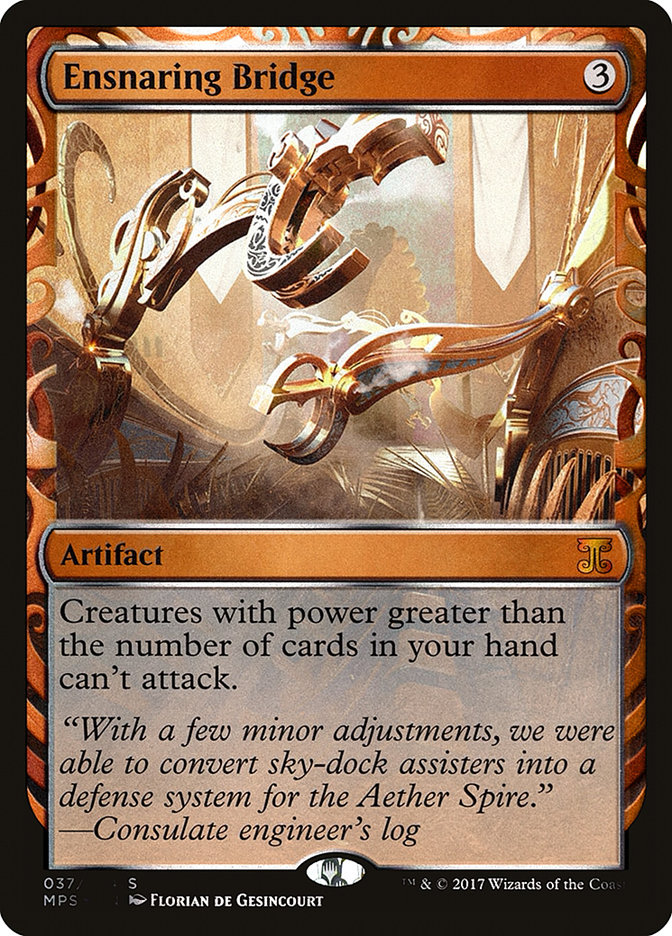
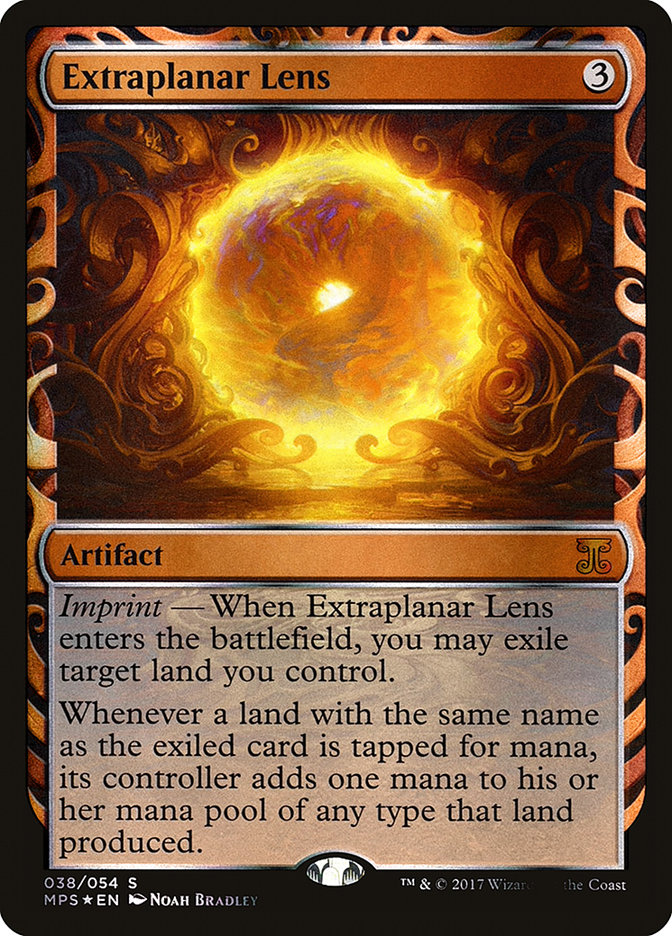
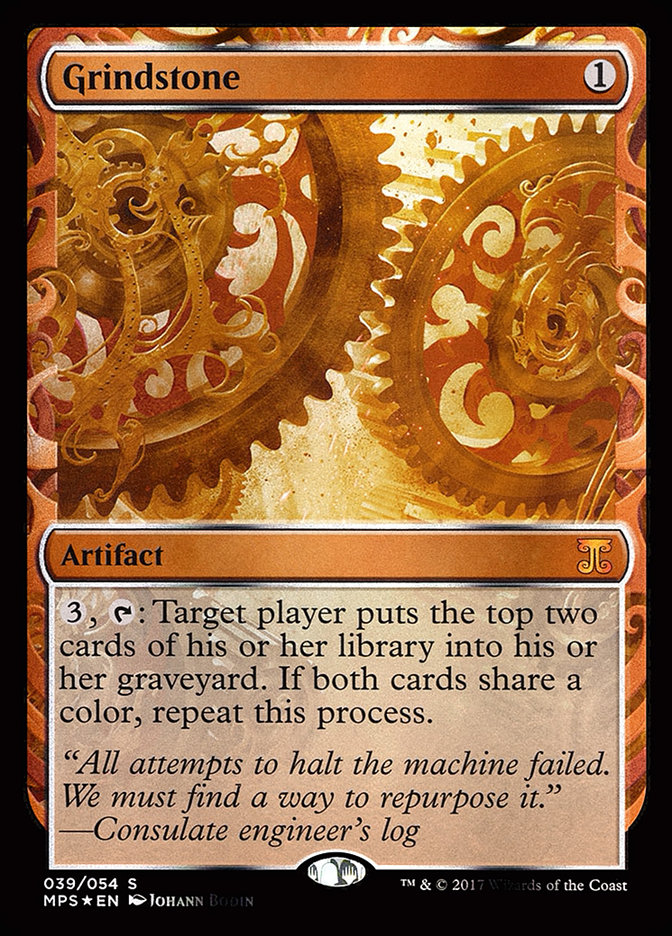
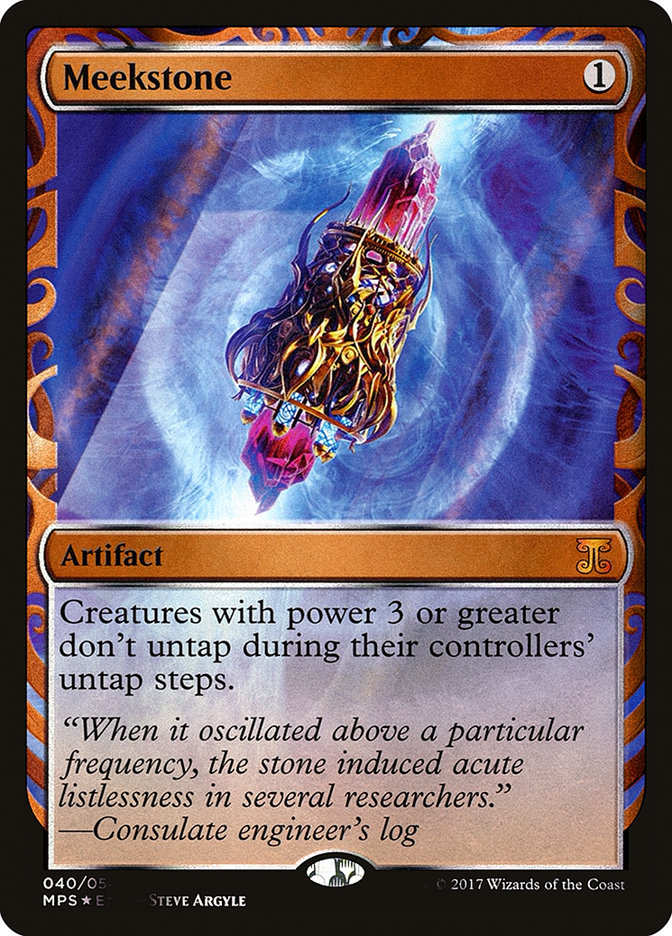
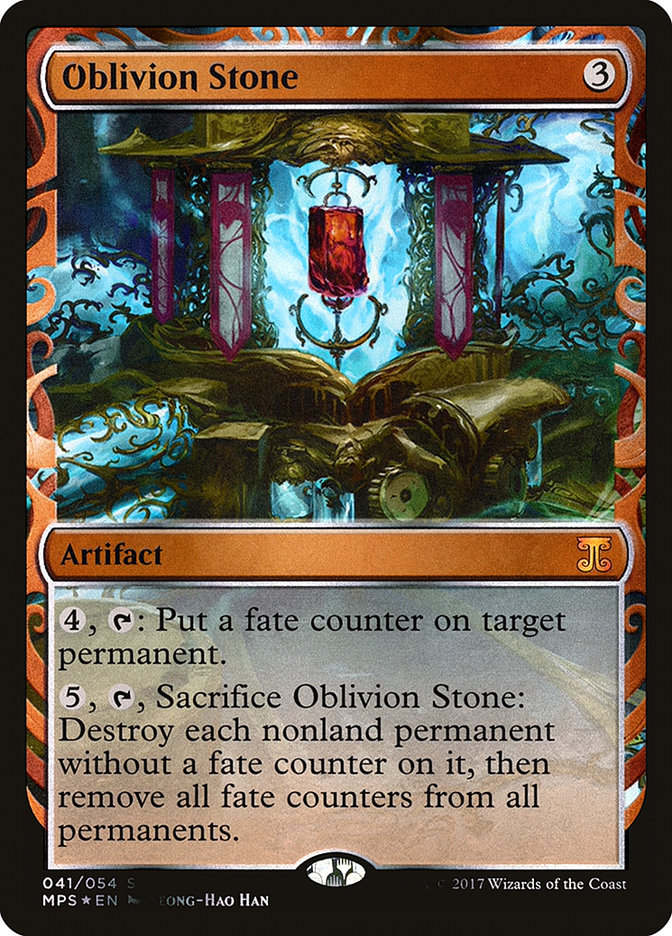
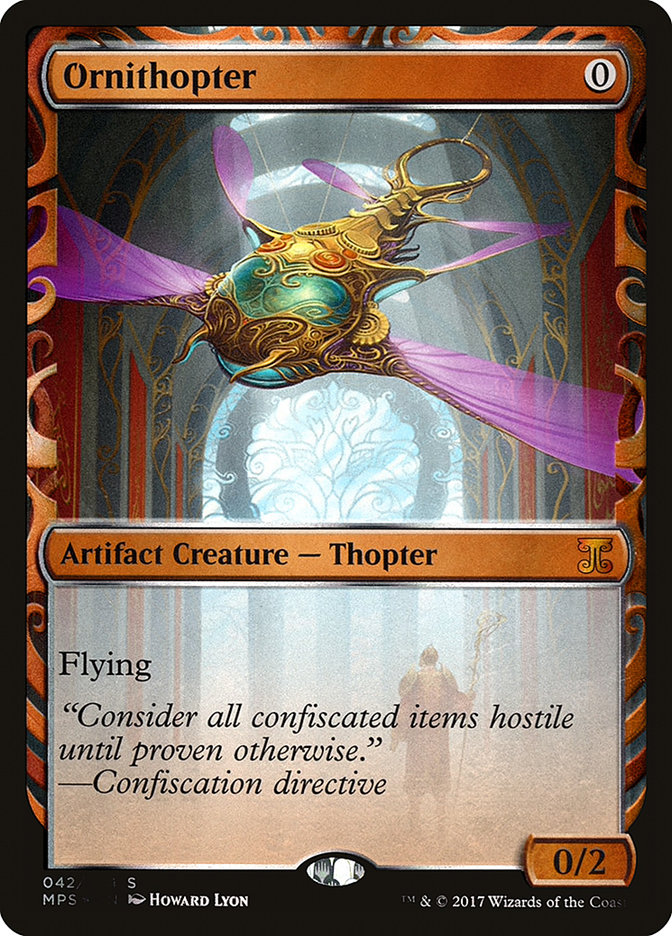
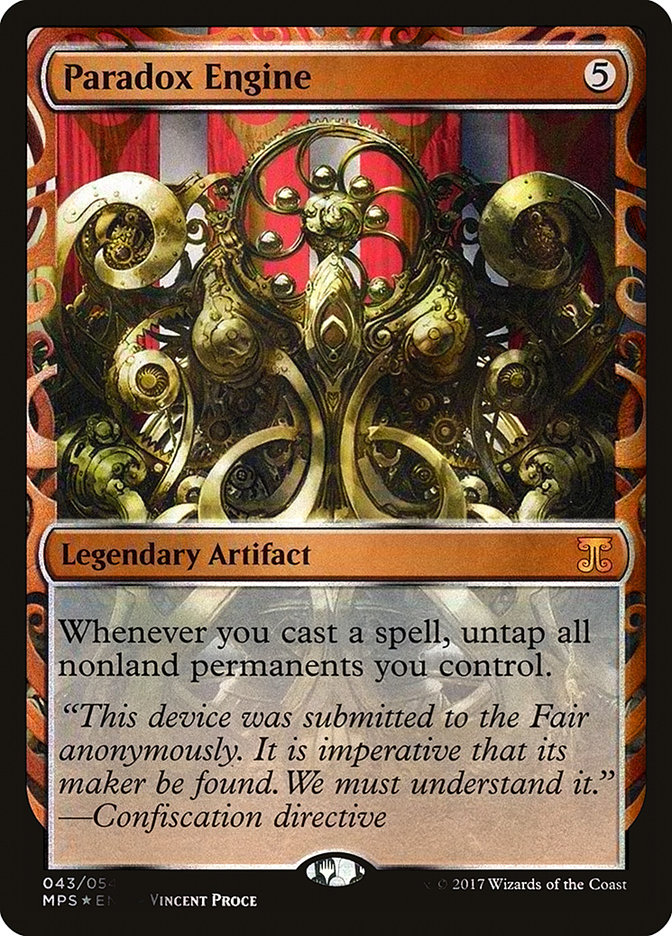

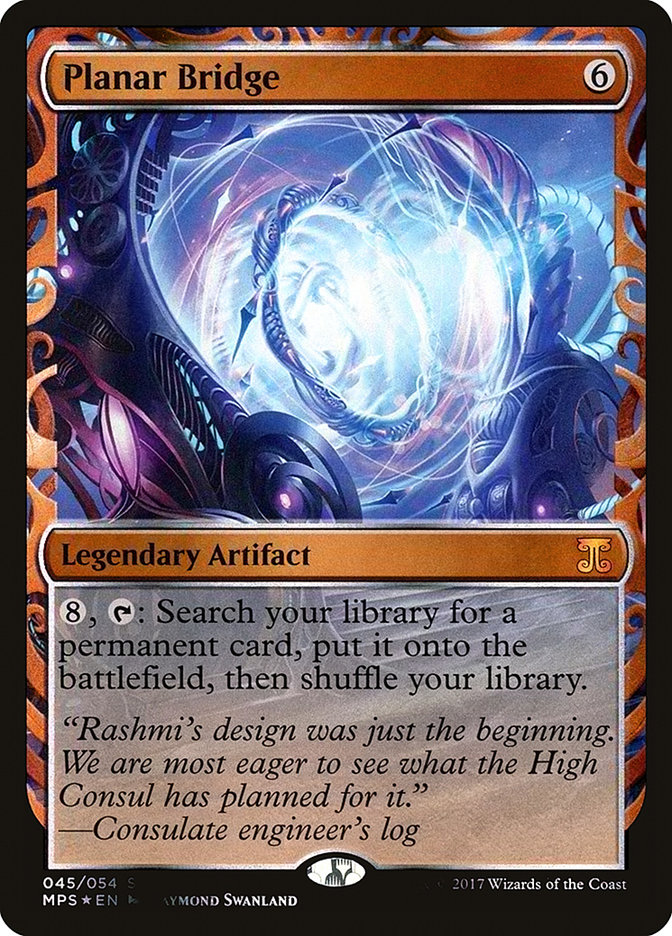
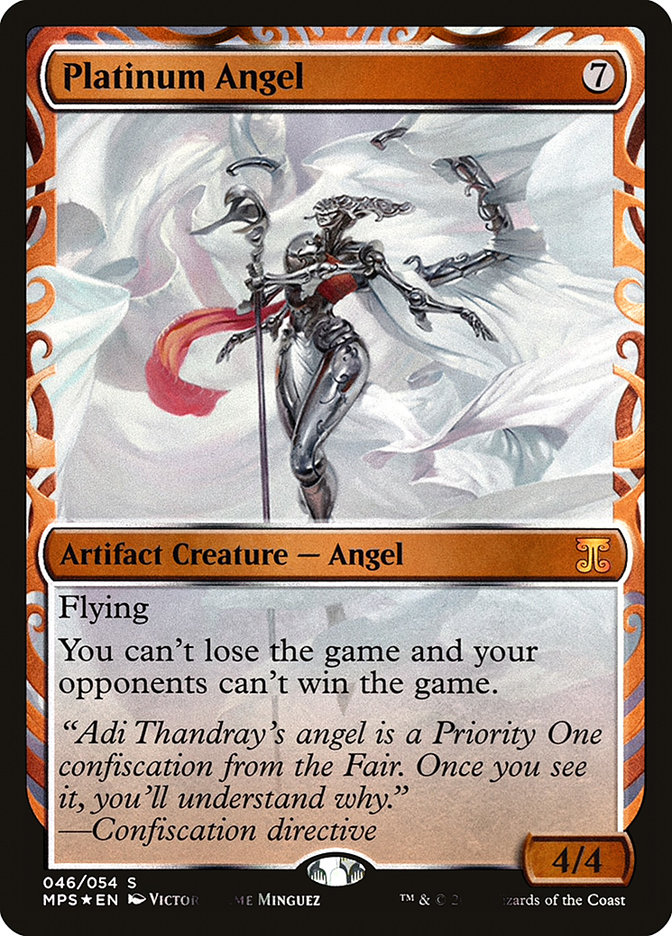
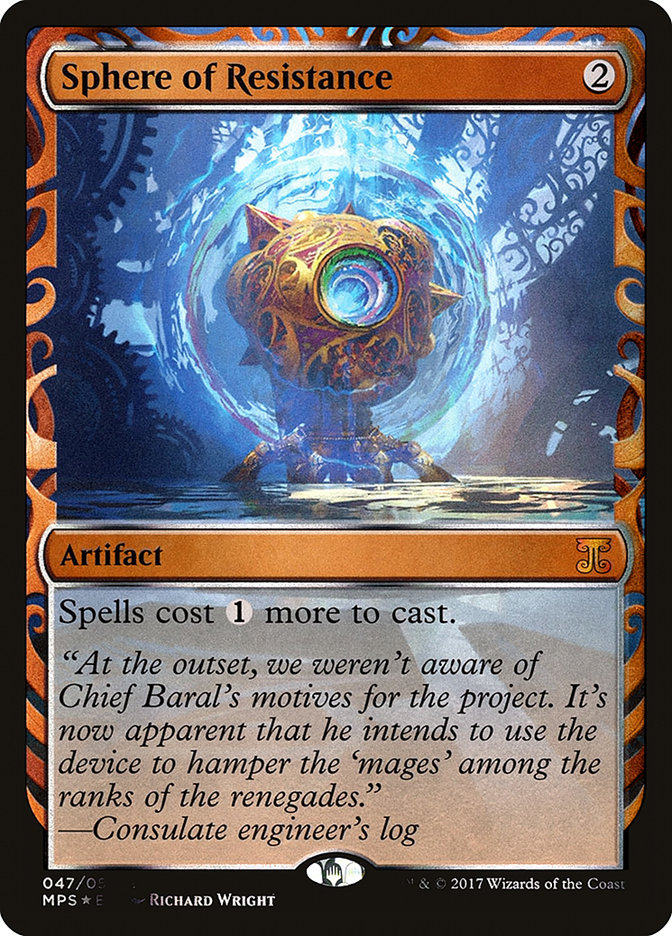
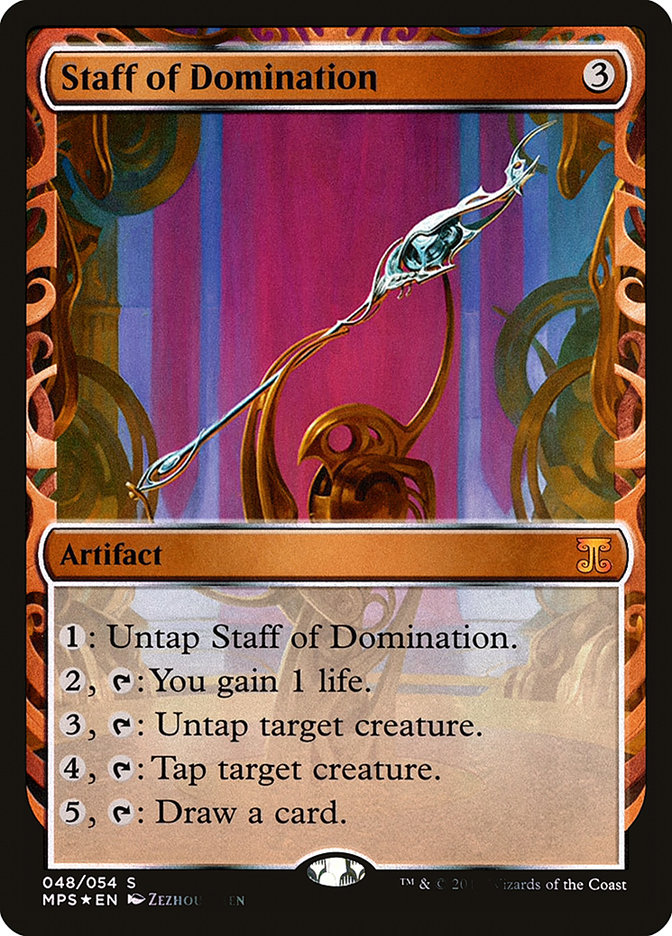
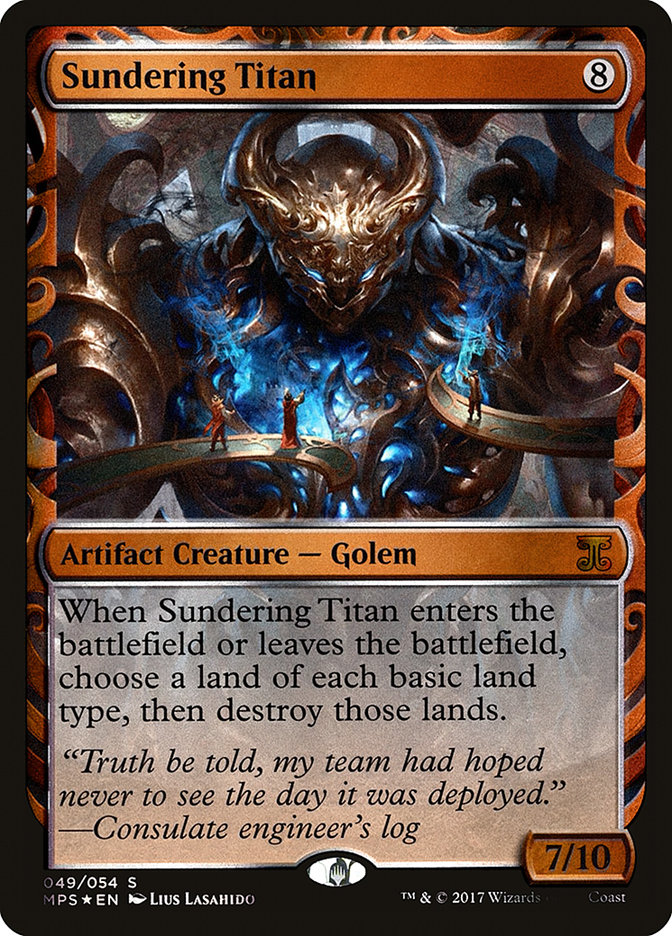
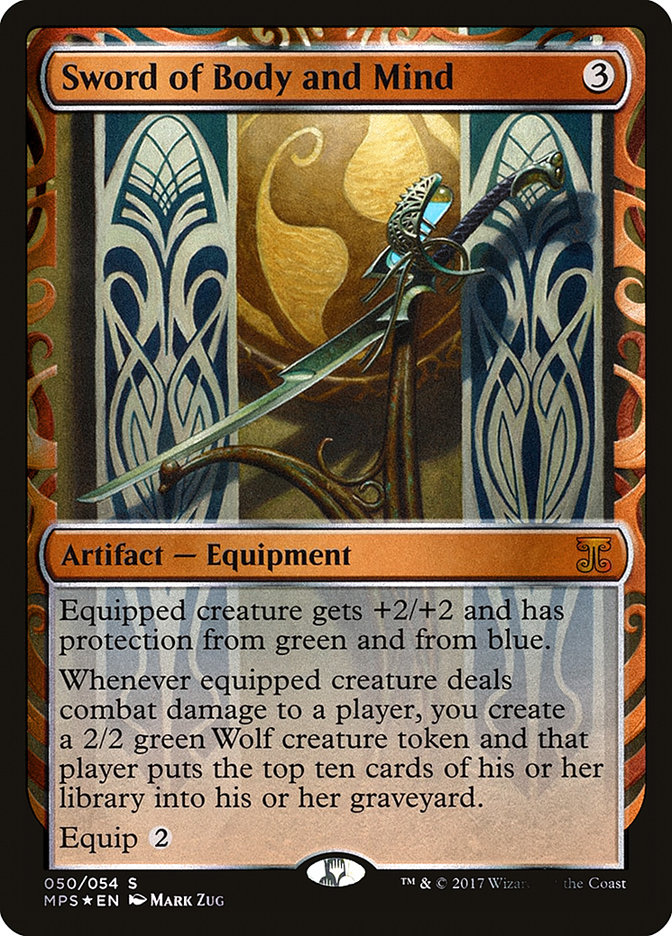
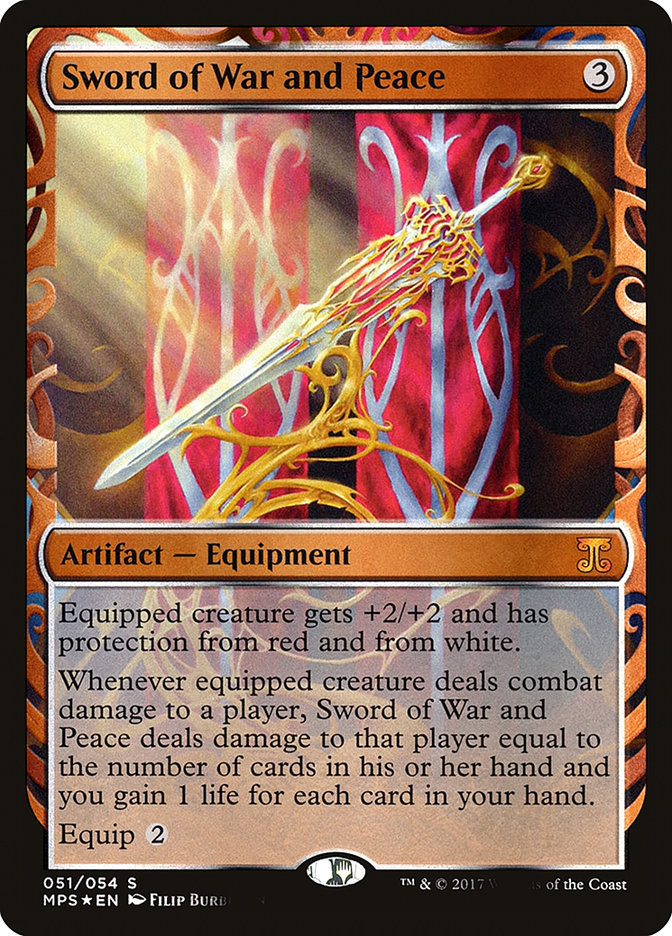

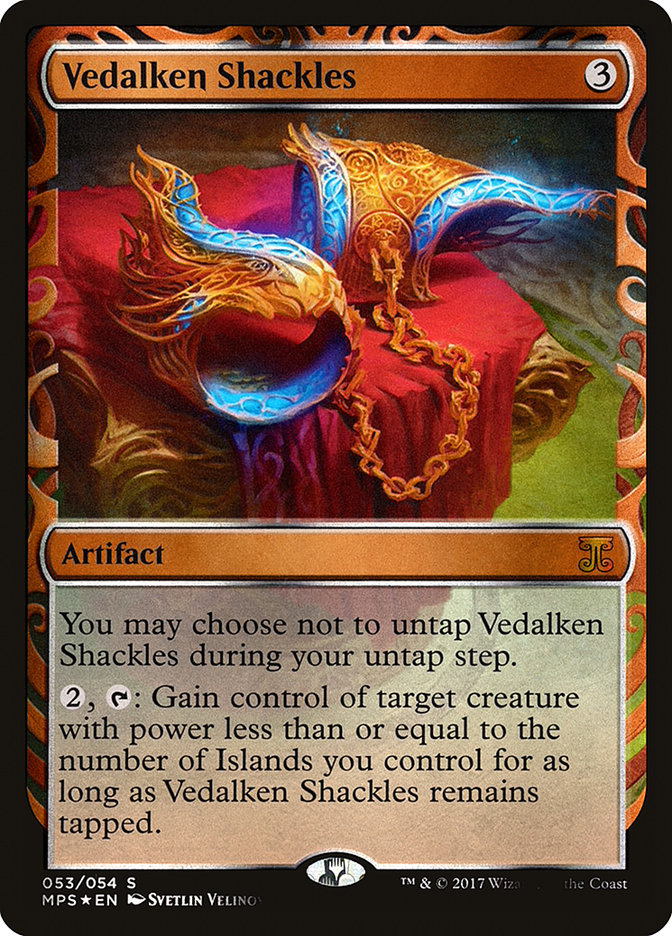
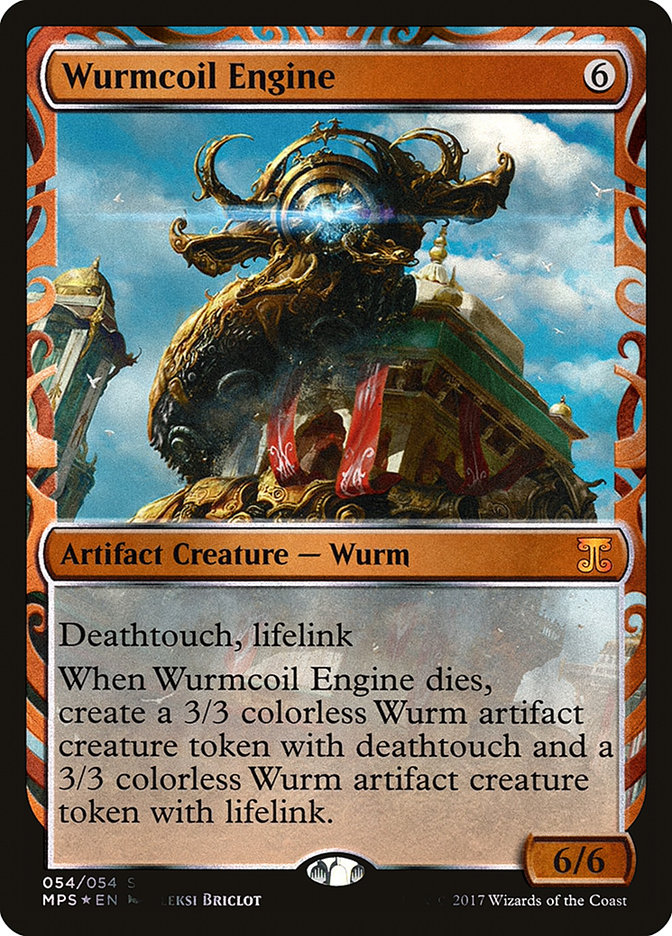





Add Comment